11-13 April 2024
When Bonnie told Robert we were staying in Milan for eight days, he worried that we would not have enough to do. Not a problem. There was a lot to see!
Design Week
Milan’s Design Week was opening just as we left town. In fact, we rearranged our schedule to avoid arriving in the midst of this event because the annual trade show draws nearly 400,000 people. This means lodging is full at many times the normal cost. We saw trams already decorated with corporate advertising. The show began in 1961 as a furniture fair. It is now the largest of its kind in the world. We saw installations being set up in museum courtyards, public parks, and piazzas. Street banners, store displays, and special installations by home furnishing suppliers were all materializing in front of us.
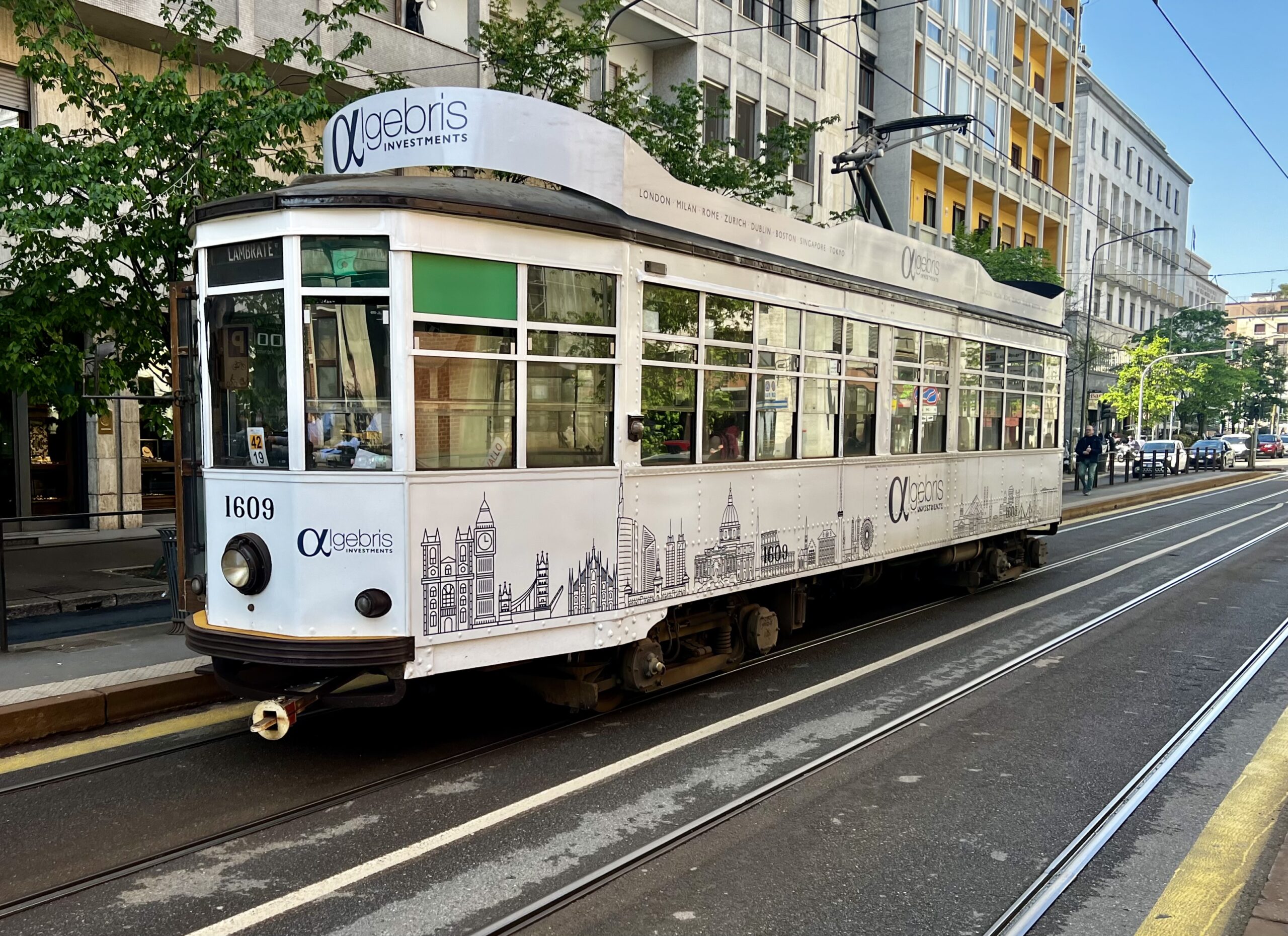
Brera Again for the First Time
Although we were in Brera a few days earlier for dinner with Jessica, we really had not seen the full extent of the area. After telling Bonnie’s brother Richard on the phone that we were disappointed that the area was packed with restaurants and bars but few design and clothing stores, he told us the stores had moved a few blocks north. We found them! A totally different experience. Wide sidewalks for strolling, interesting architecture, better restaurants, good people watching. A variety of restaurants AND shops.
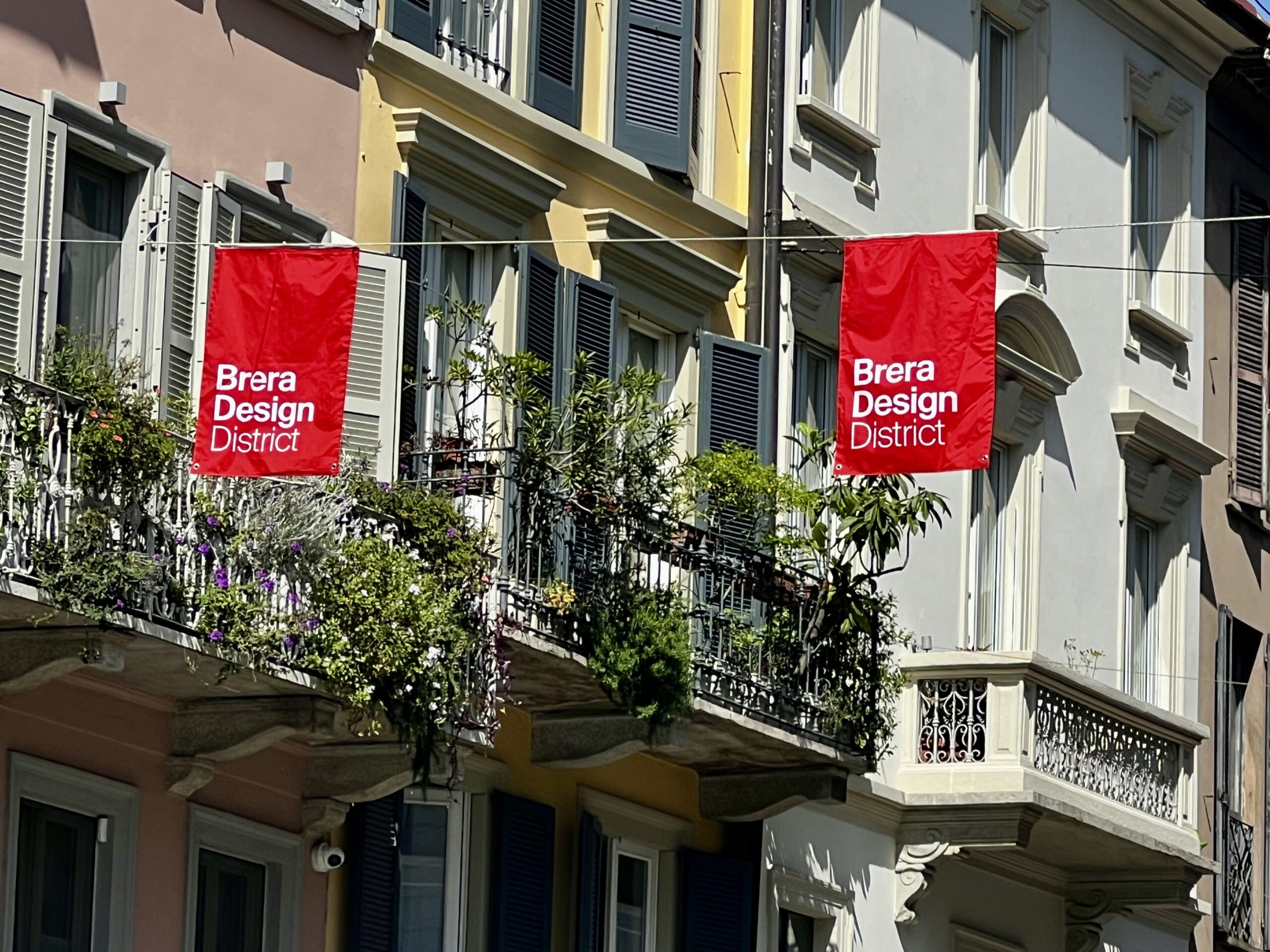
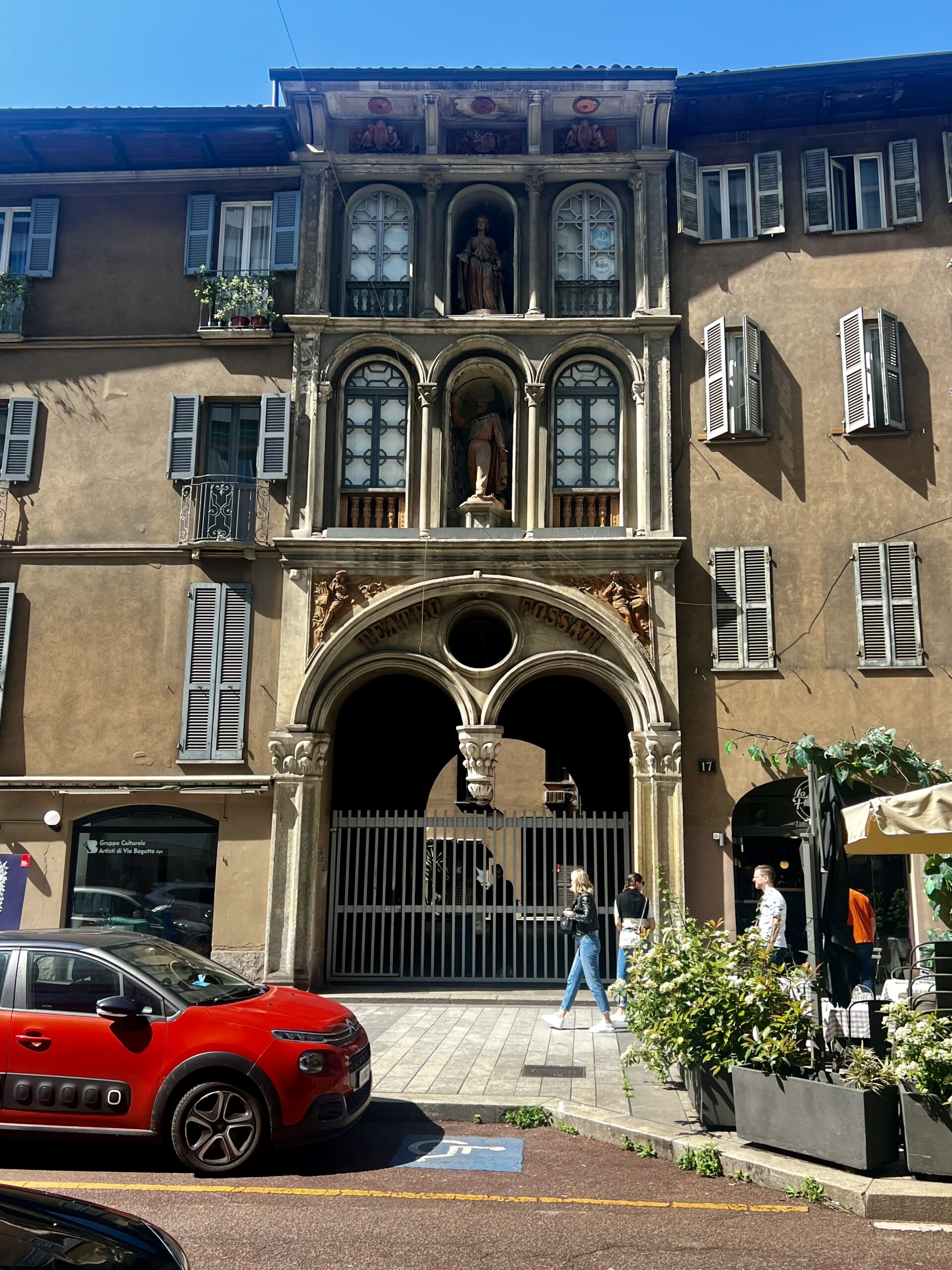
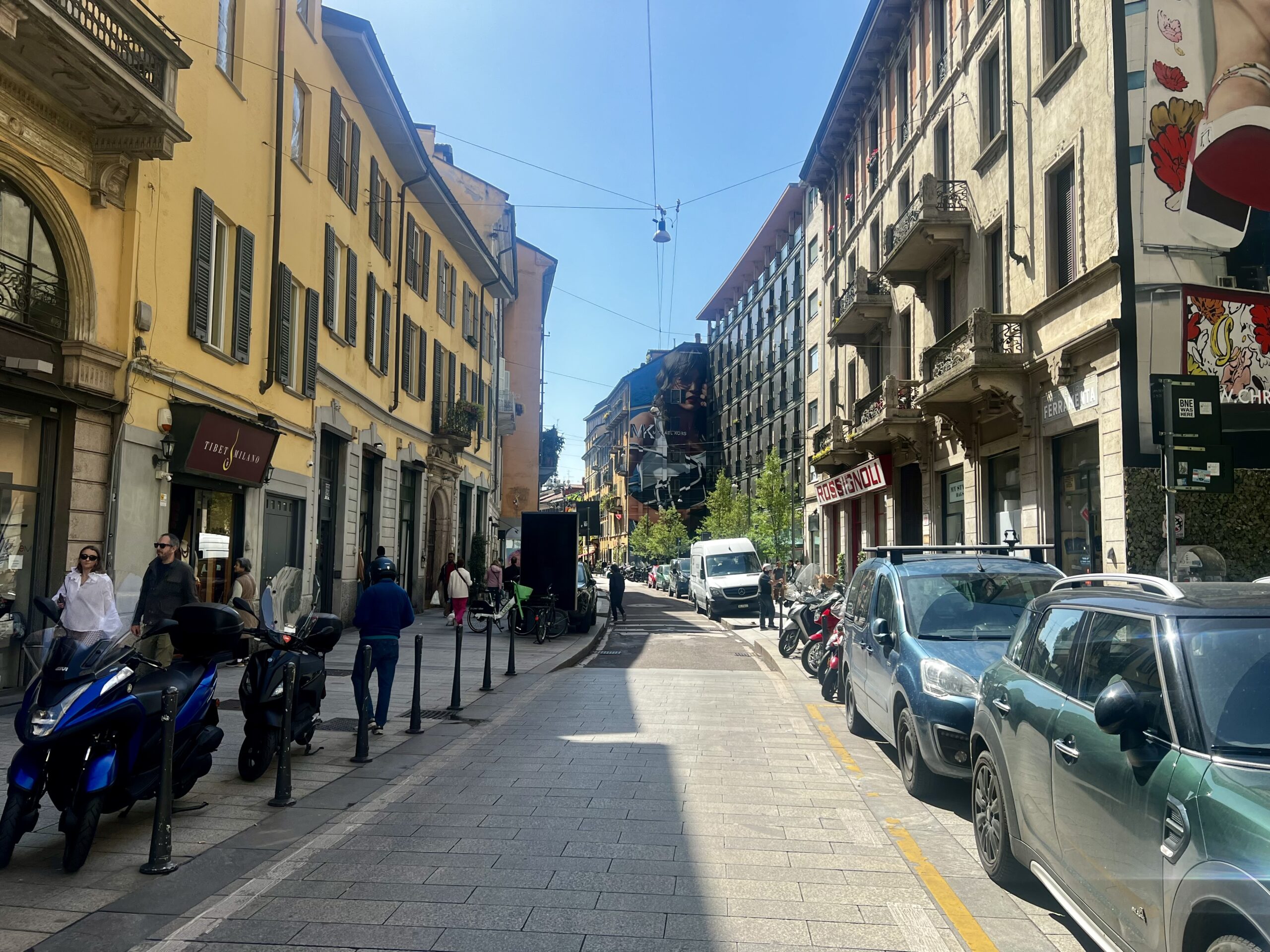
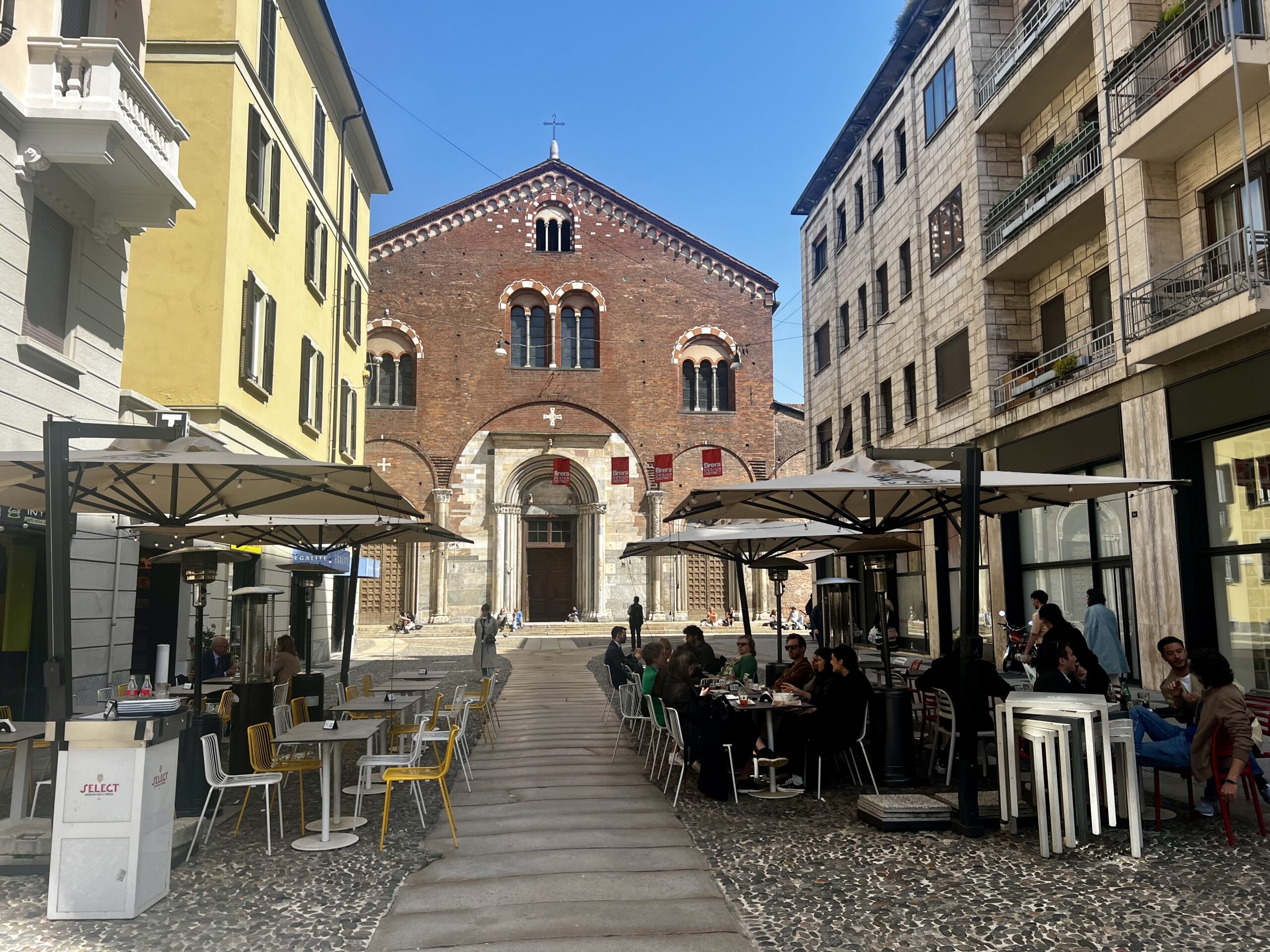
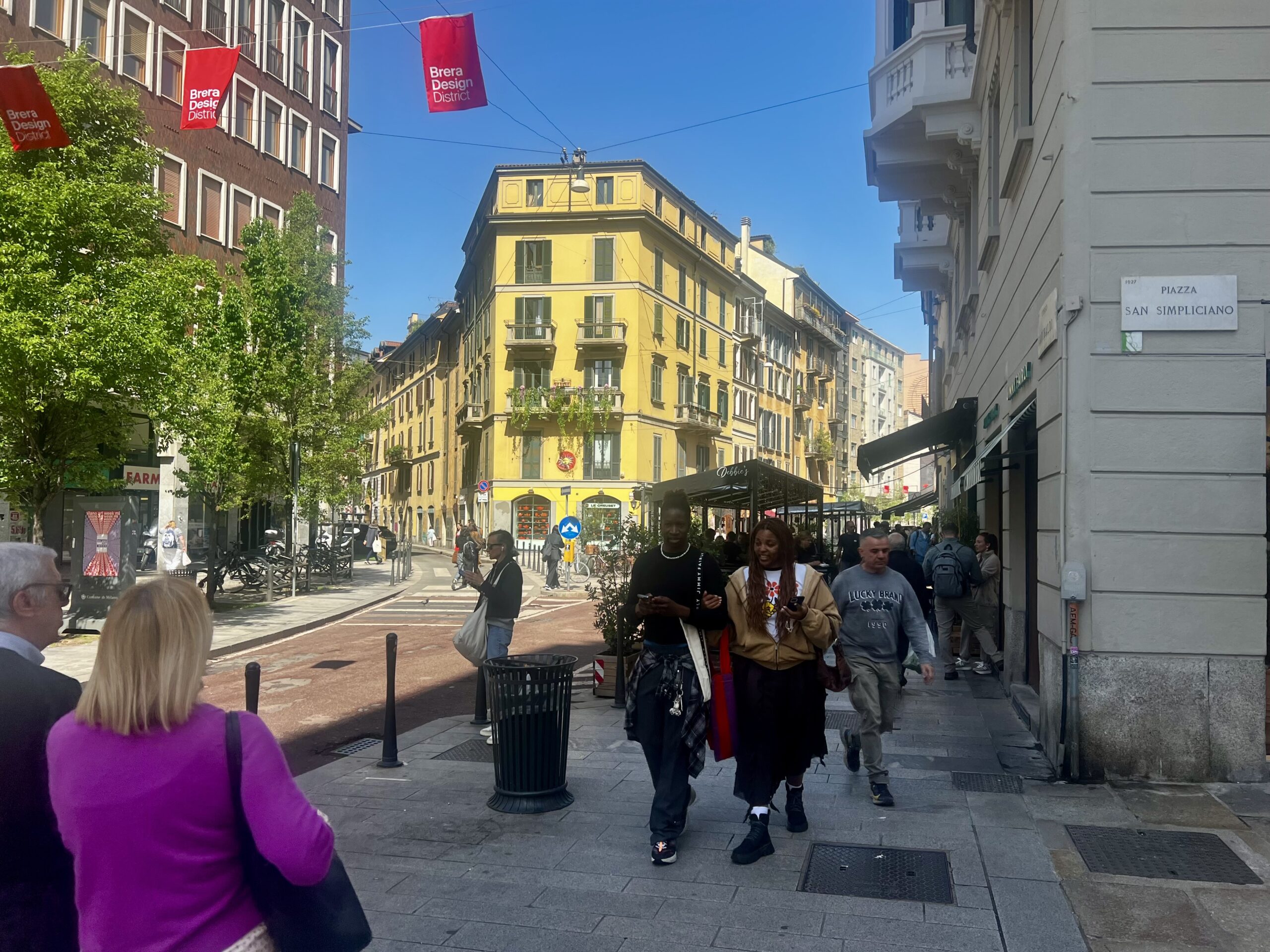
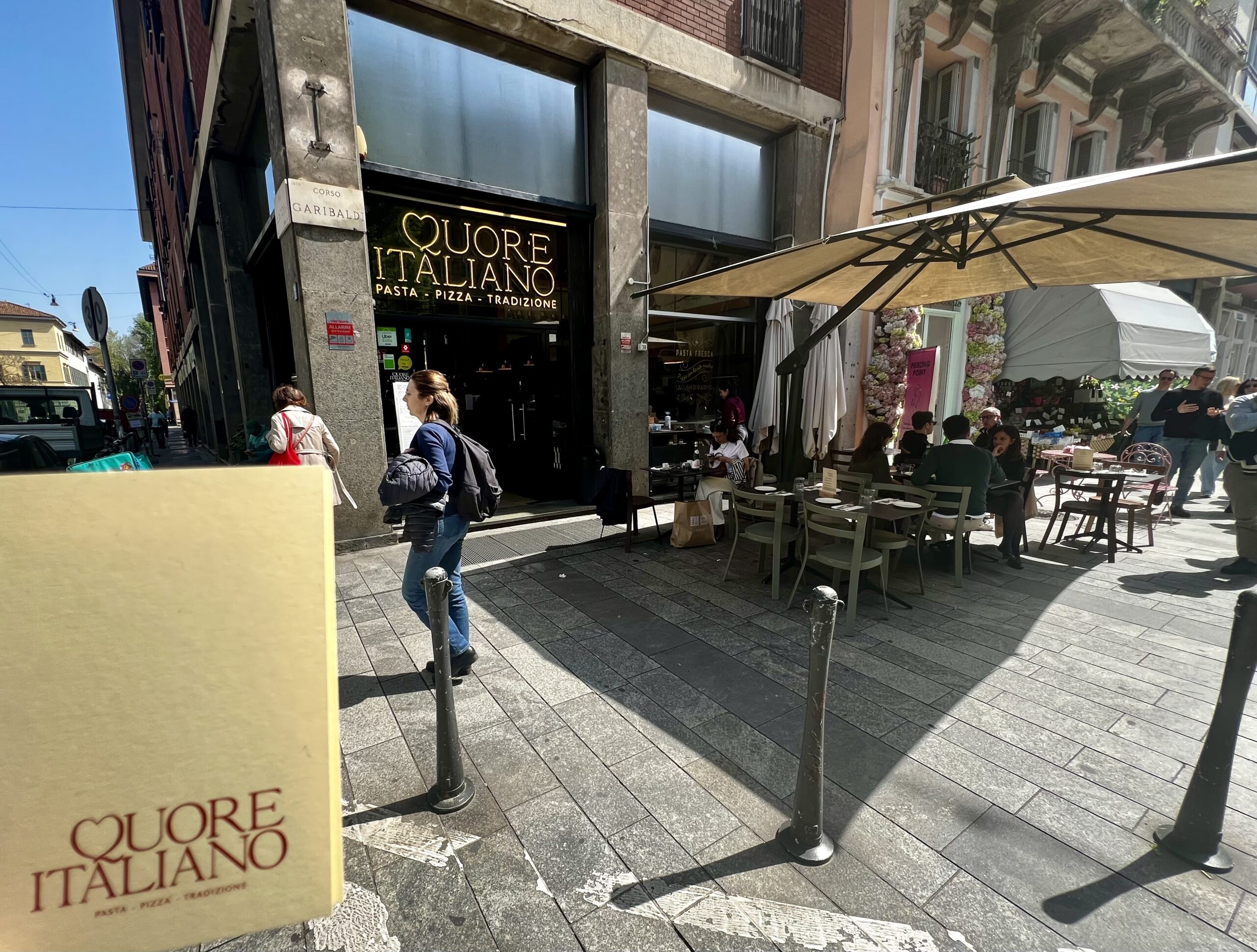
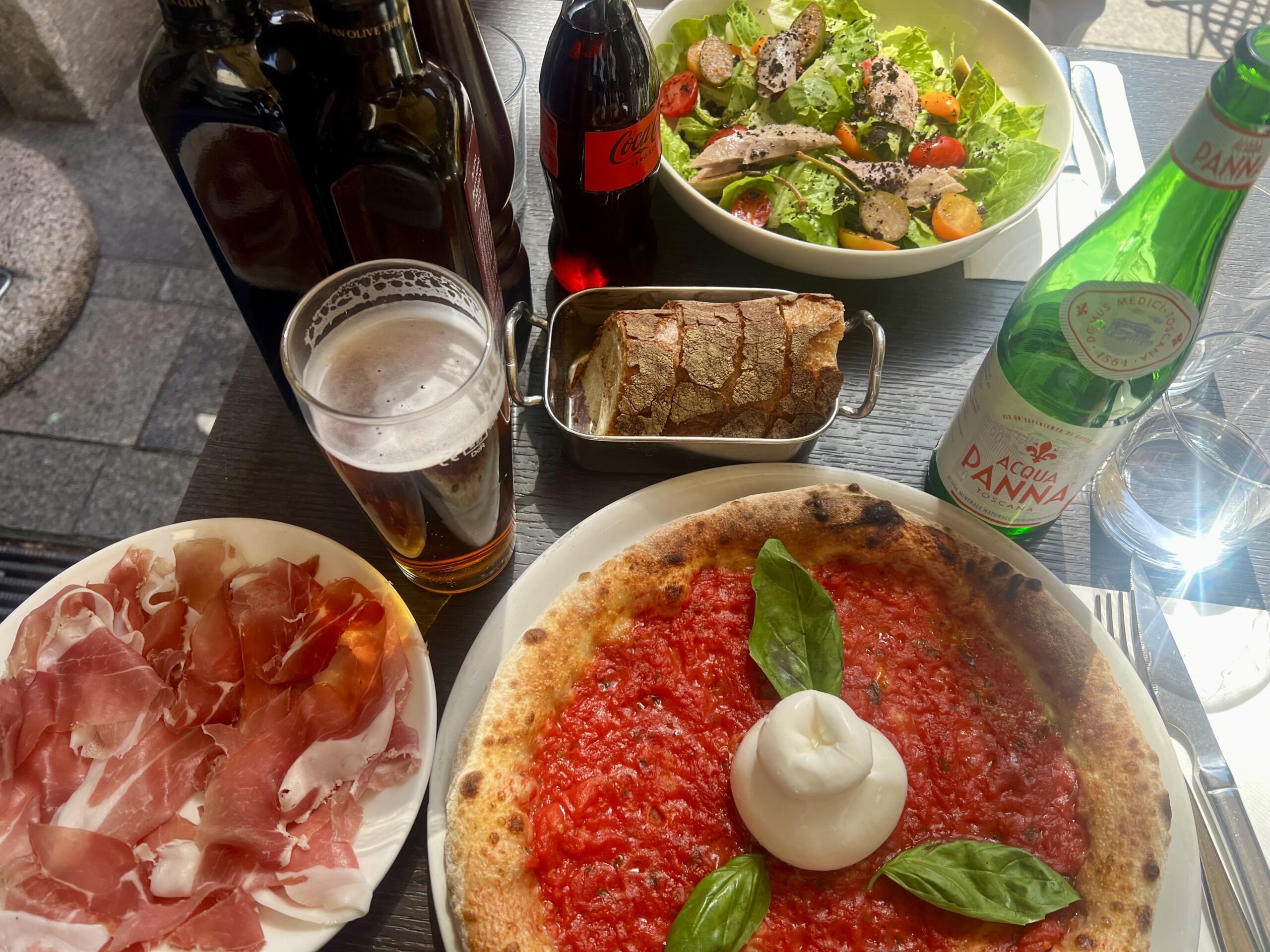
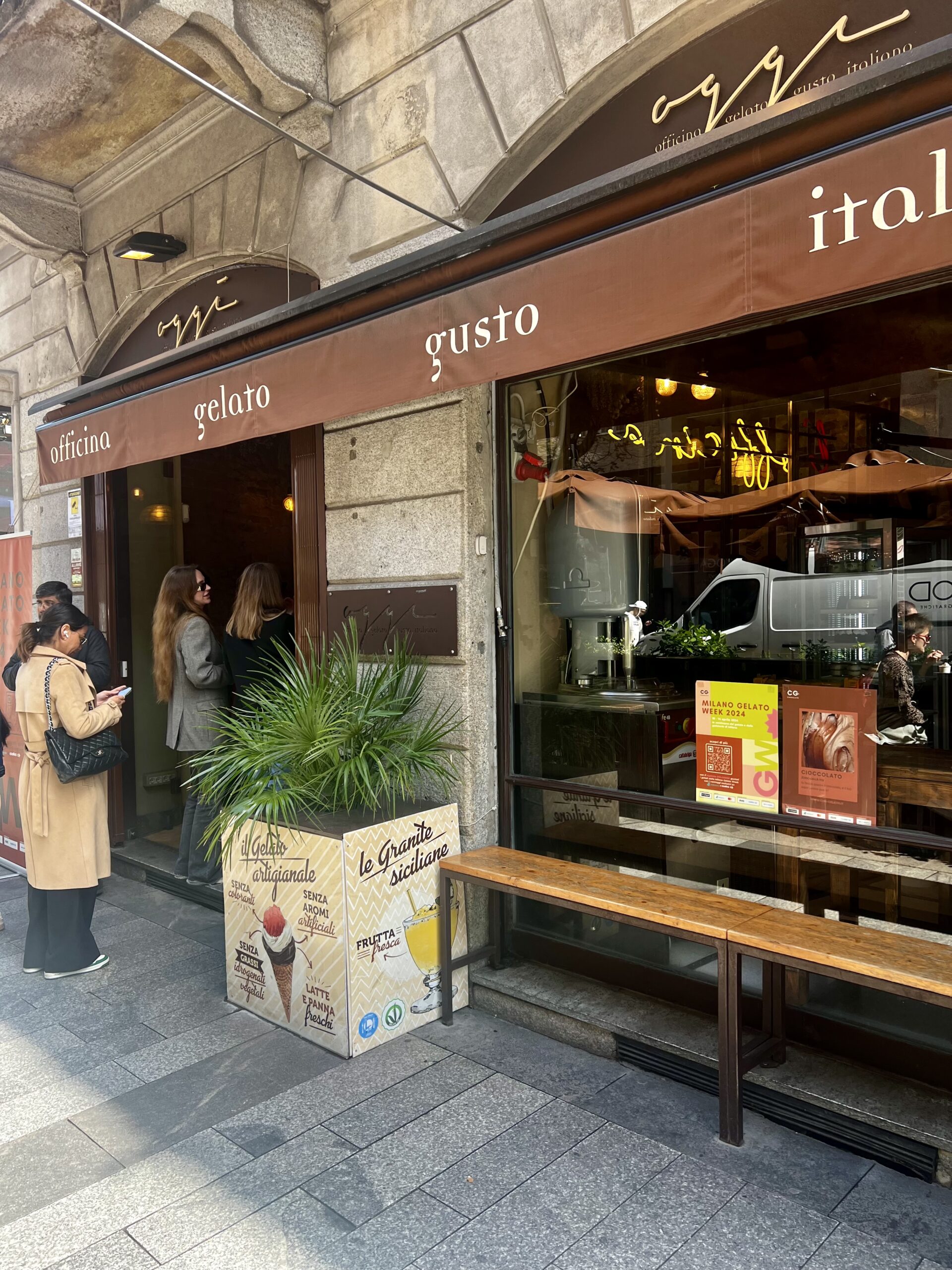
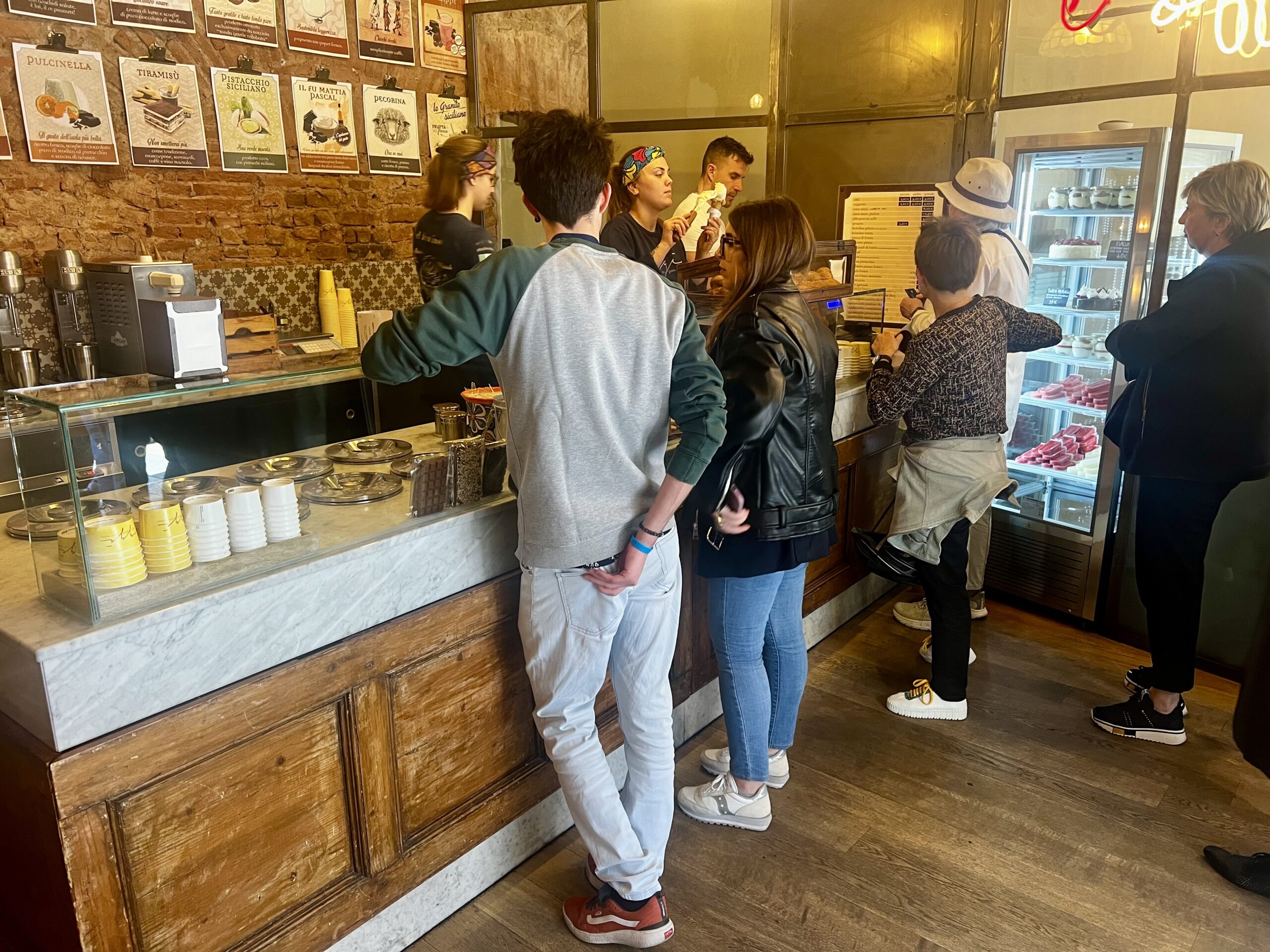
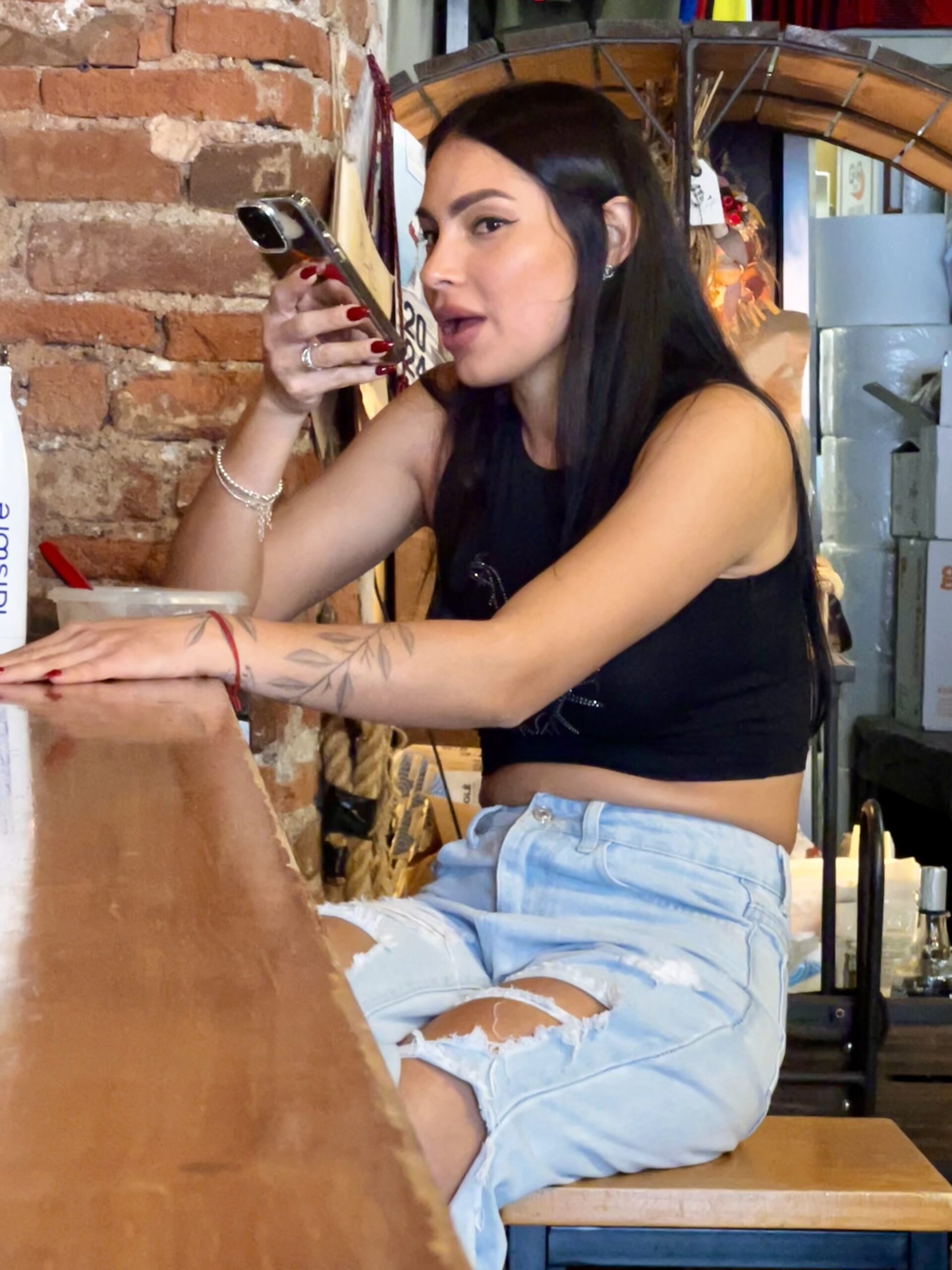
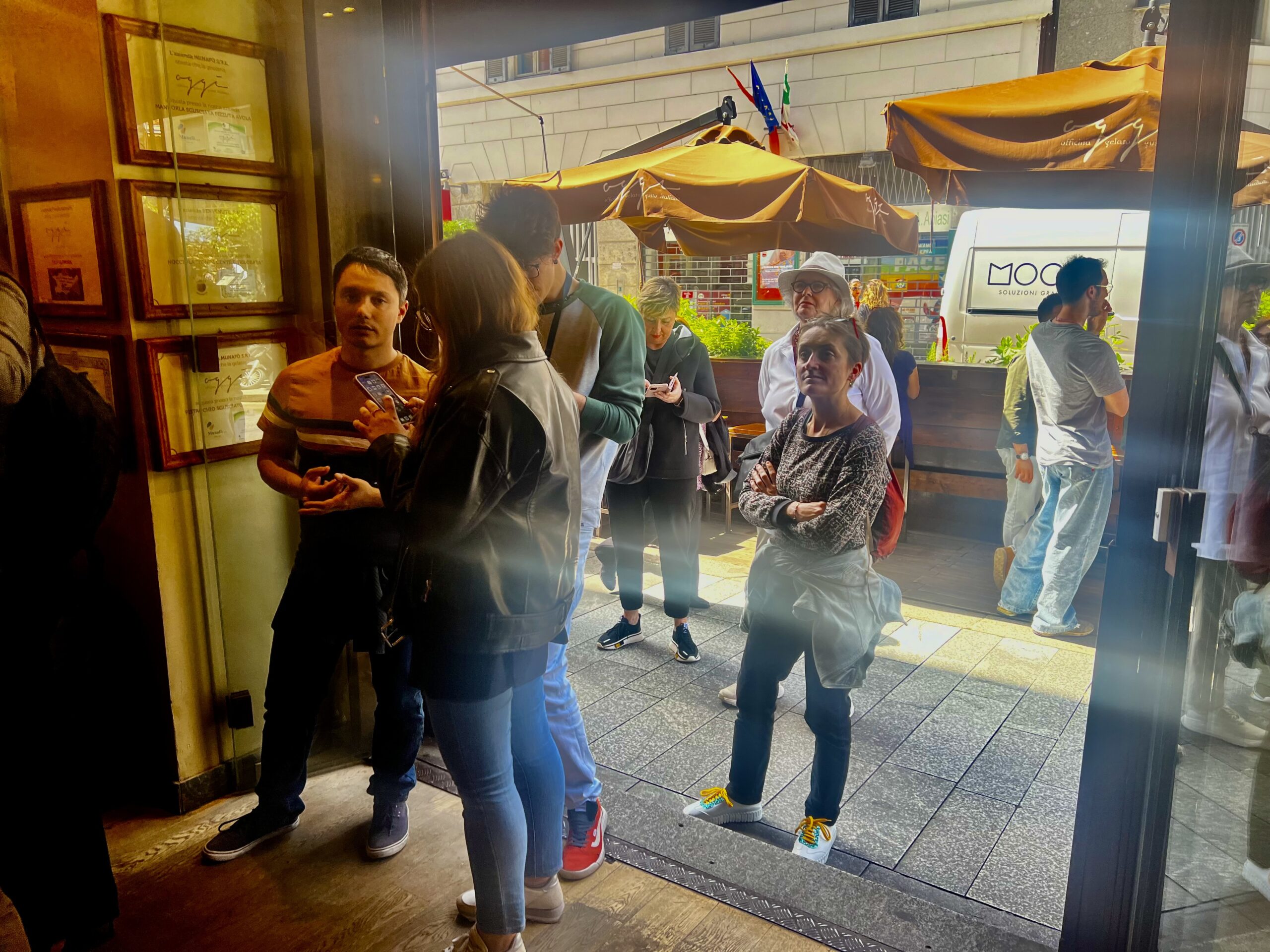
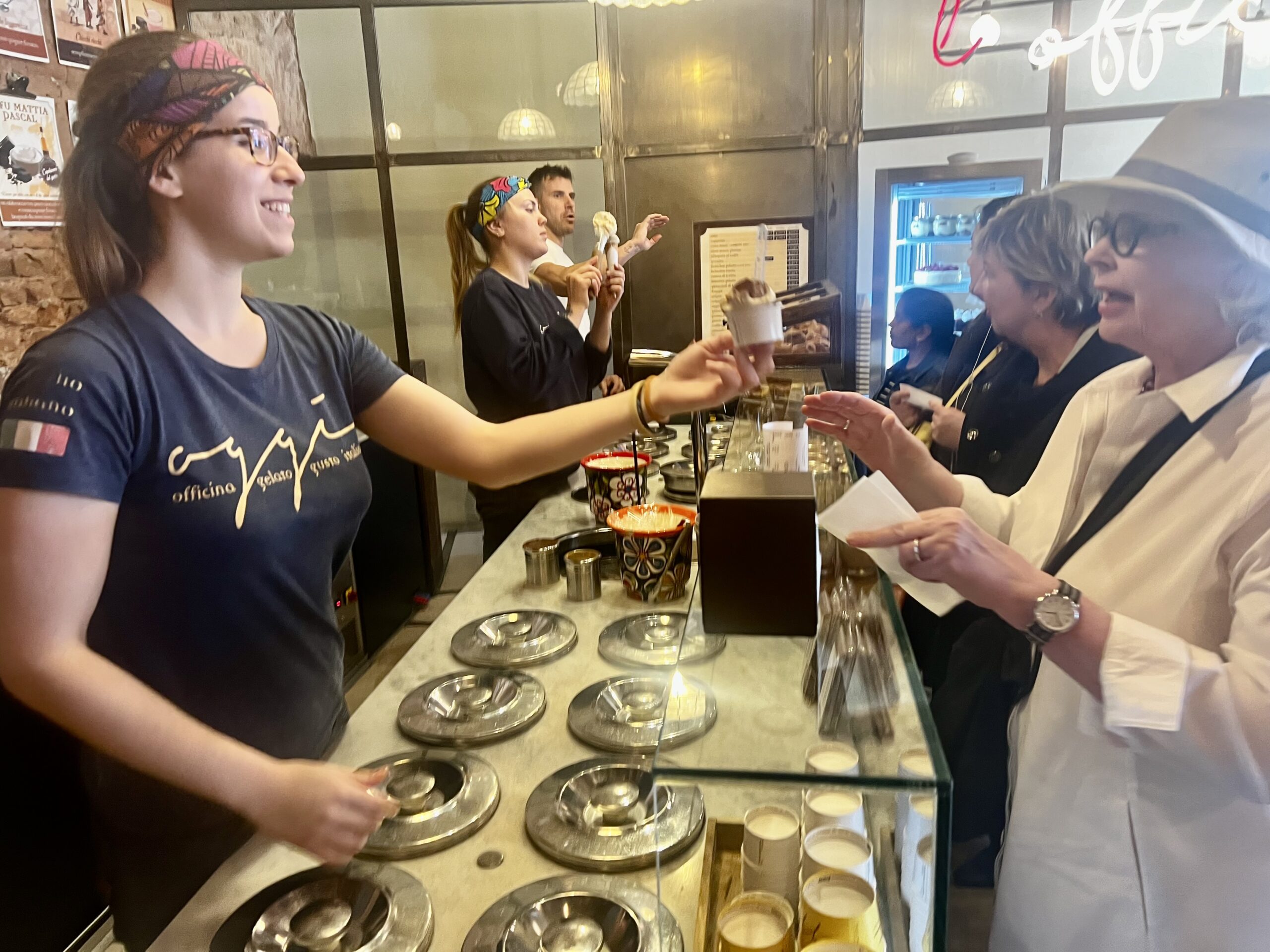
Style Notes
- Milan no longer remains the fashion capital Bonnie expected. Rumpled tourists like us prevail.
- The new section of the Brera district is ideal for observing stylish people and for interesting shopping. Bonnie headed for a store she knew and bought earrings.
- White sneakers on everyone. But cuter shoes on weekend evenings. Pastel suede loafers for men and women in many store windows.
- Grey and white hair are common on Italian women now. Usually beautifully cut and styled. Remember ages ago when a cousin made an appointment for Bonnie to get her hair colored?
- Tan trench coats for women are transitioning quickly from fashion pages to the street.
- Super short skirts on young women, with very tall boots or bare legs, startle us.
- Zara shopping bags are ubiquitous. We had a delightful conversation at a cafe with two elderly Swiss men about their big Zara bag. They explained that because the weather had turned warm they needed something different to wear to La Scala.
- Purses in every color and color combination fill store windows but not one colorful purse can be spotted on the street.
- Light tan is the color that rules for incoming summer clothes, as it has for several years.
- Grownup Italian men still wear navy blue—suits, blazers, jackets, pants, sweaters. But they are mostly giving up the traditional brown shoes, Robert hates, for black.
- Scarves have almost disappeared! Unexpected. Shocking. Disappointing. Just a few linger on older people or French men, who look great.
- Six high school girls were sitting on a curb eating lunch, wearing completely nondescript black clothes and white sneakers. But when they got up to leave Bonnie noticed they had especially nice black leather bags of different brands.
Pinacoteca di Brera
Established in 1776, this is Milan’s major public art gallery, containing the foremost collection of 13th to 20th century Italian paintings. The current collection resulted primarily from Napolean’s plunder of churches and other private holdings. The pieces are beautifully displayed, the captions are exceptionally useful, there are two giant glass chambers where you can see restoration work underway, and you emerge, not in a museum shop but in a charming cafe. Bonnie expected to emerge from the big museum exhausted, but the experience was actually delightful. As in most Italian museums, we picked our way through many school groups of young kids.
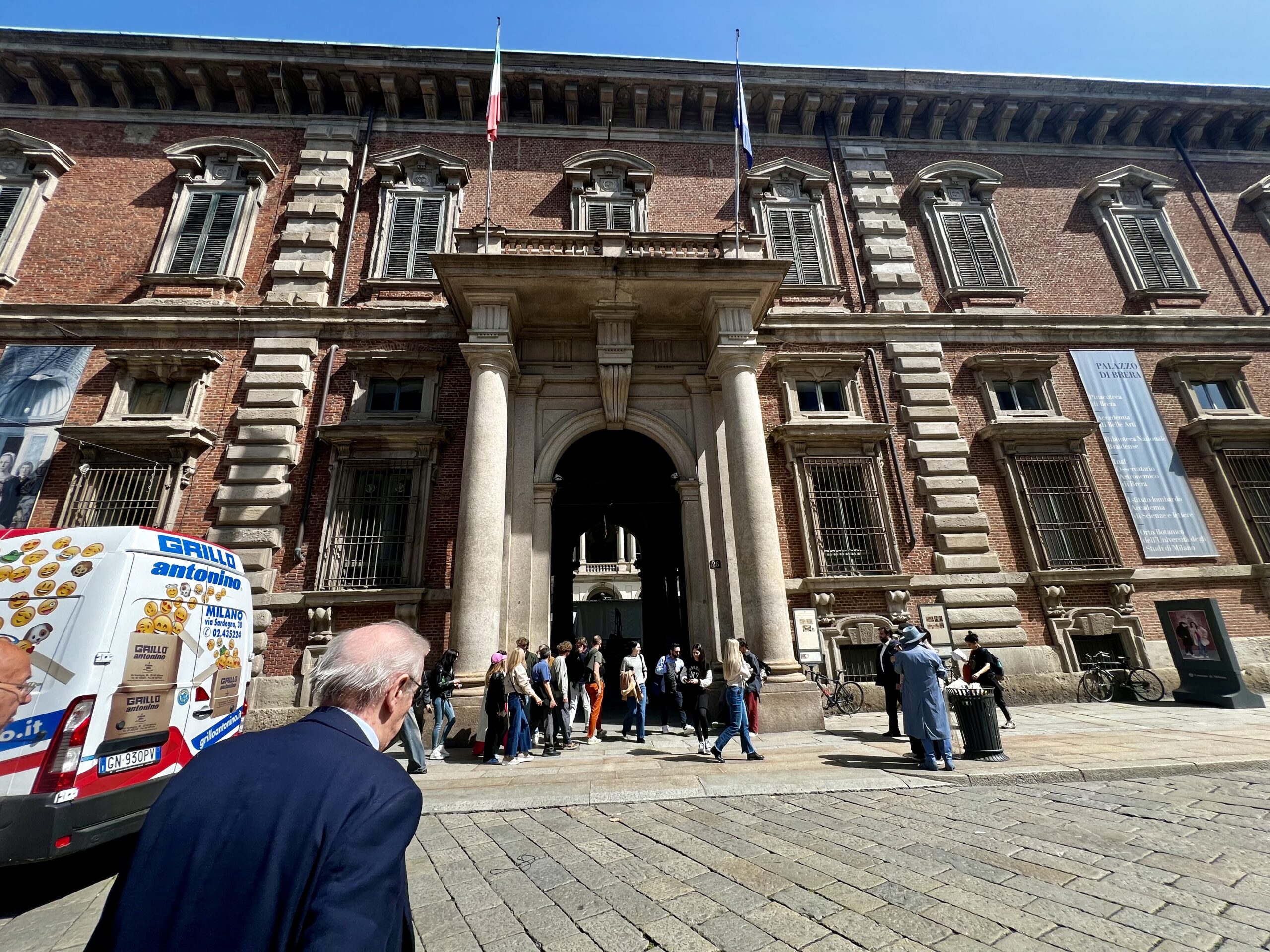
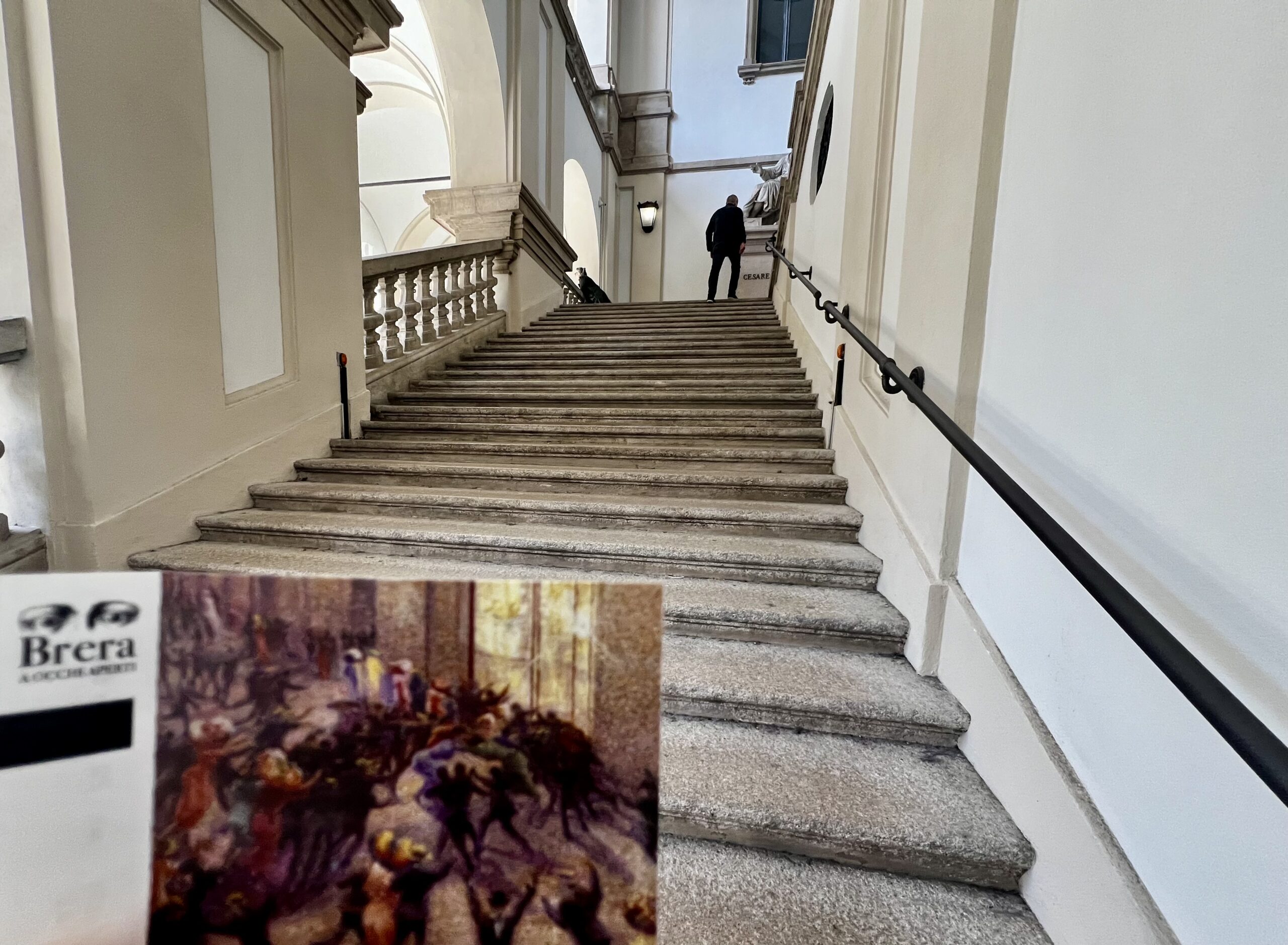
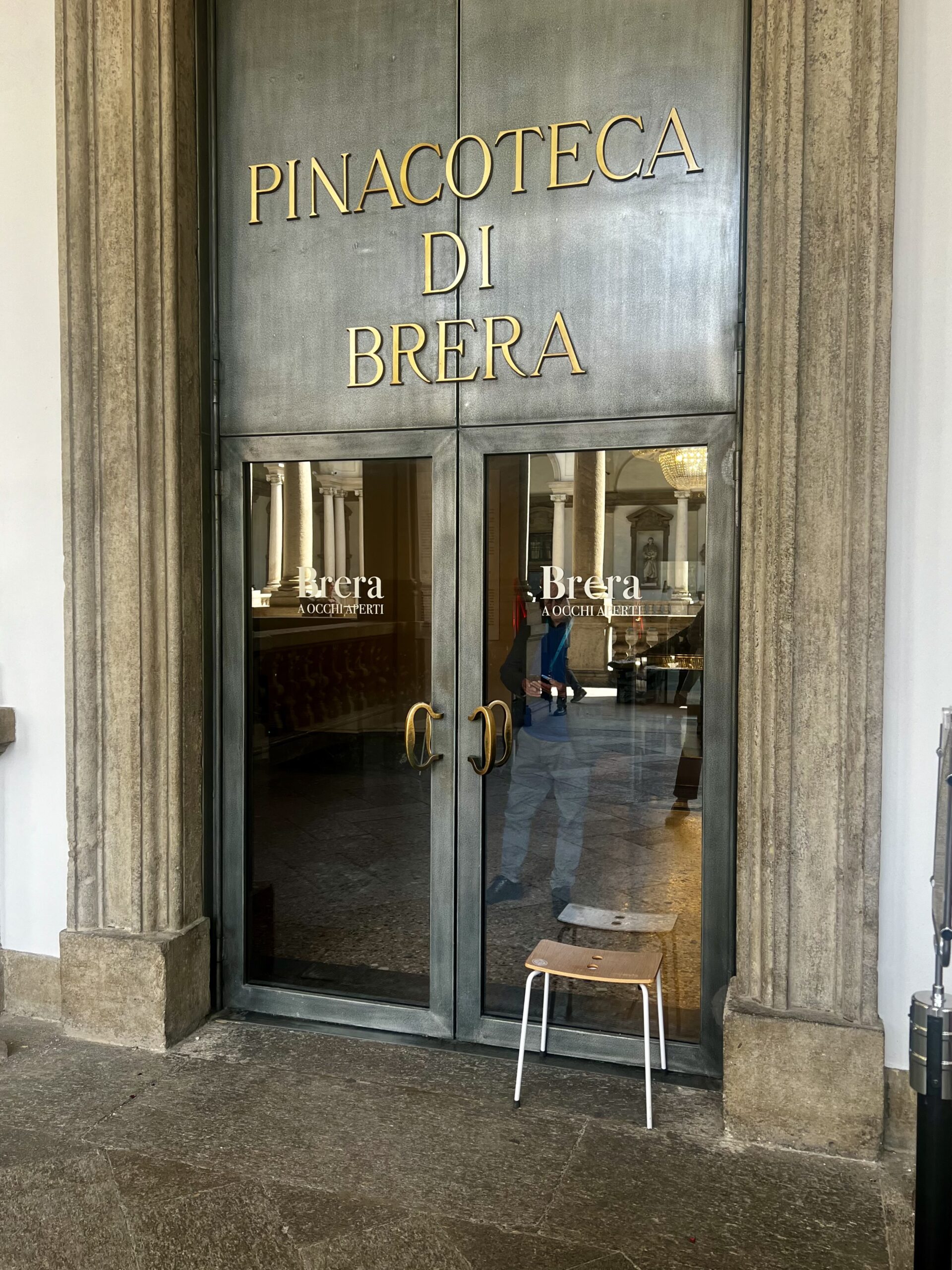
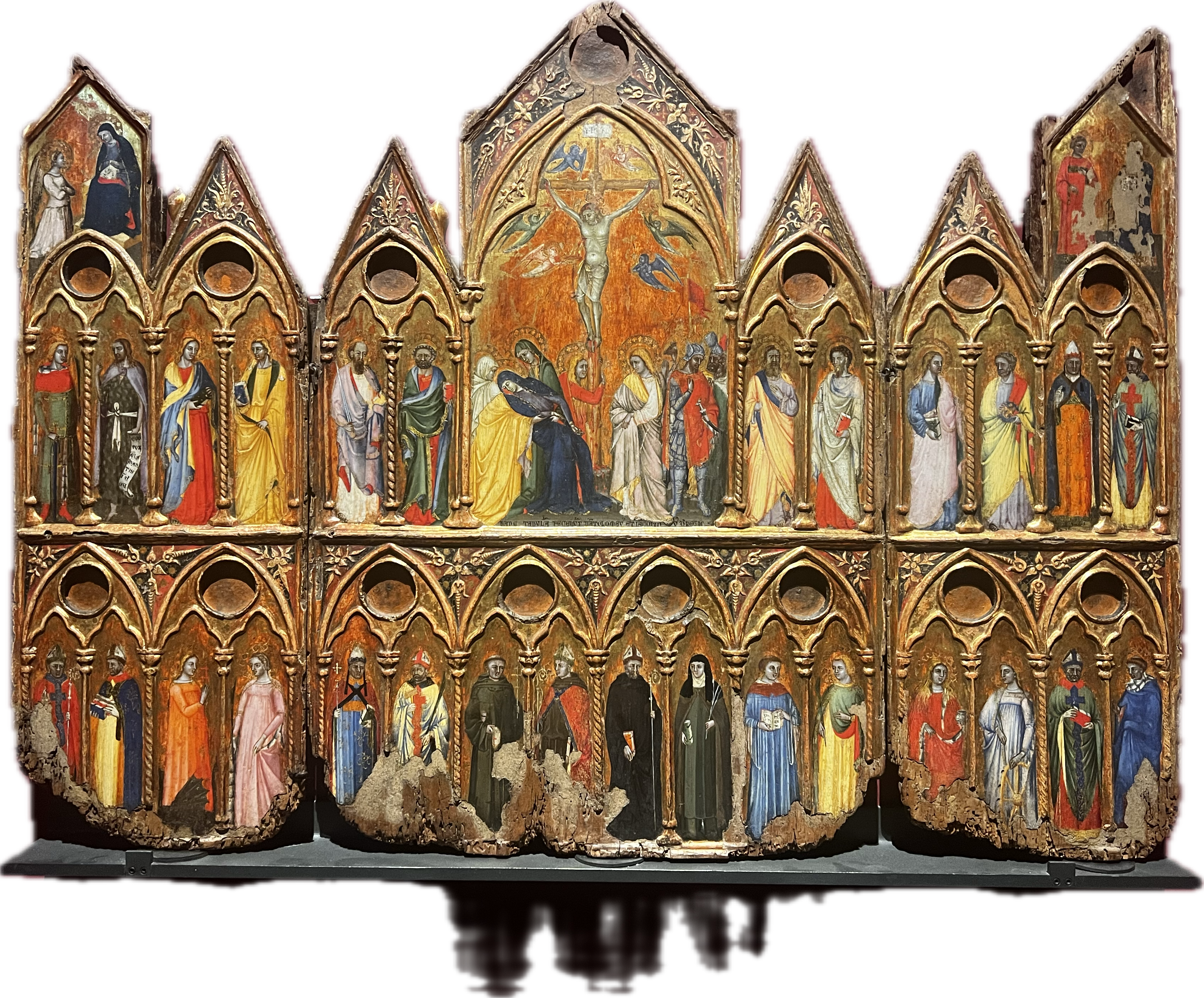
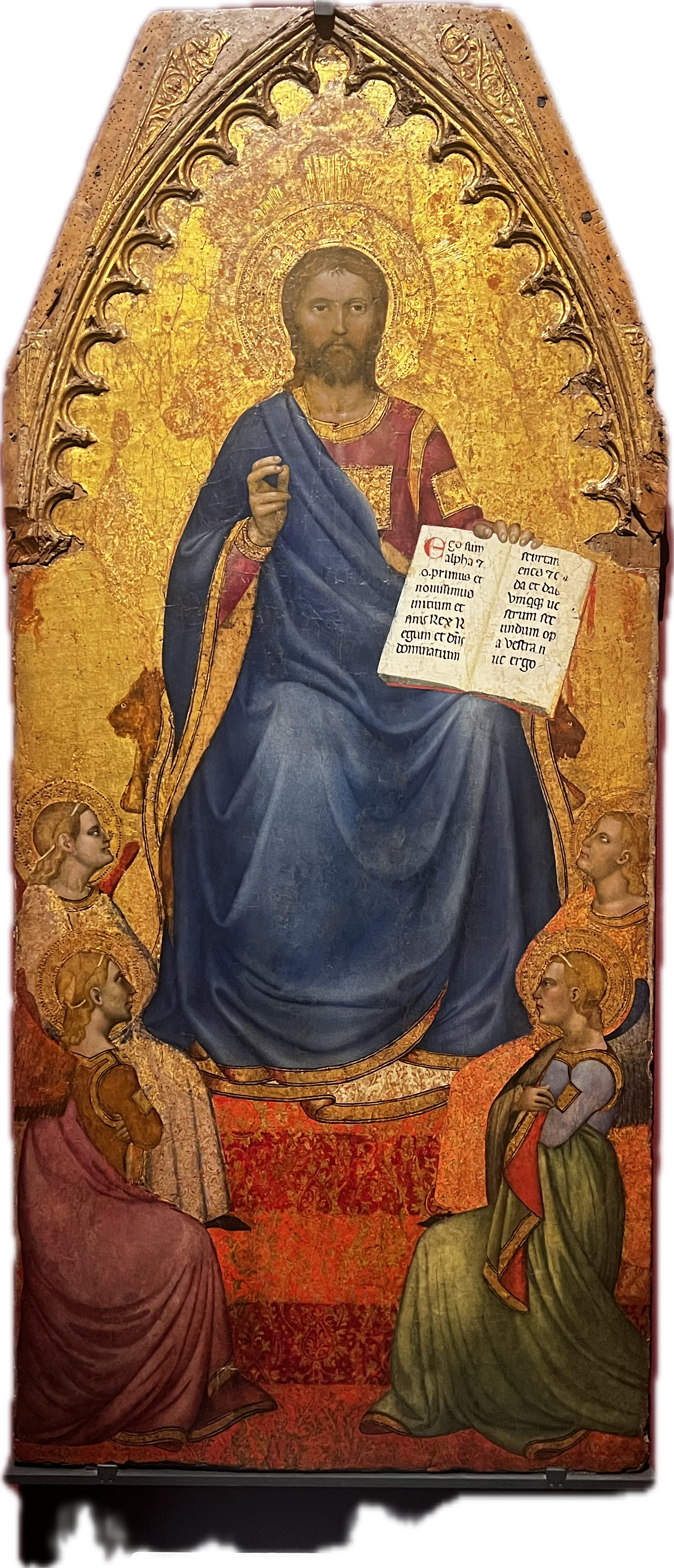
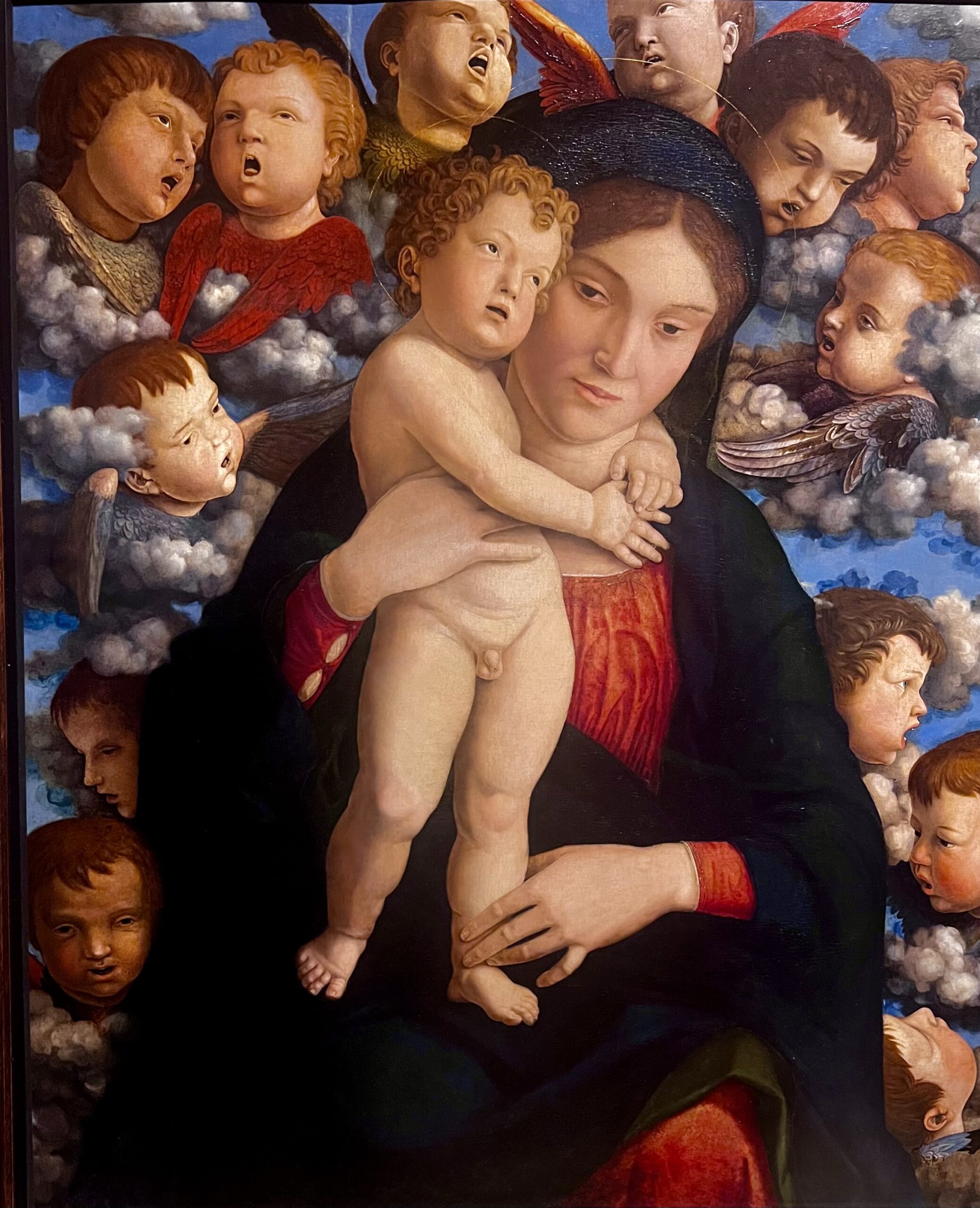
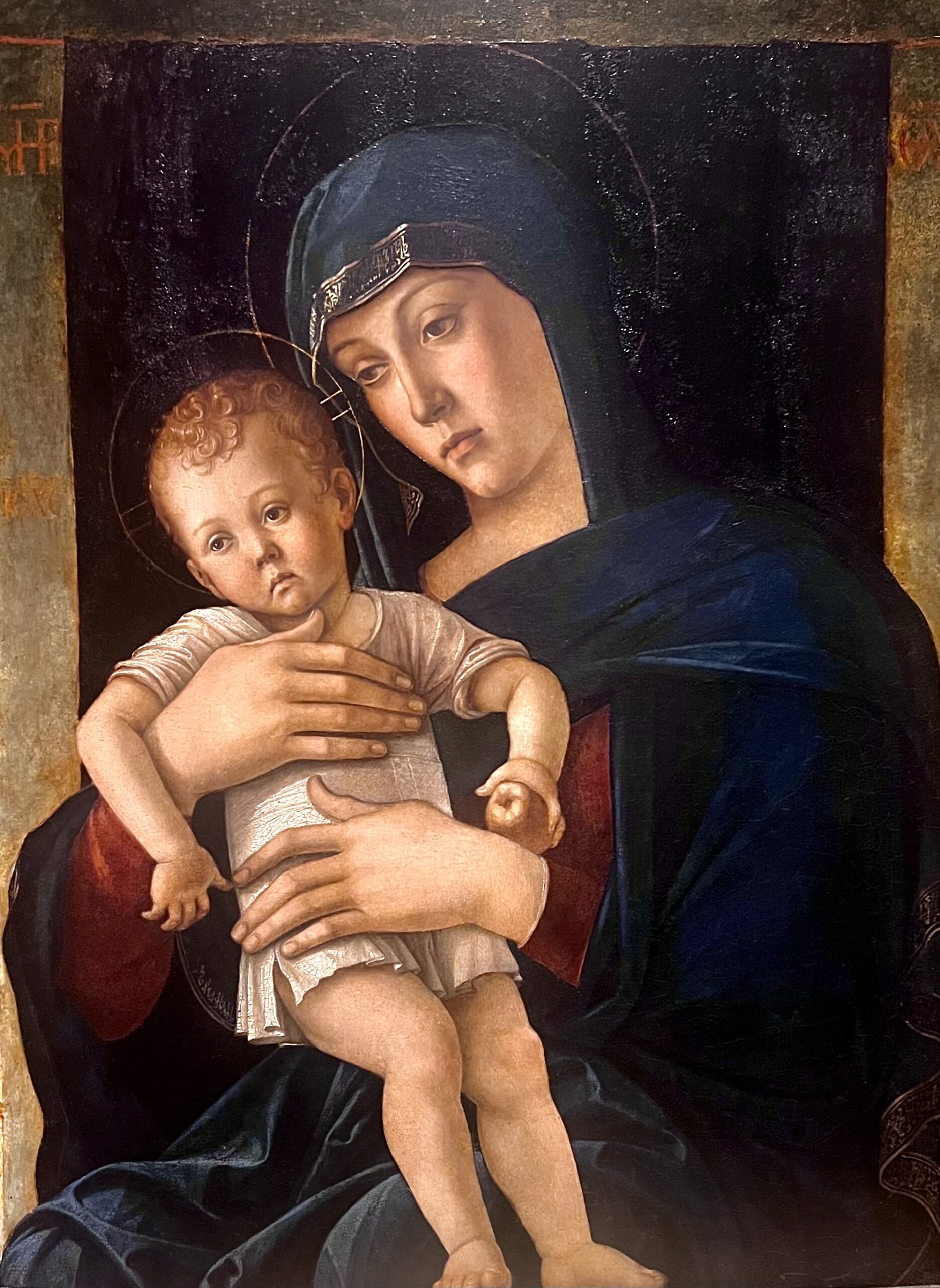
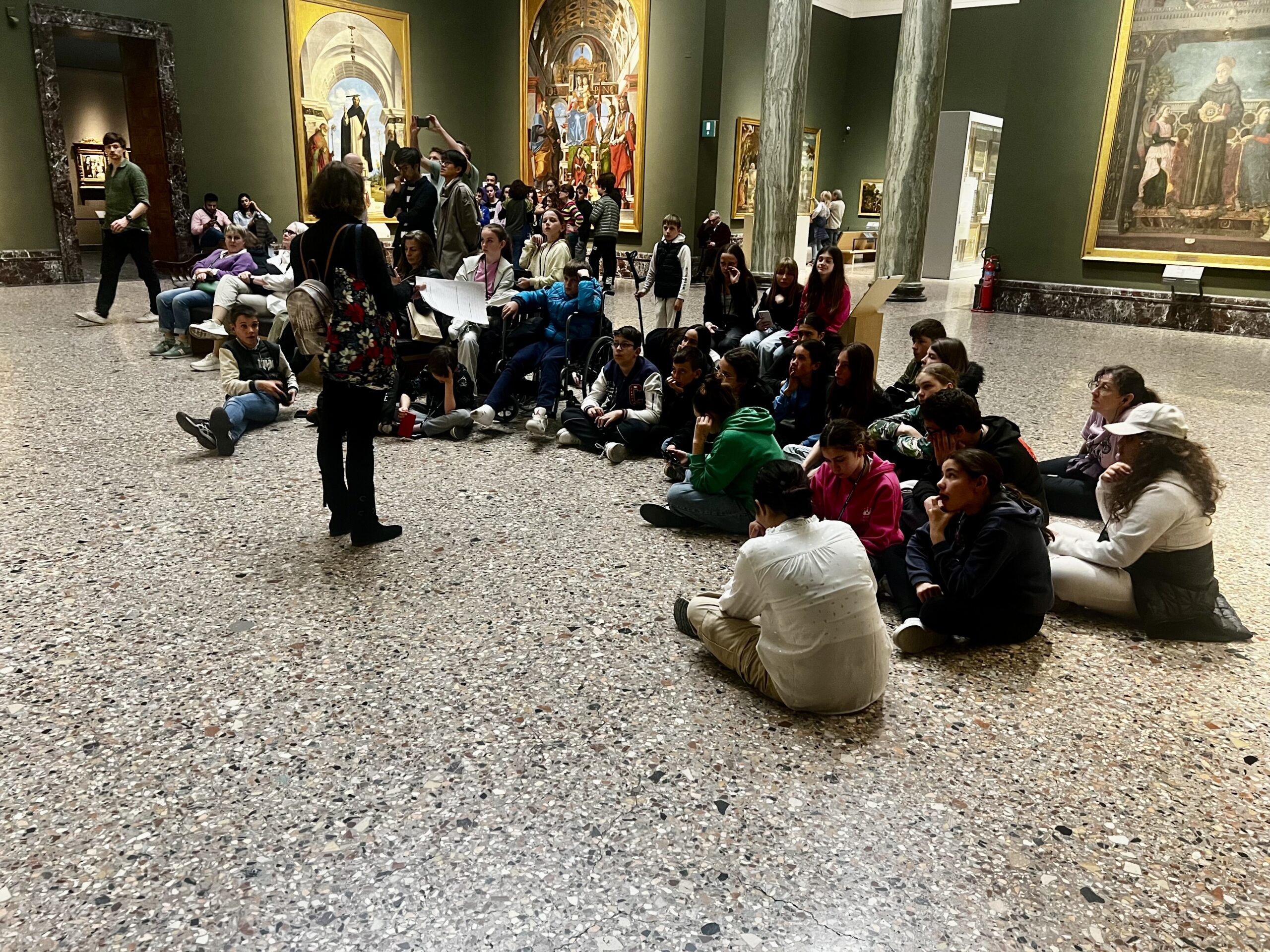
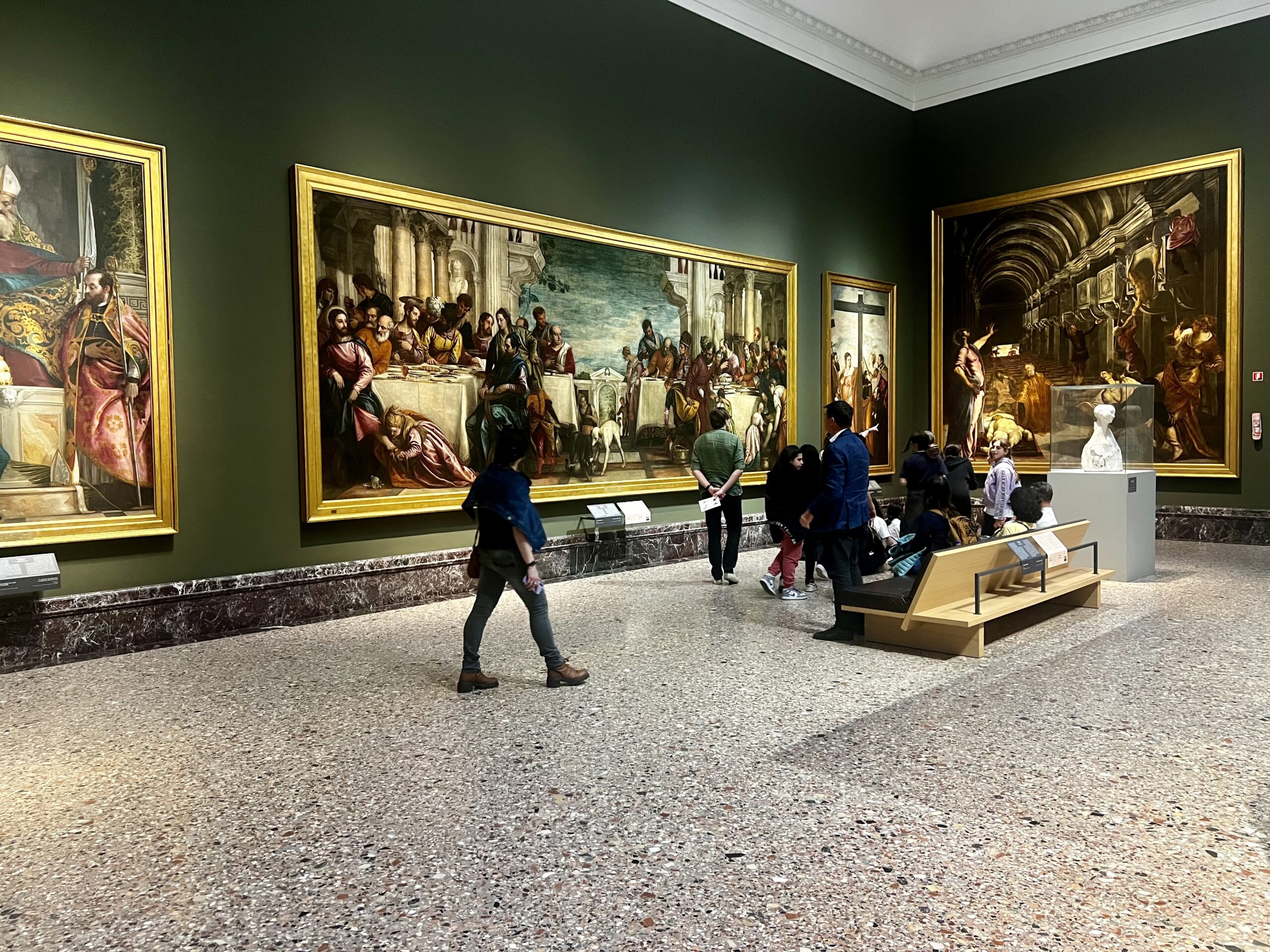
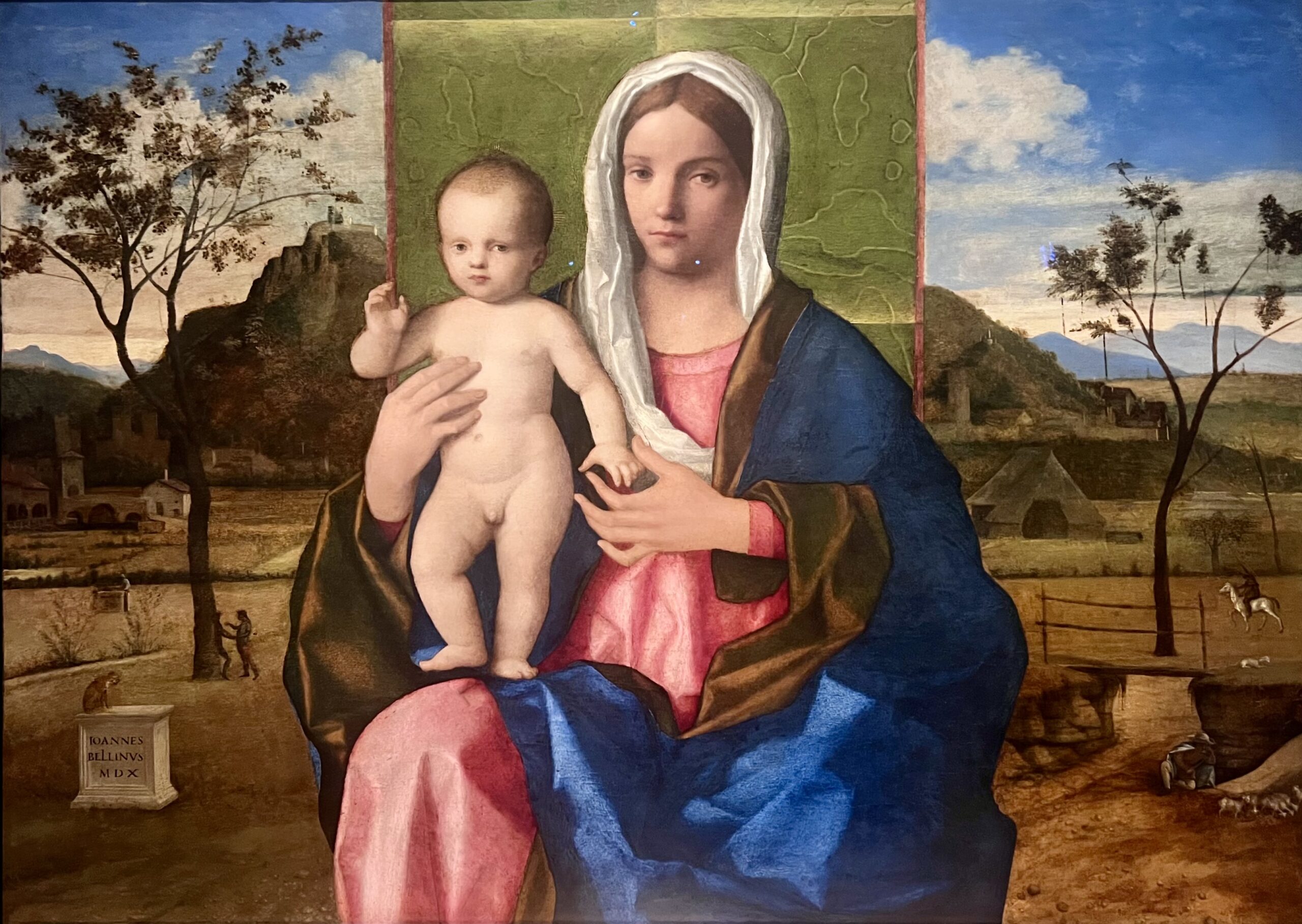
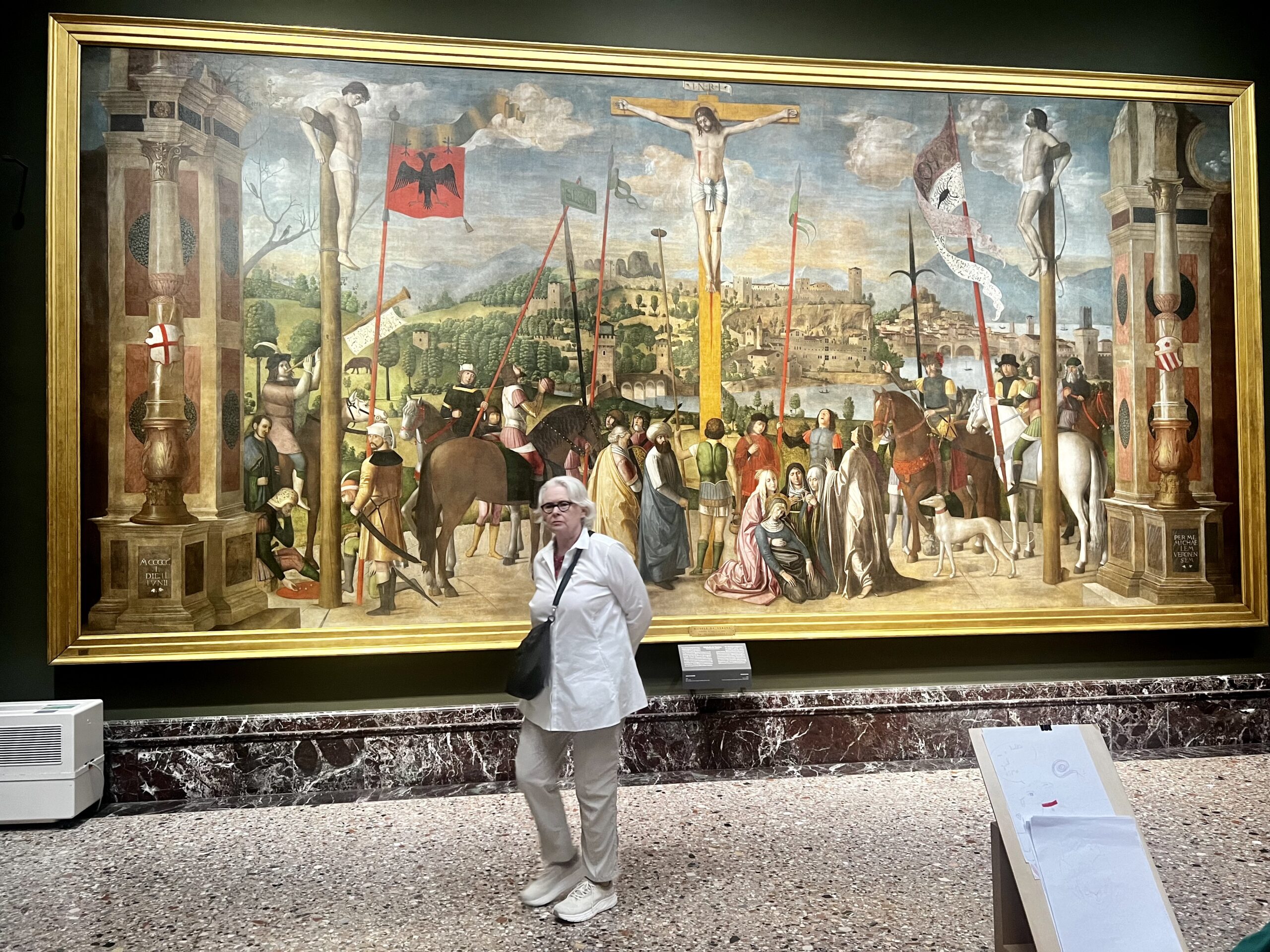
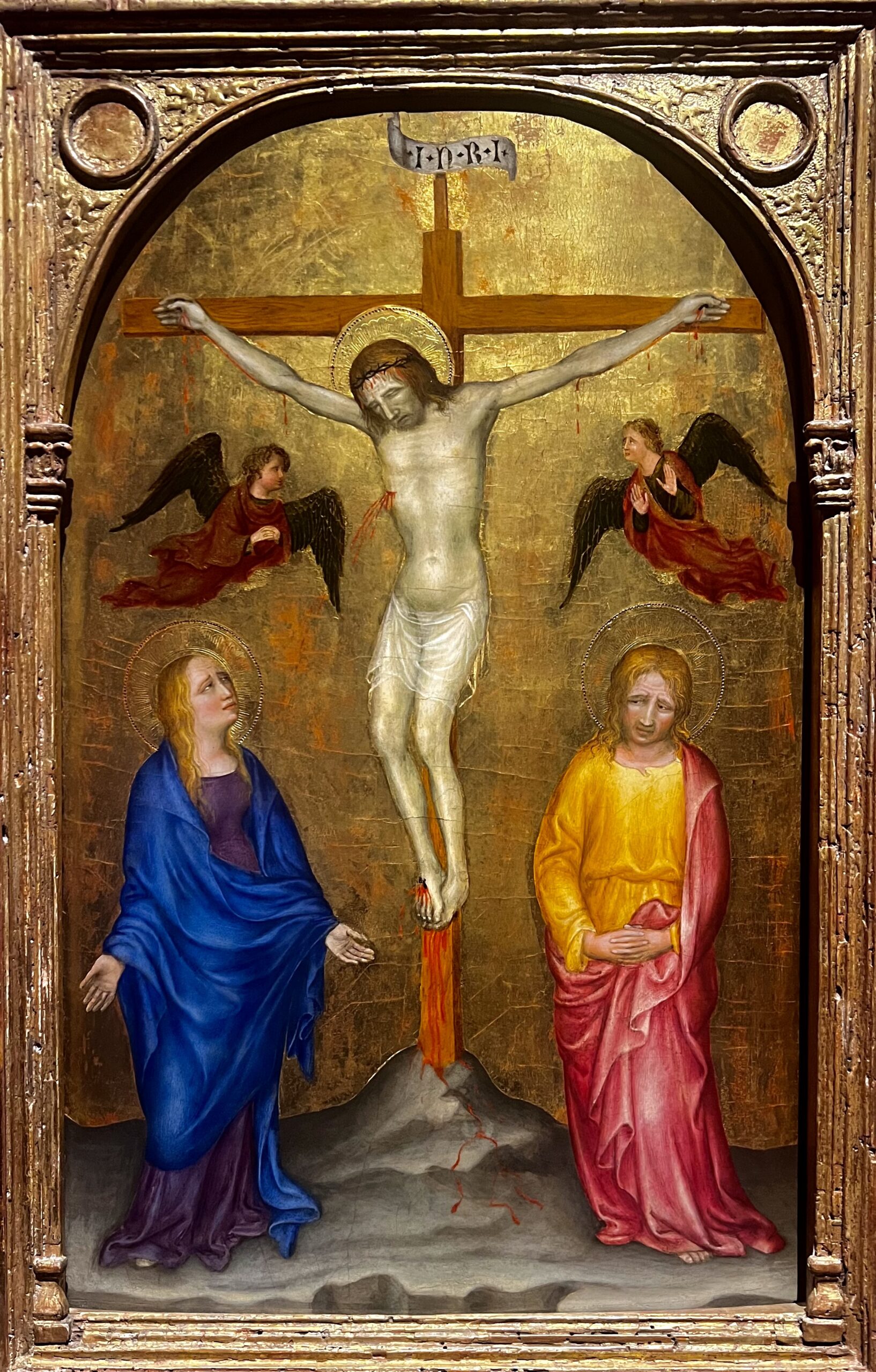
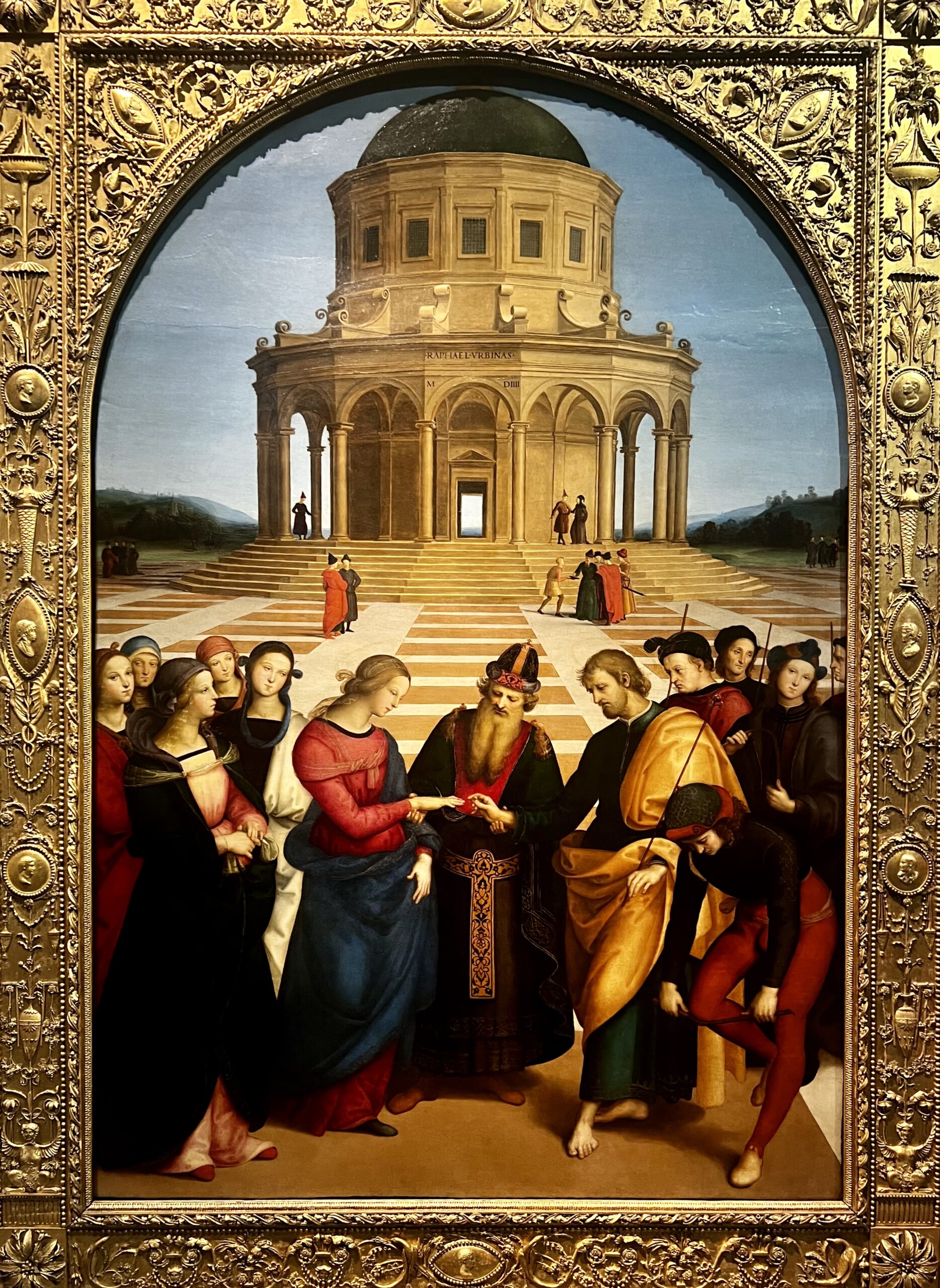
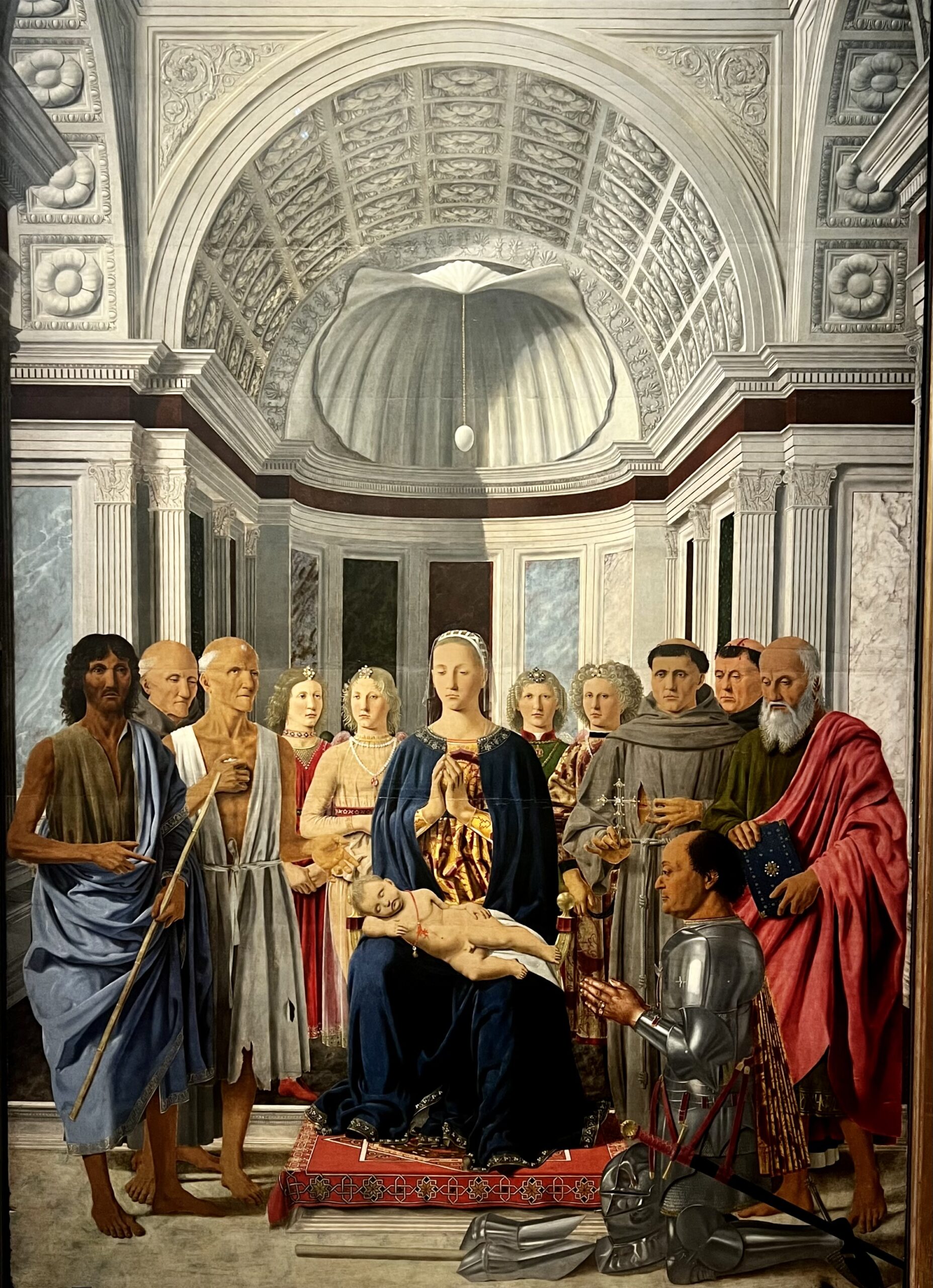
Navigli
Milan once had a network of canals to transport goods from as far away as lakes Maggiore and Como. Beginning in the 12th century, these were used to transport marble to construct the Duomo. Many of the wide streets and linear parks in Milan today were once canals. Now a tourist destination, a few remain southwest of the city center—about nine tram stops away.
We felt we were about ten years too late to appreciate the charm of the Navigli district. The walkways along the canals are filled with bars and restaurants packed with tourists and dotted with carts loaded with tchakas, sunglasses, and other cheap souvenirs. No t-shirts, but everything else. There is little evidence of a local economy. Worth a stroll for an hour. We had a drink but headed to a different neighborhood for dinner.
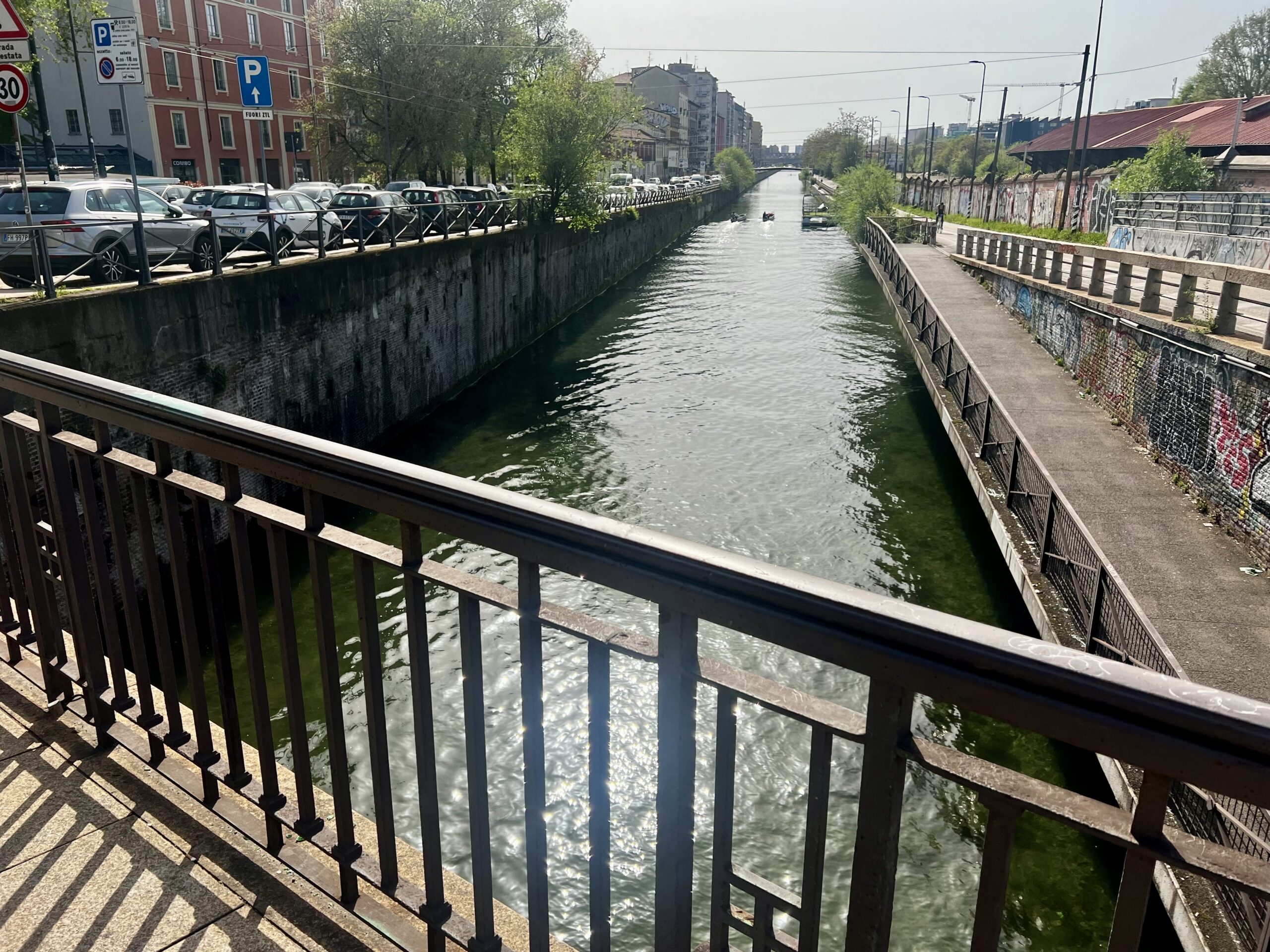
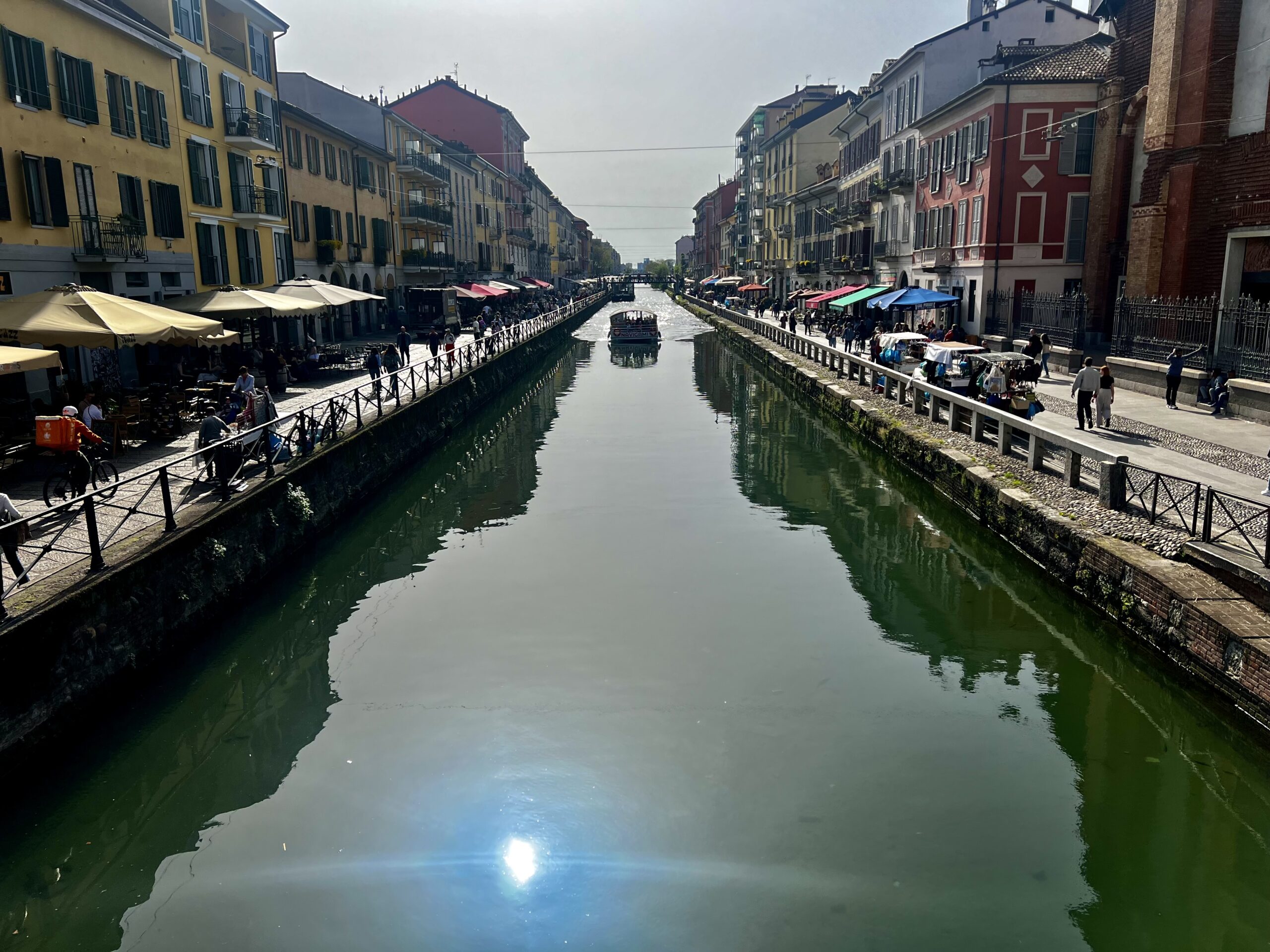
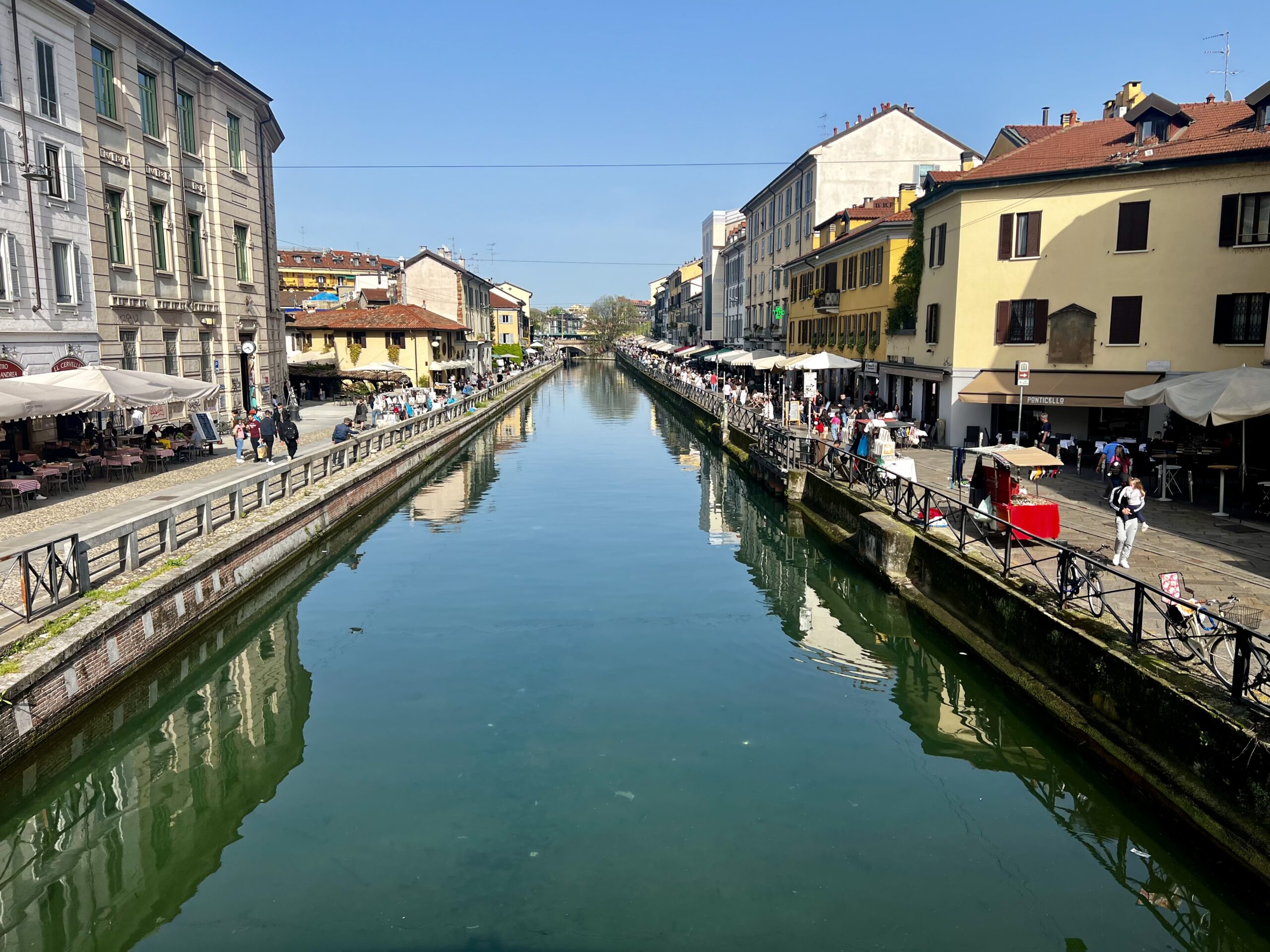
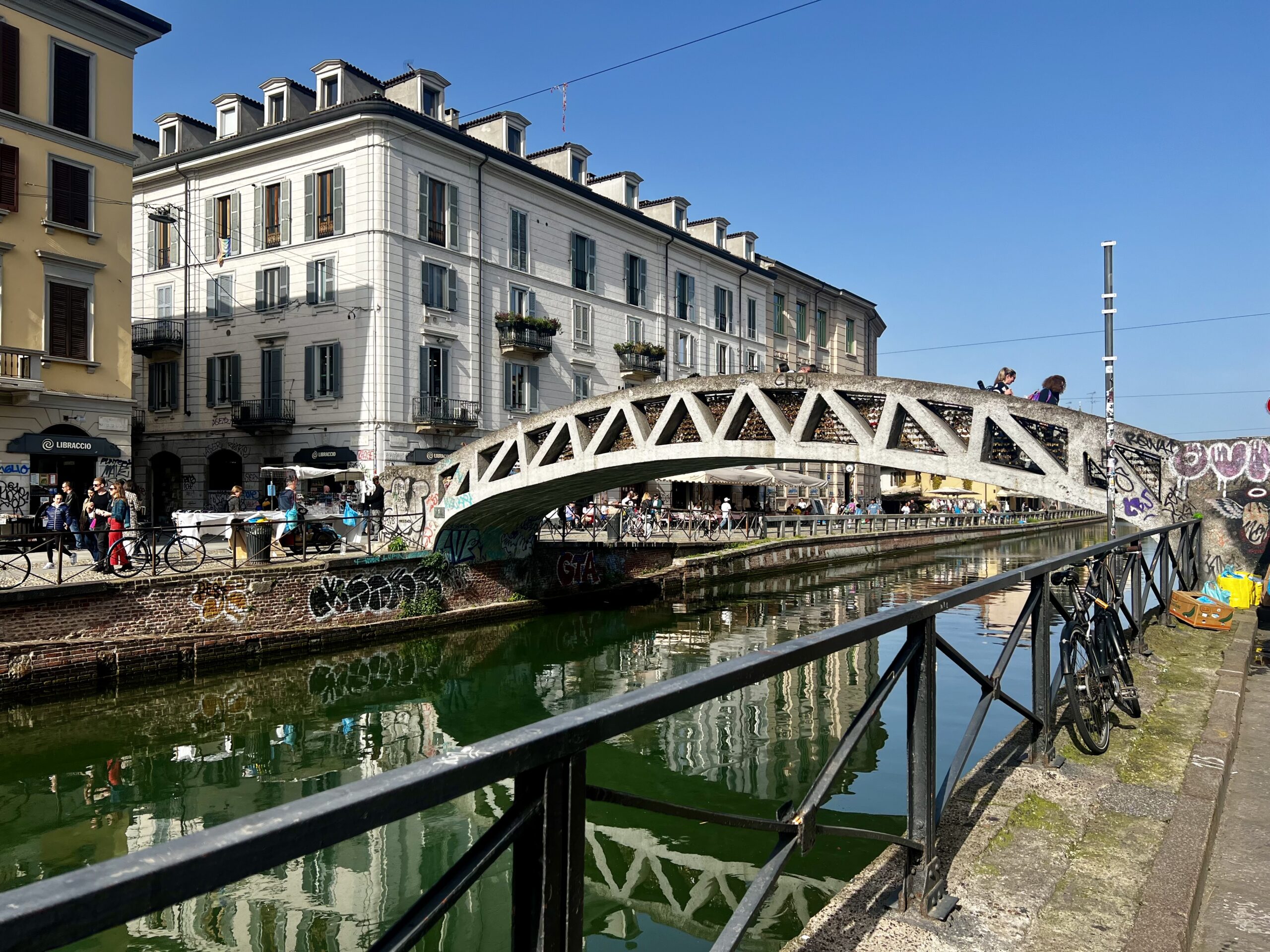
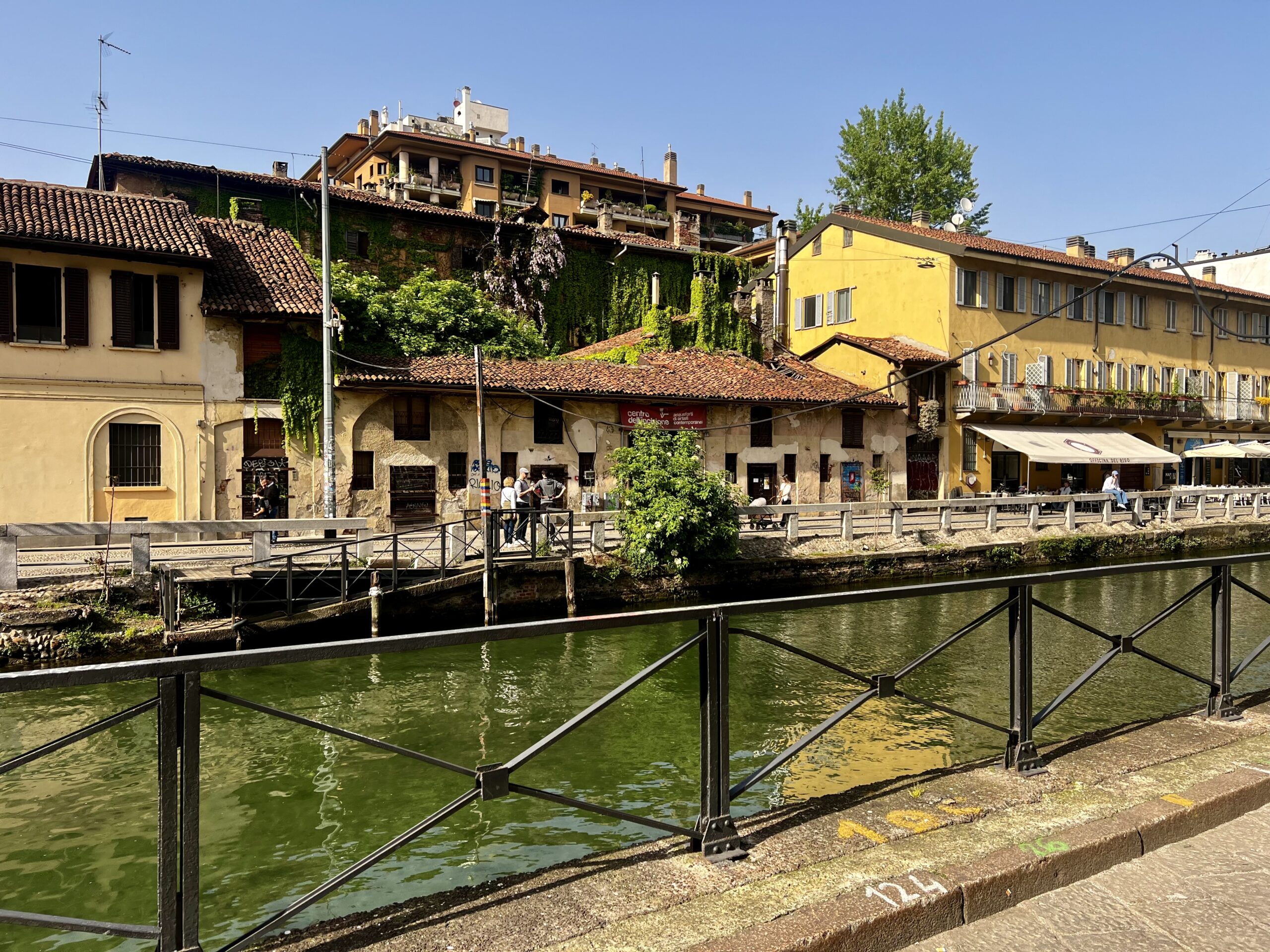
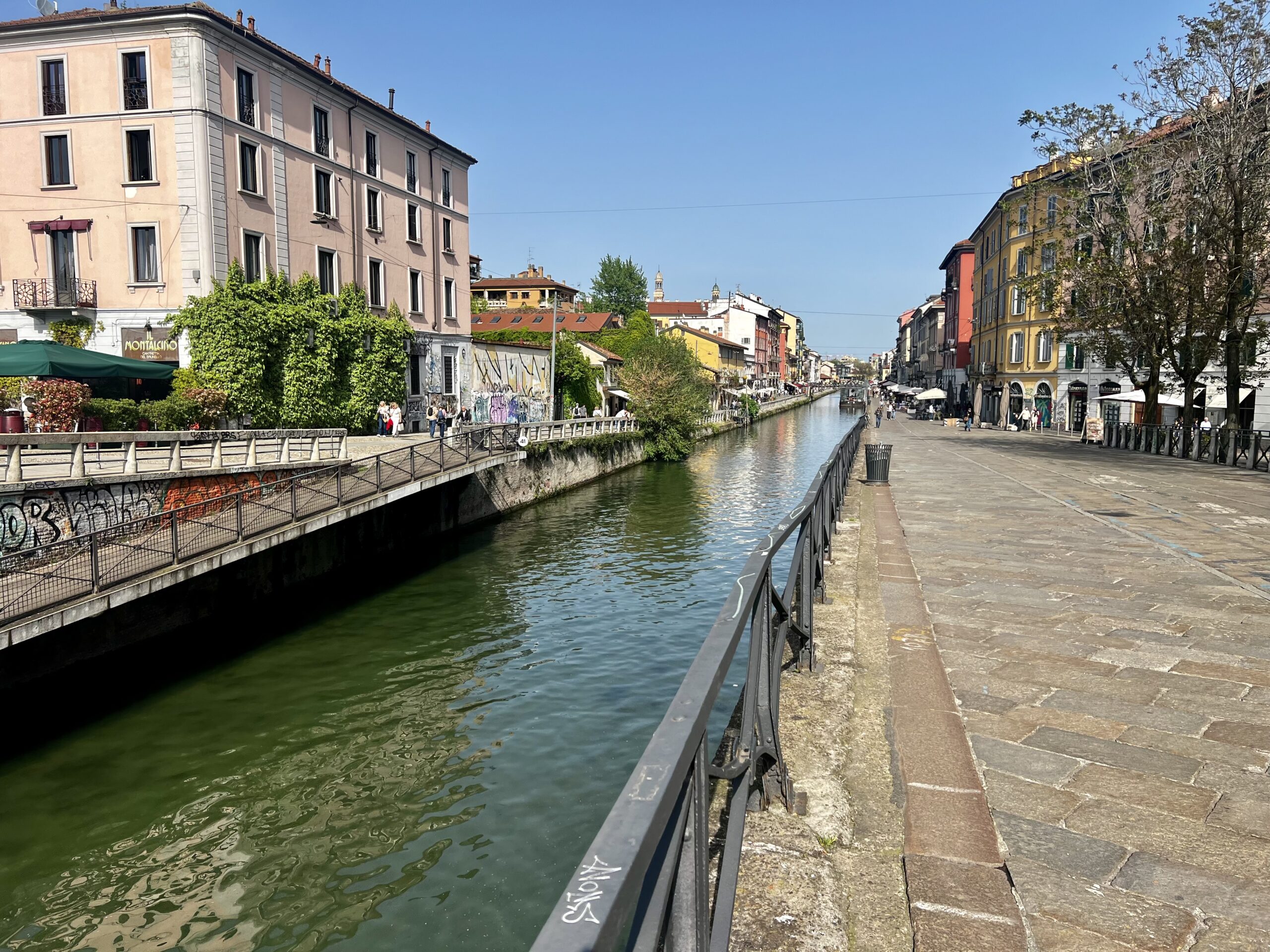
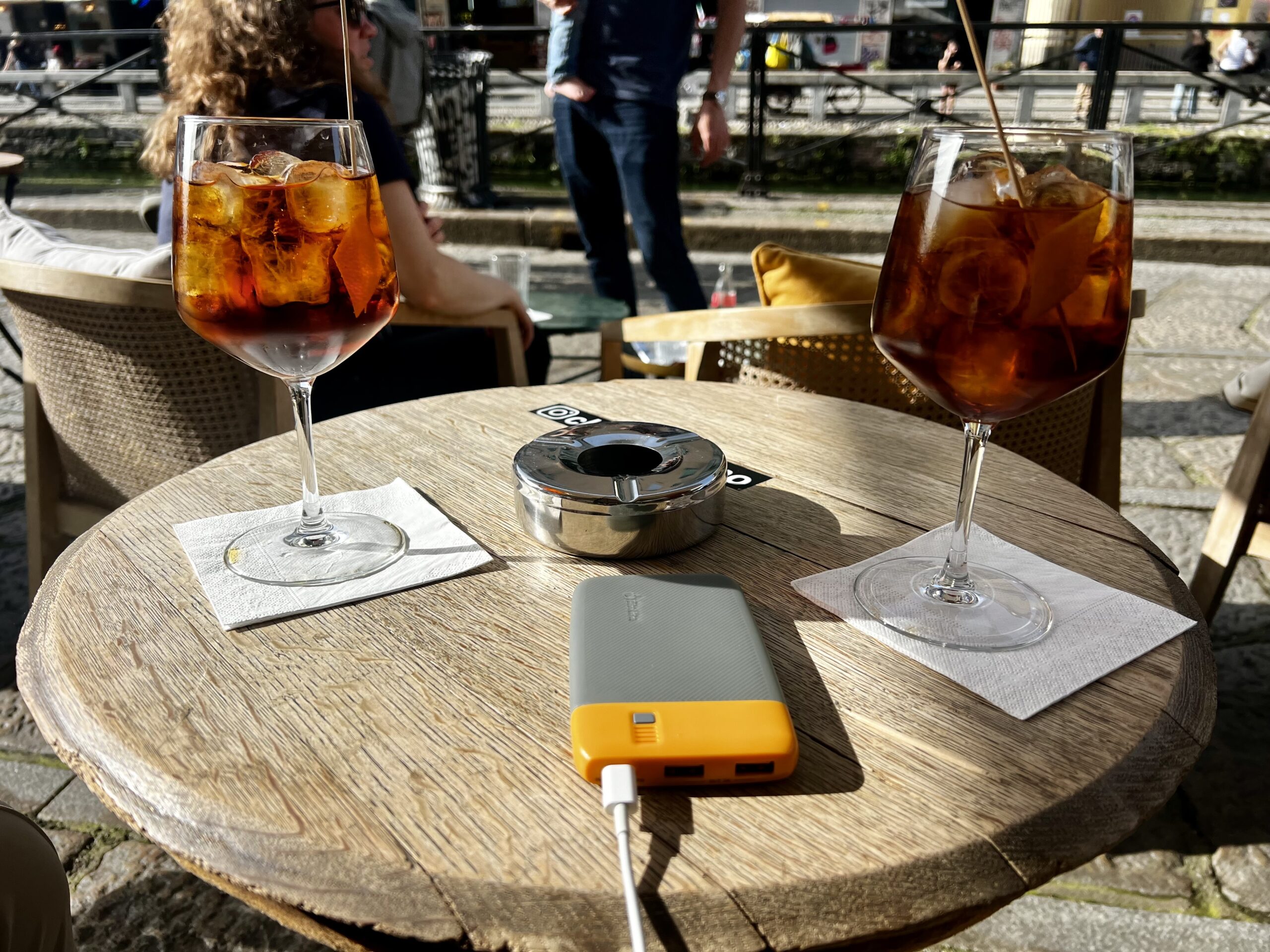
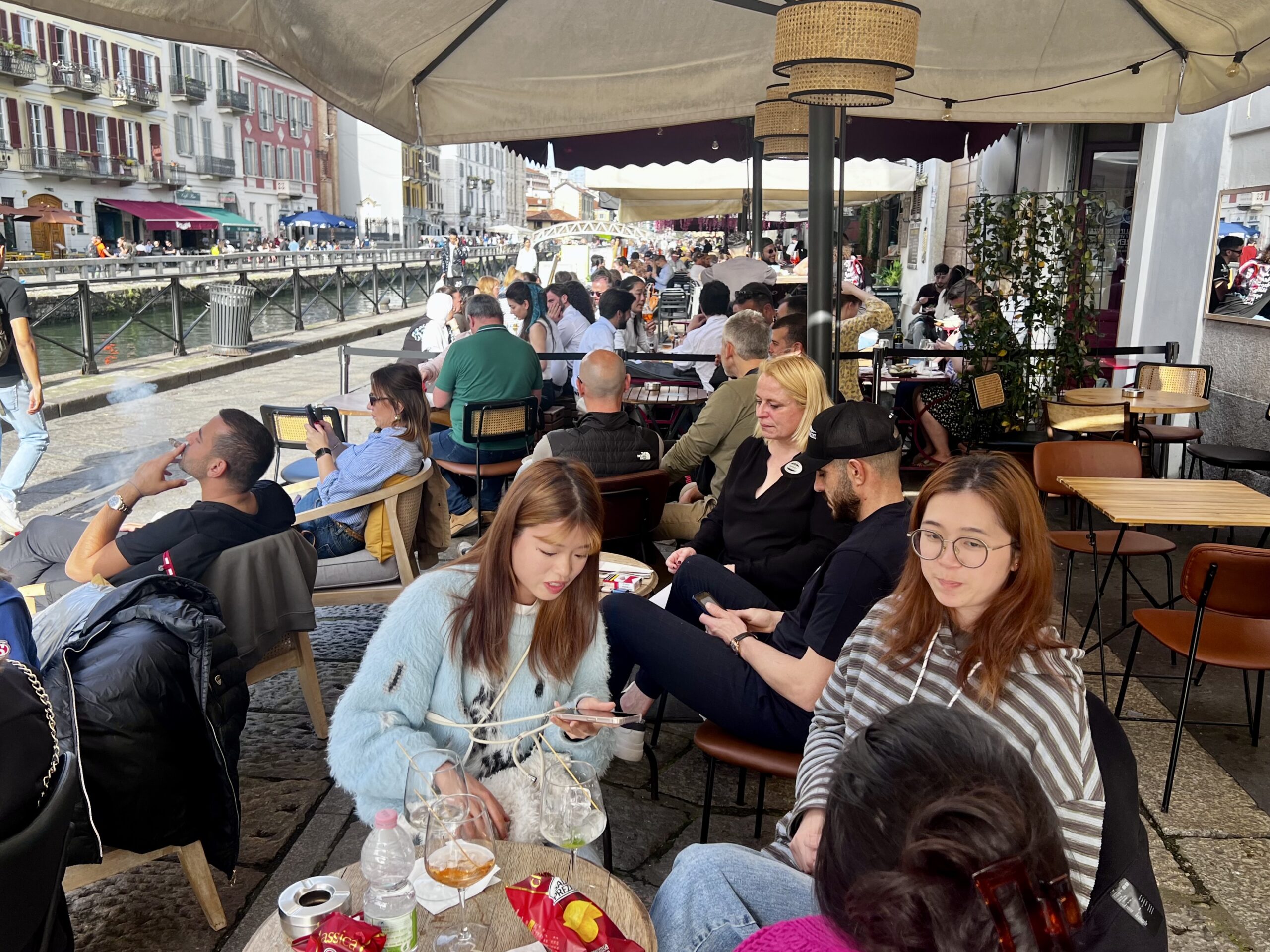
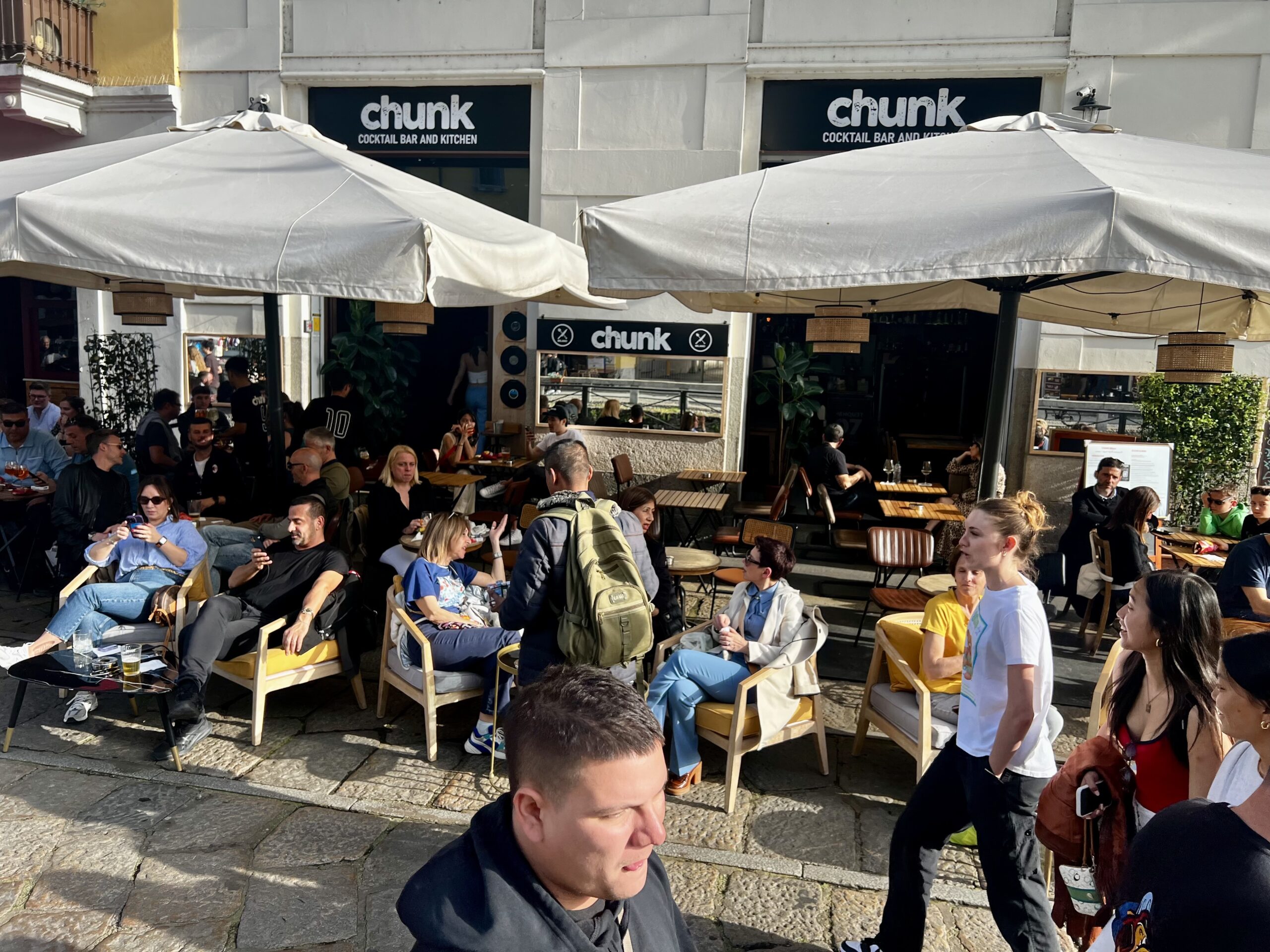
Sempione Park
This large urban park lies adjacent to the iconic Castello in the center of Milan. It is characterized by broad walks and large expanses of lawn and mature trees. It is well used on a weekday. Bonnie spotted a Jack Russell just as we entered.
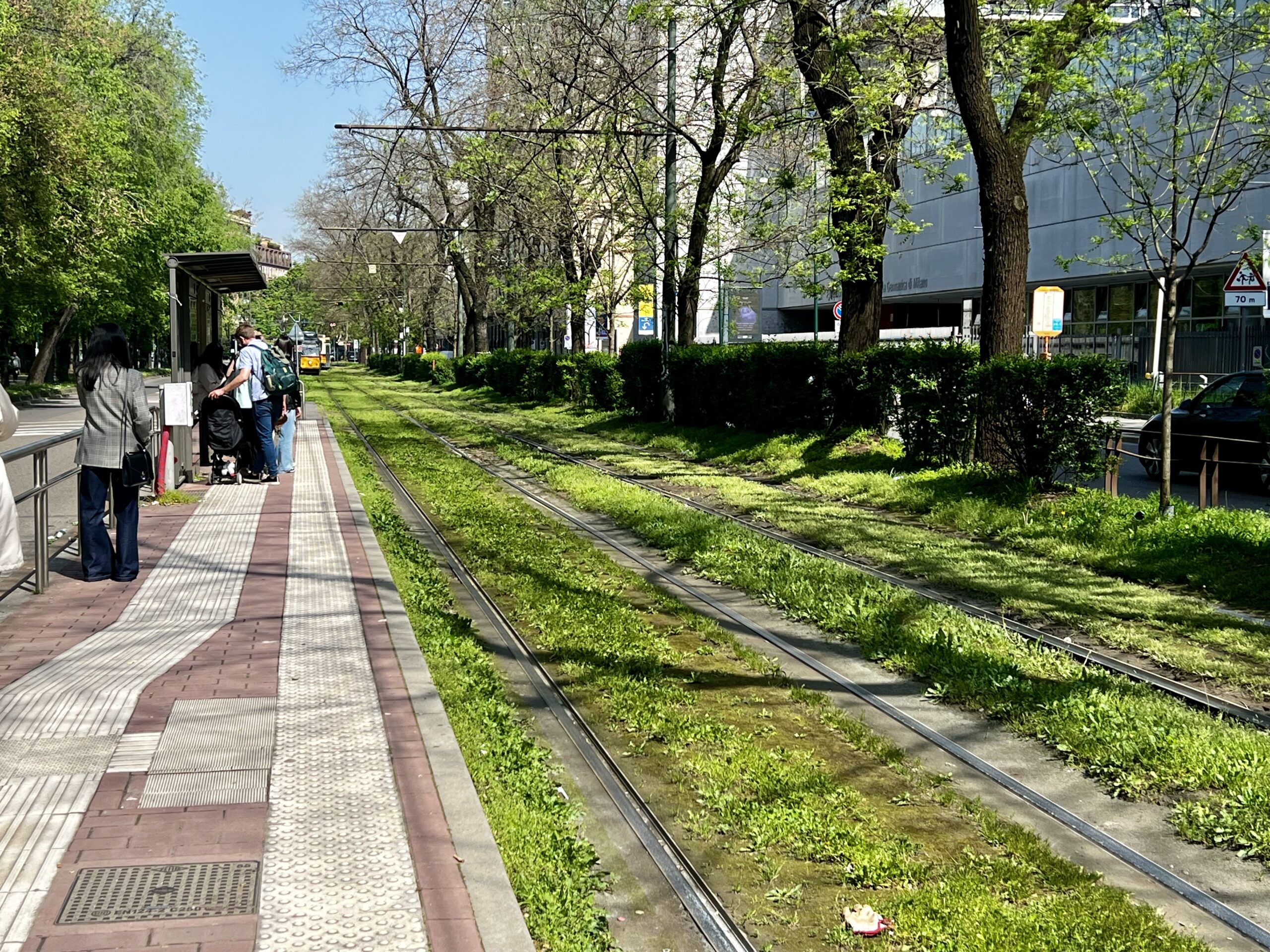
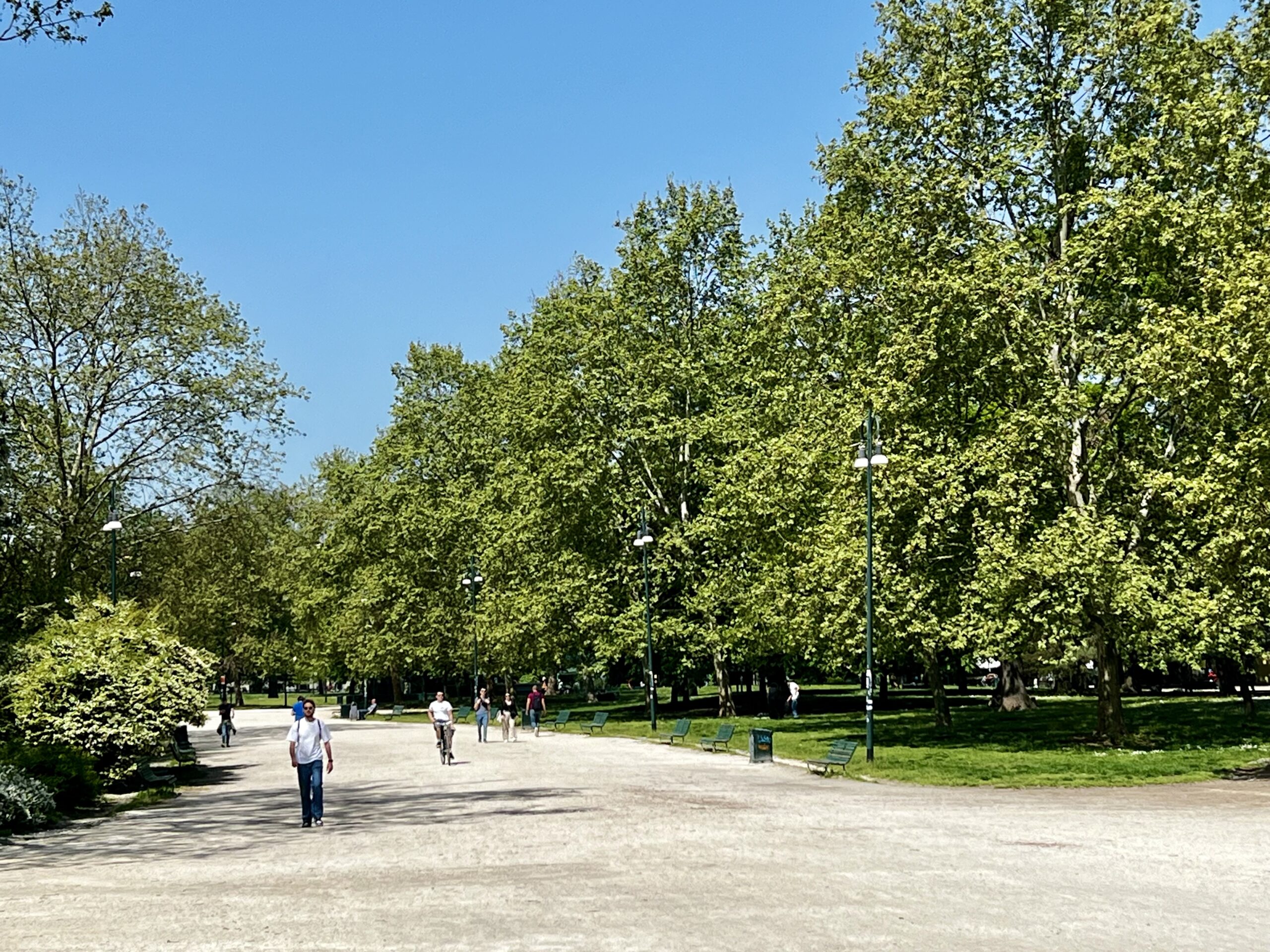
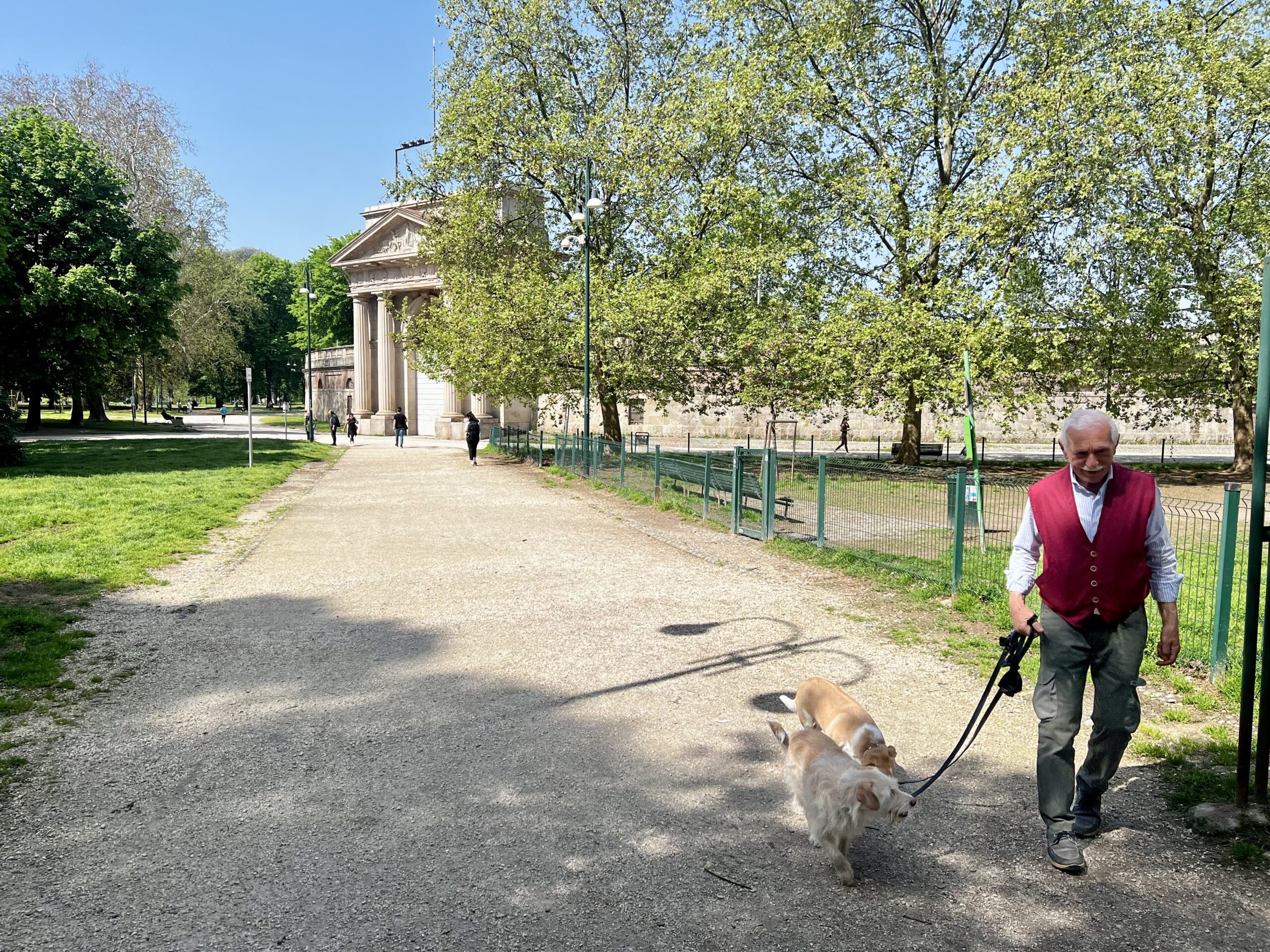
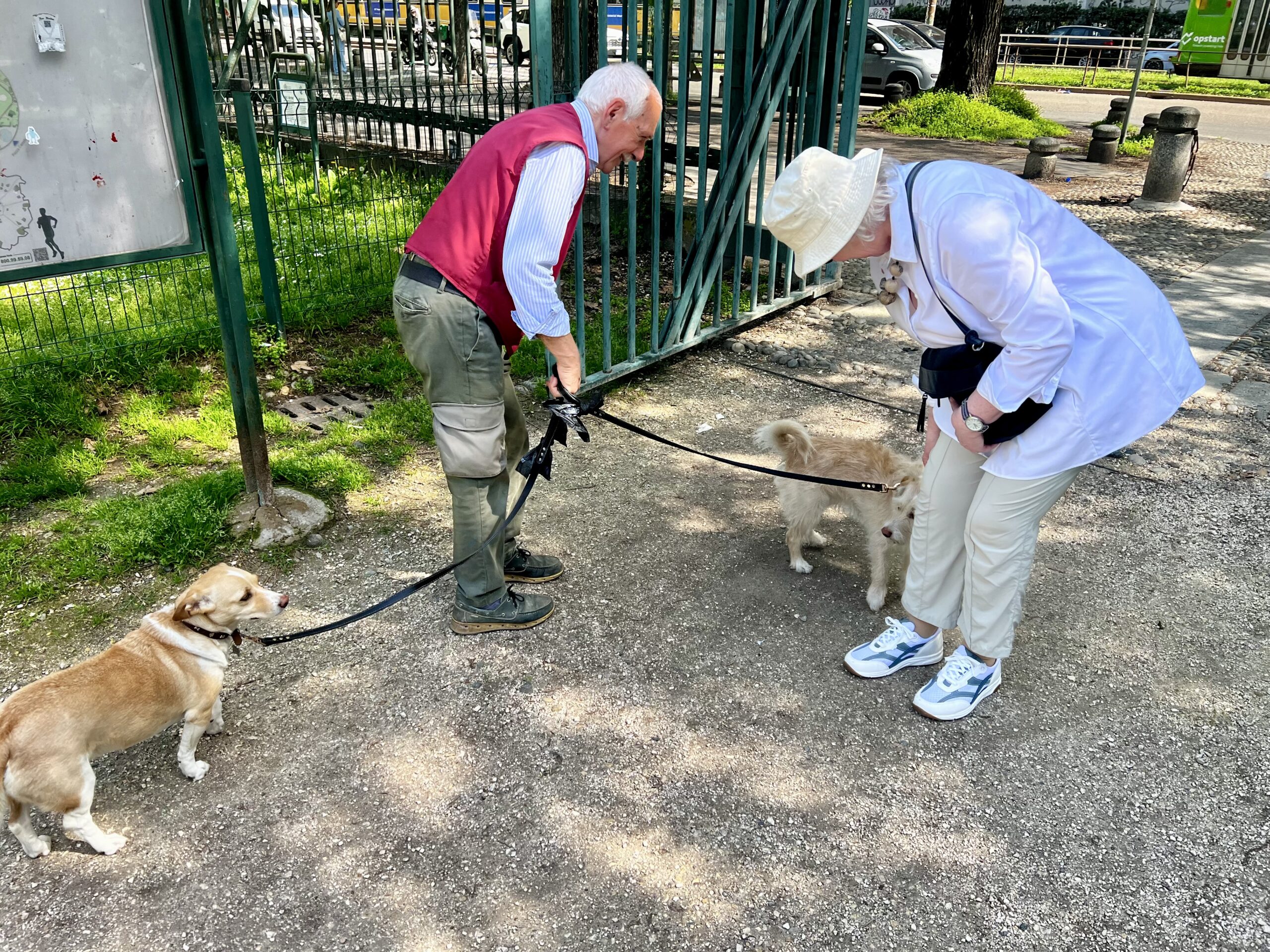
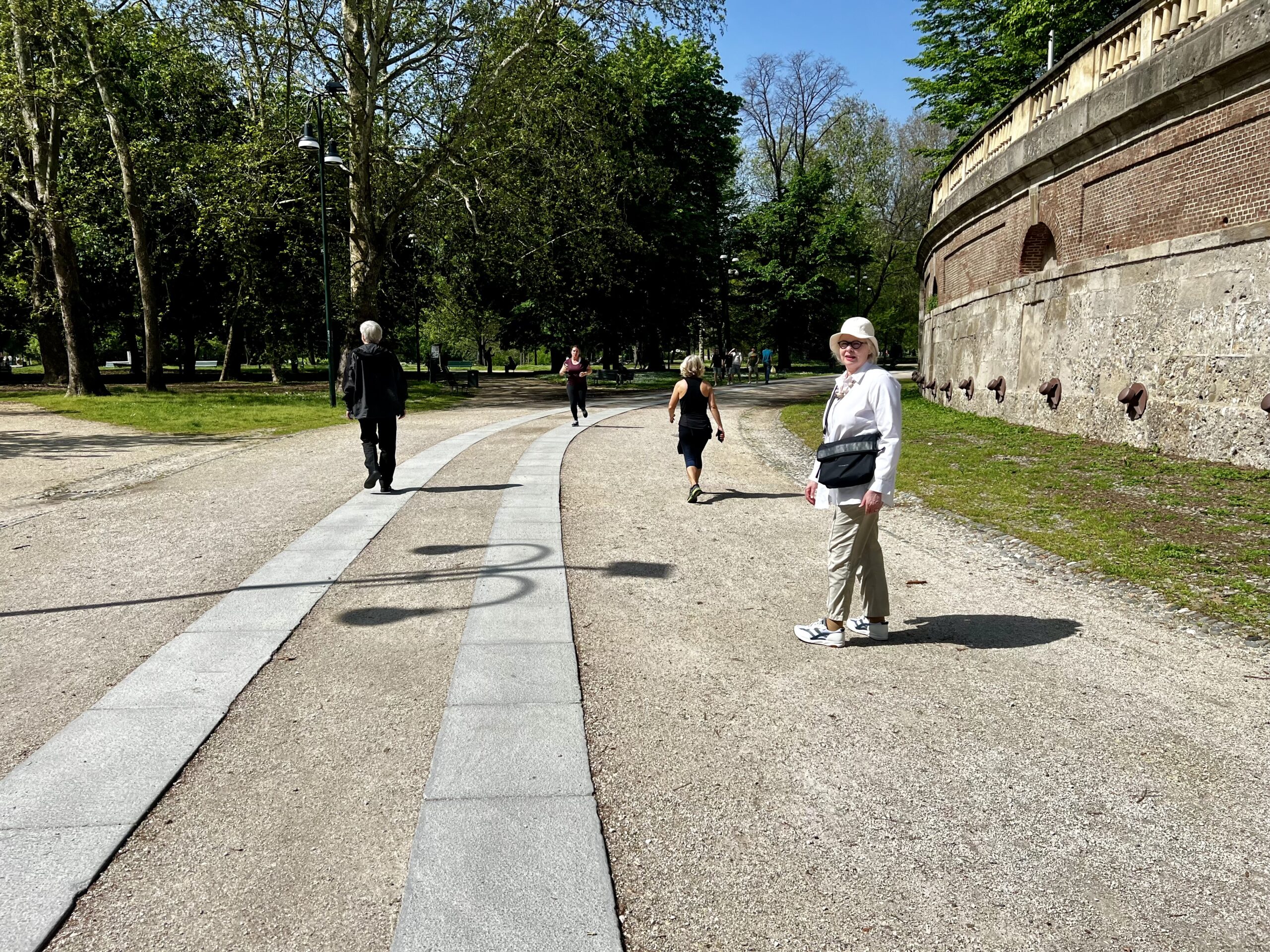
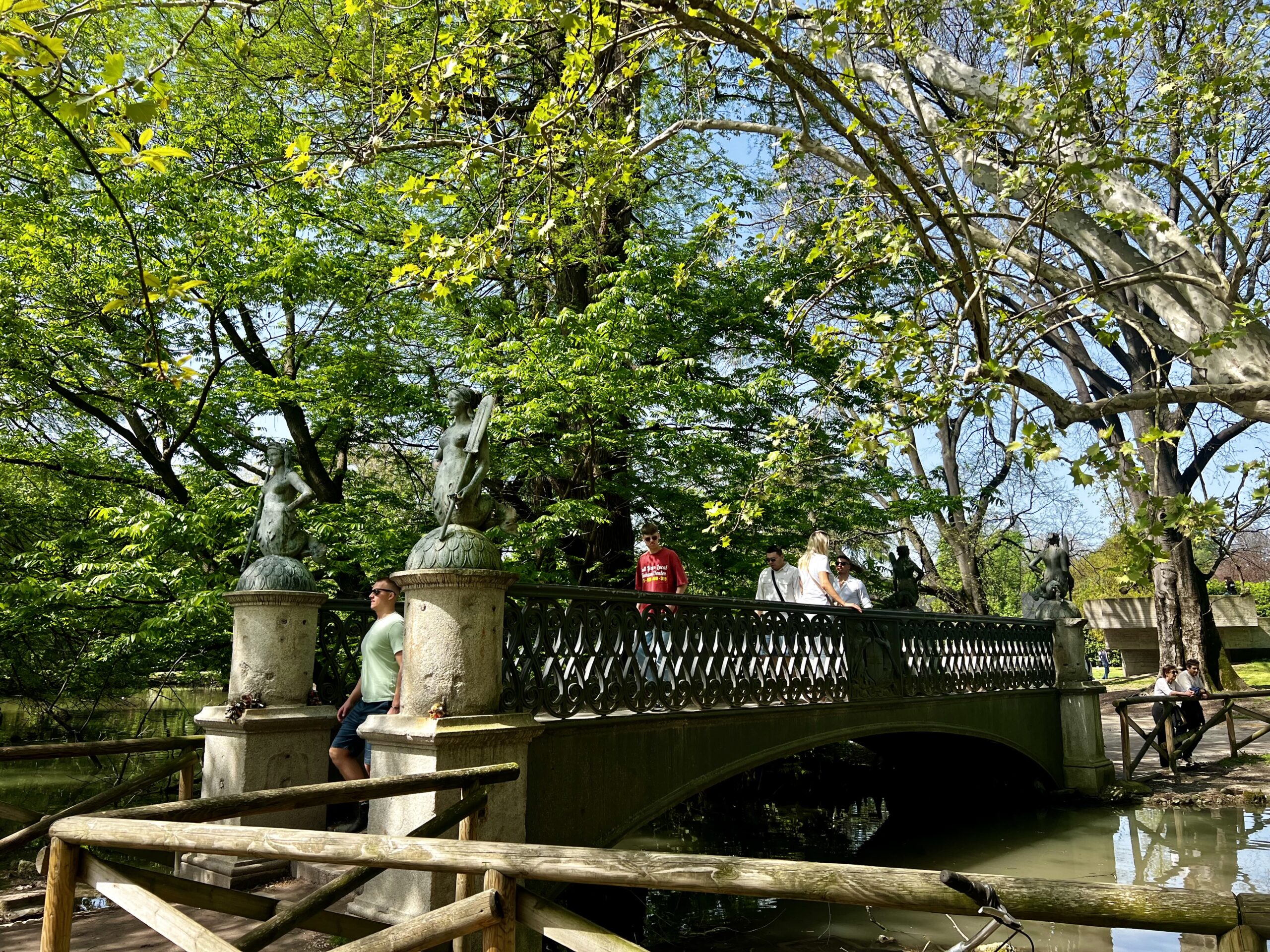
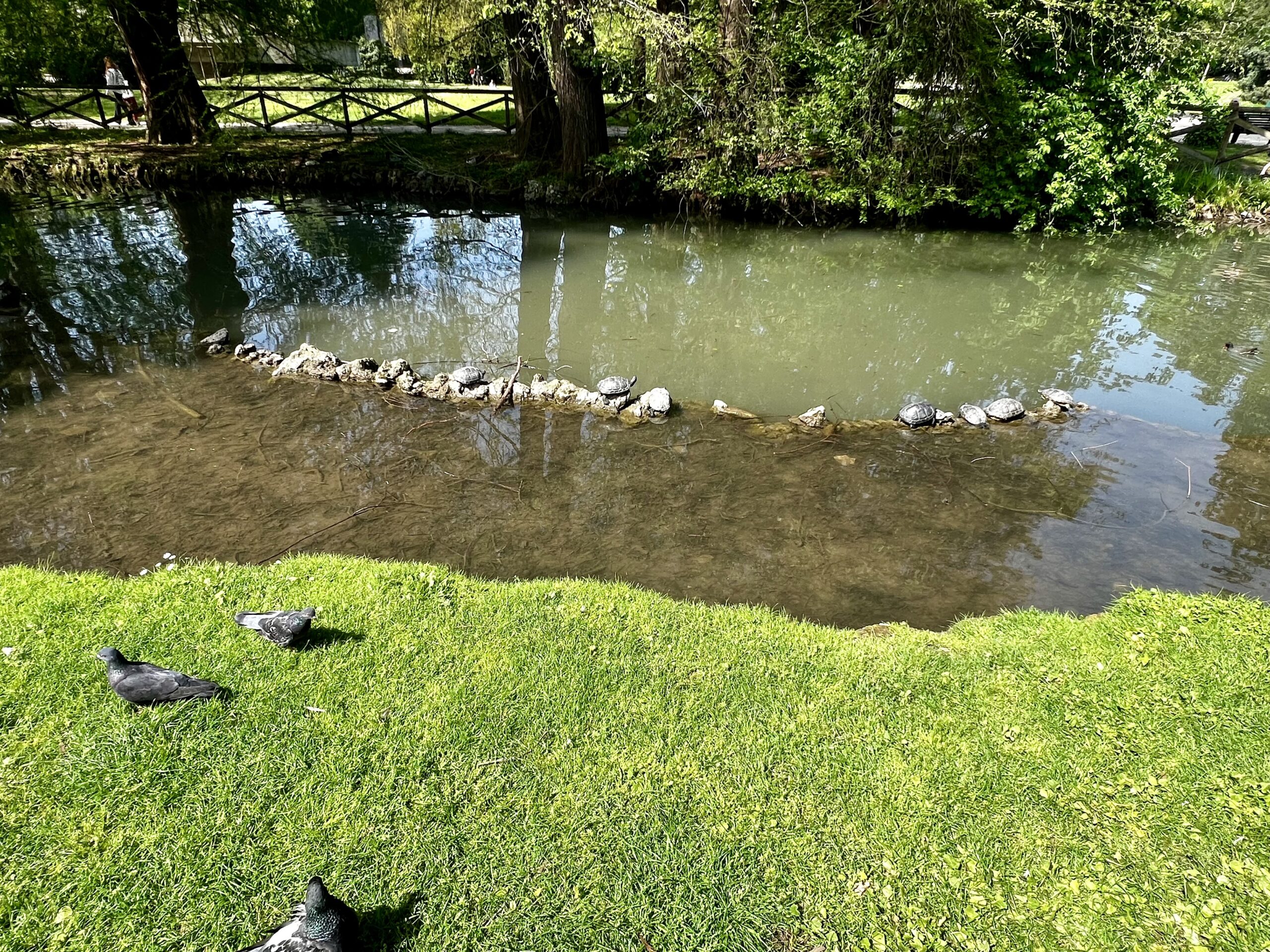

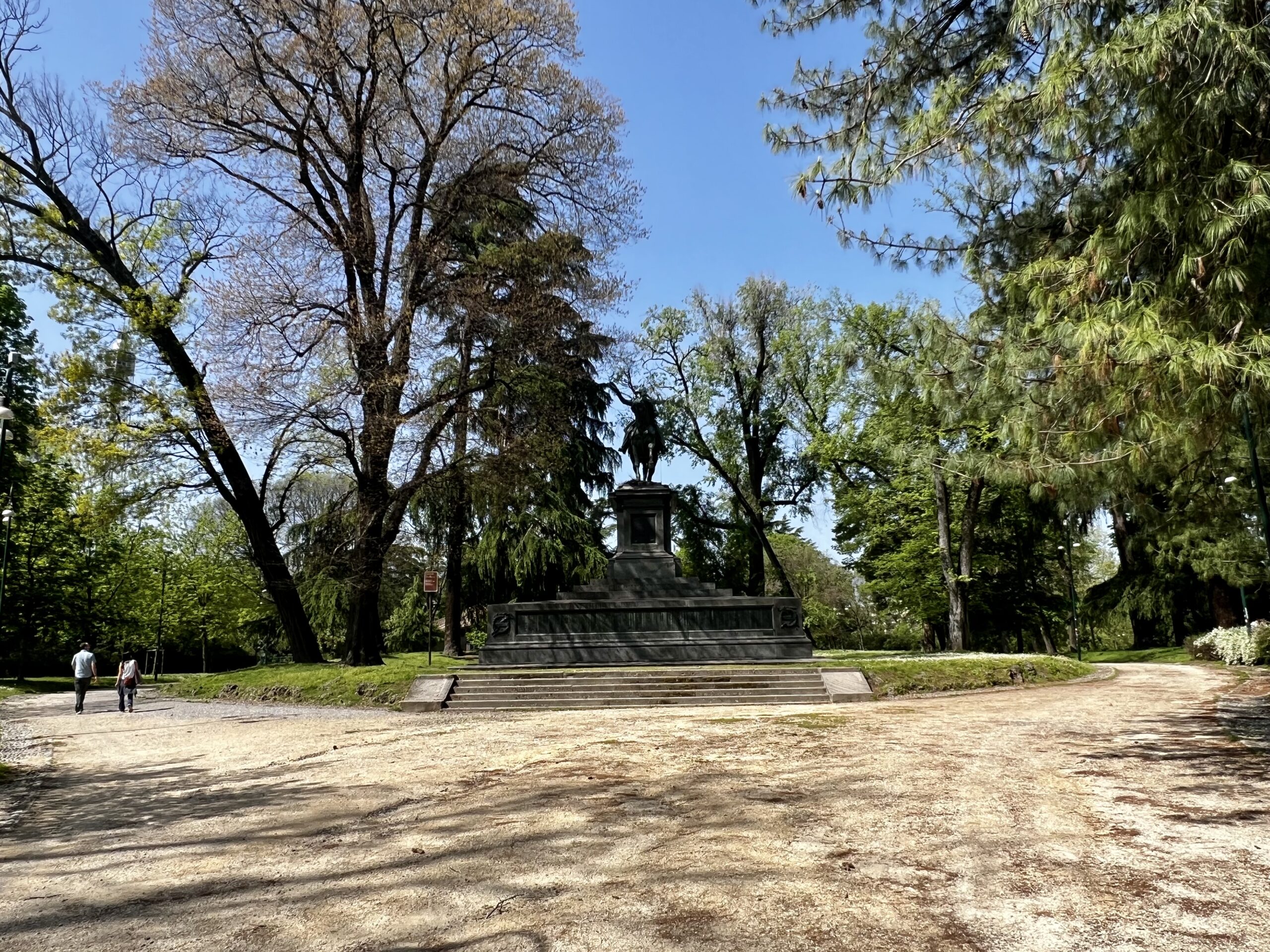
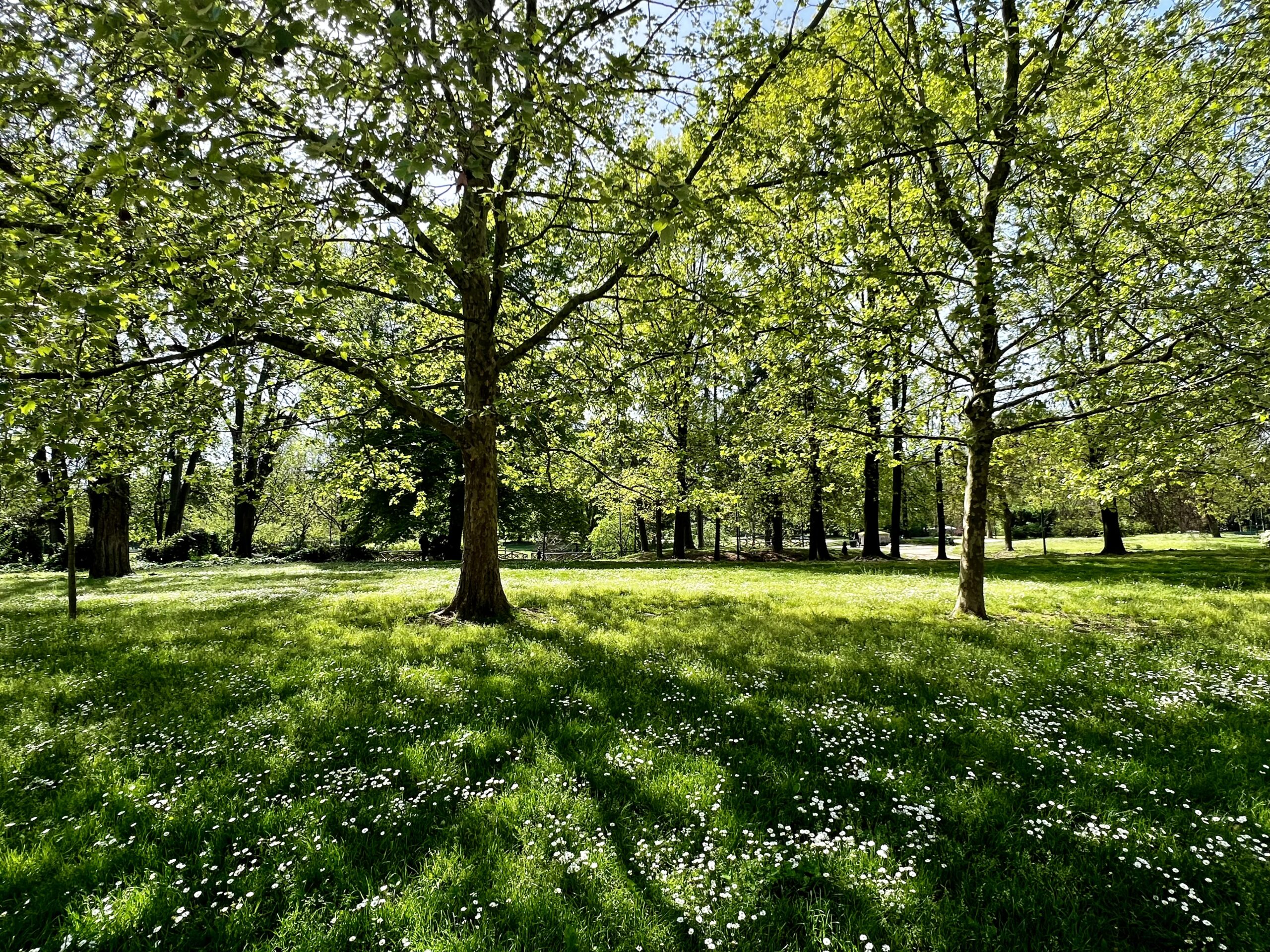
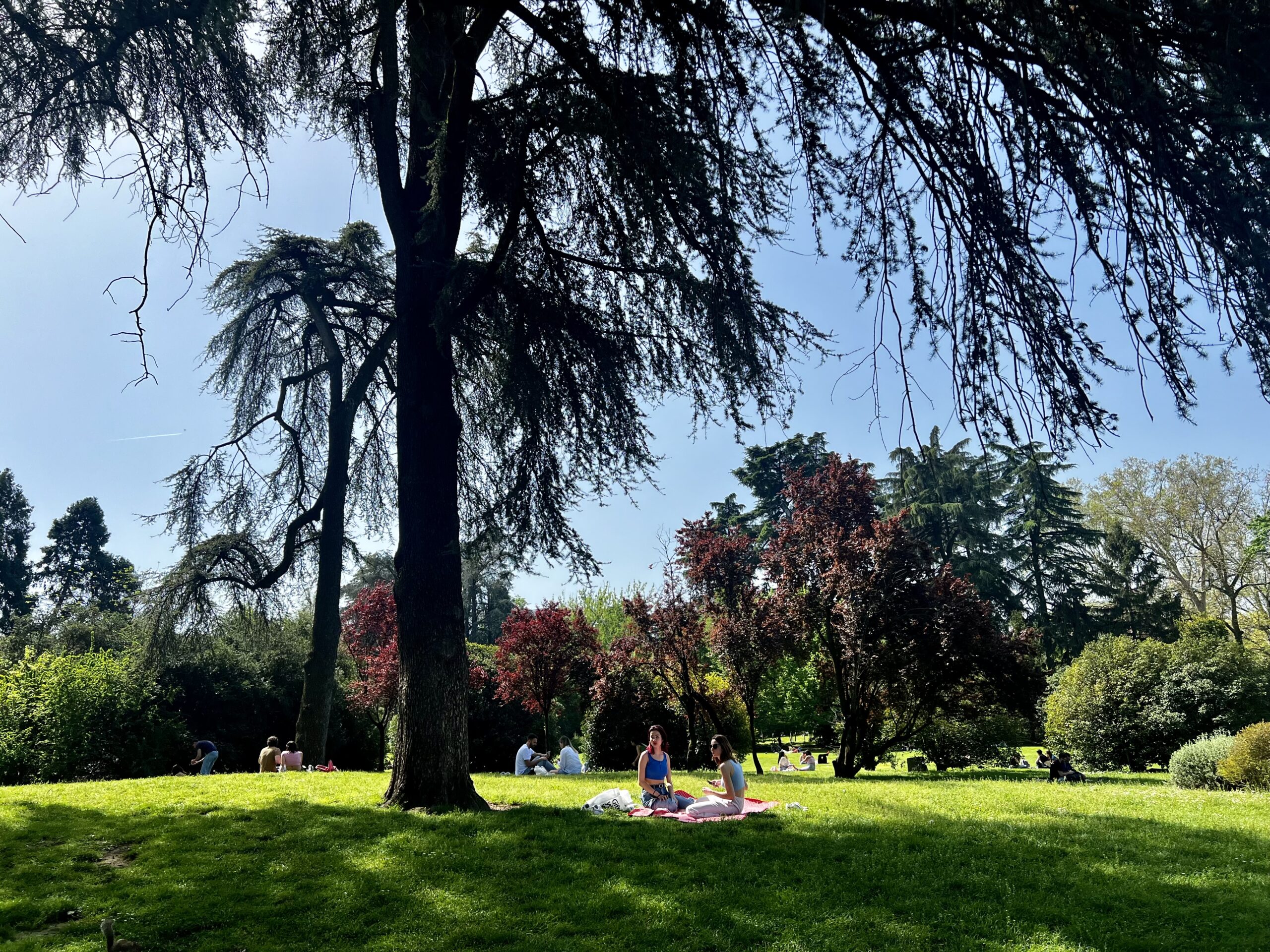
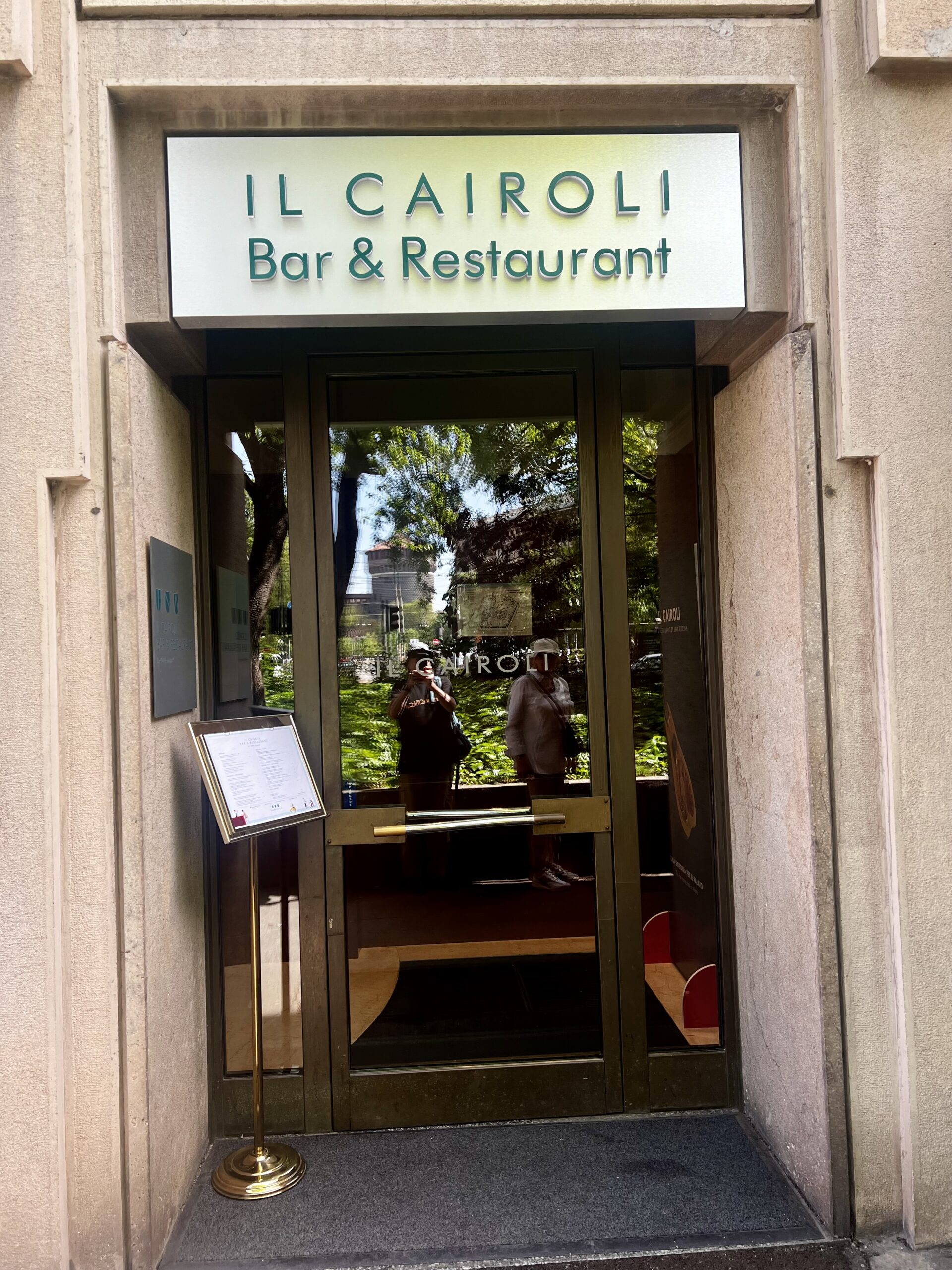
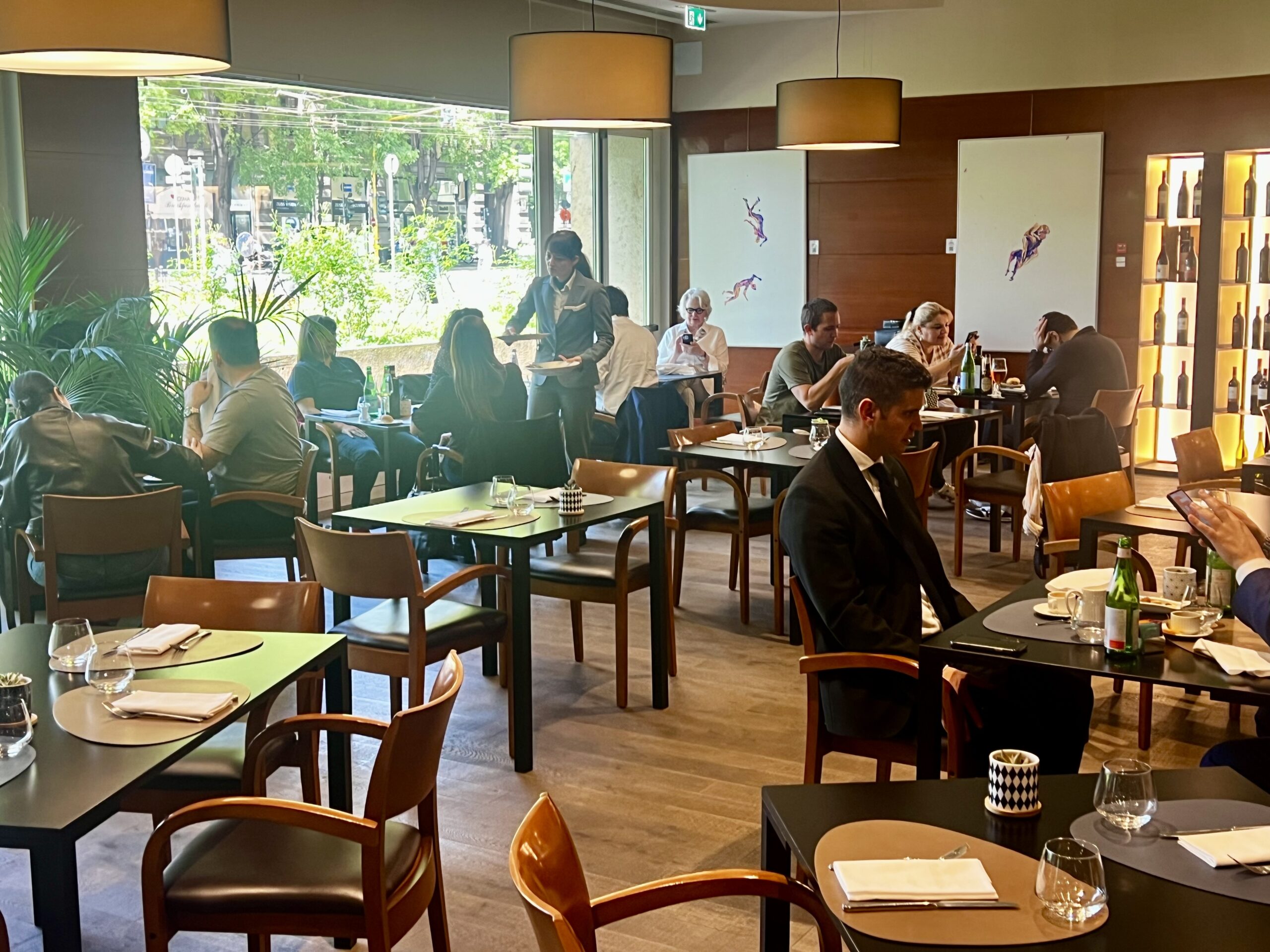
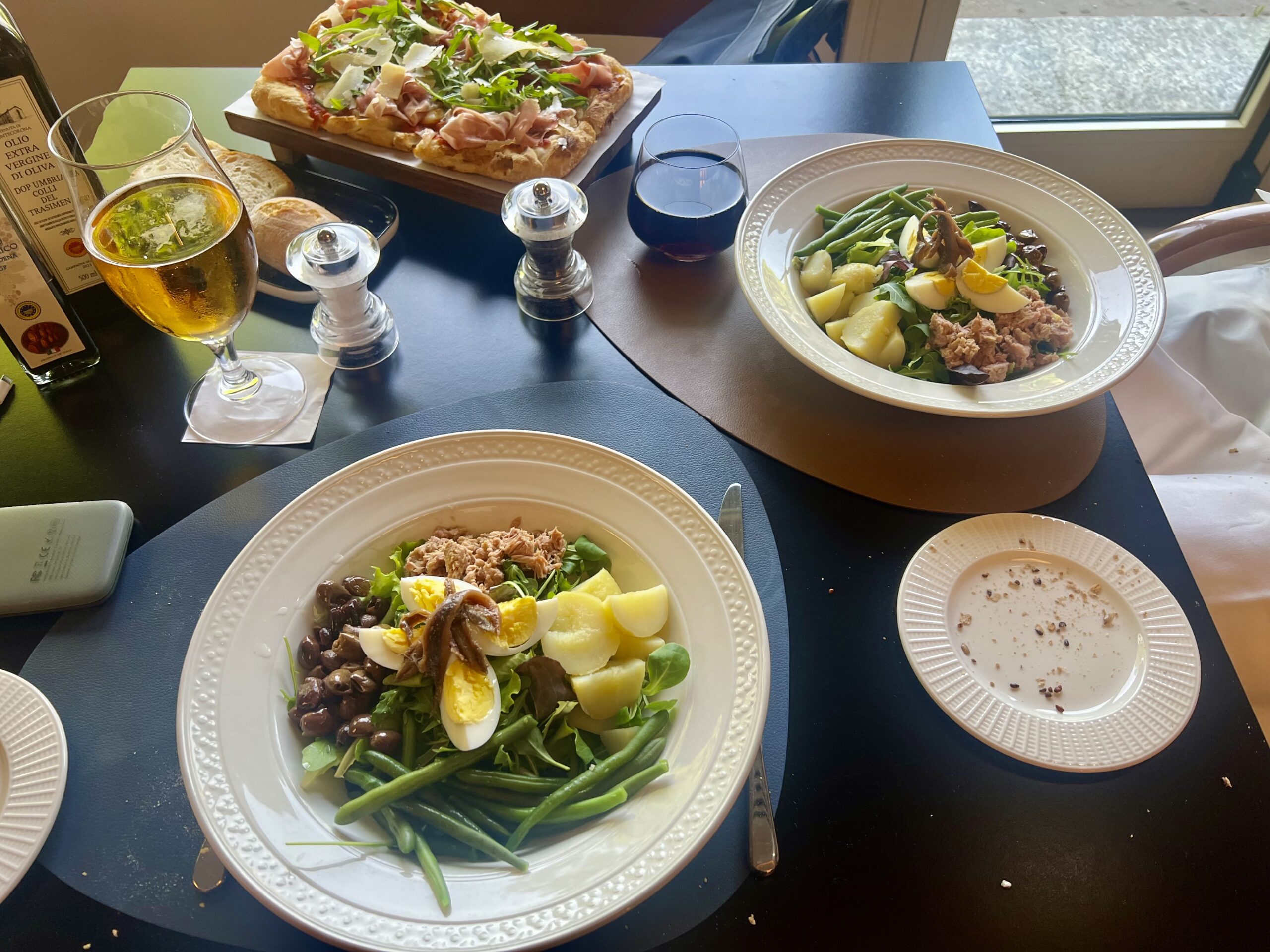
Castello Sforzesco
Dating from the 15th century, this was once the largest citadel in Europe. Extensively rebuilt in the late 1800s, it houses city museums with extensive collections including art, sculpture, weapons, and musical instruments. The density of people flowing through the castle gate reminded us of the portal into Dubrovnik.
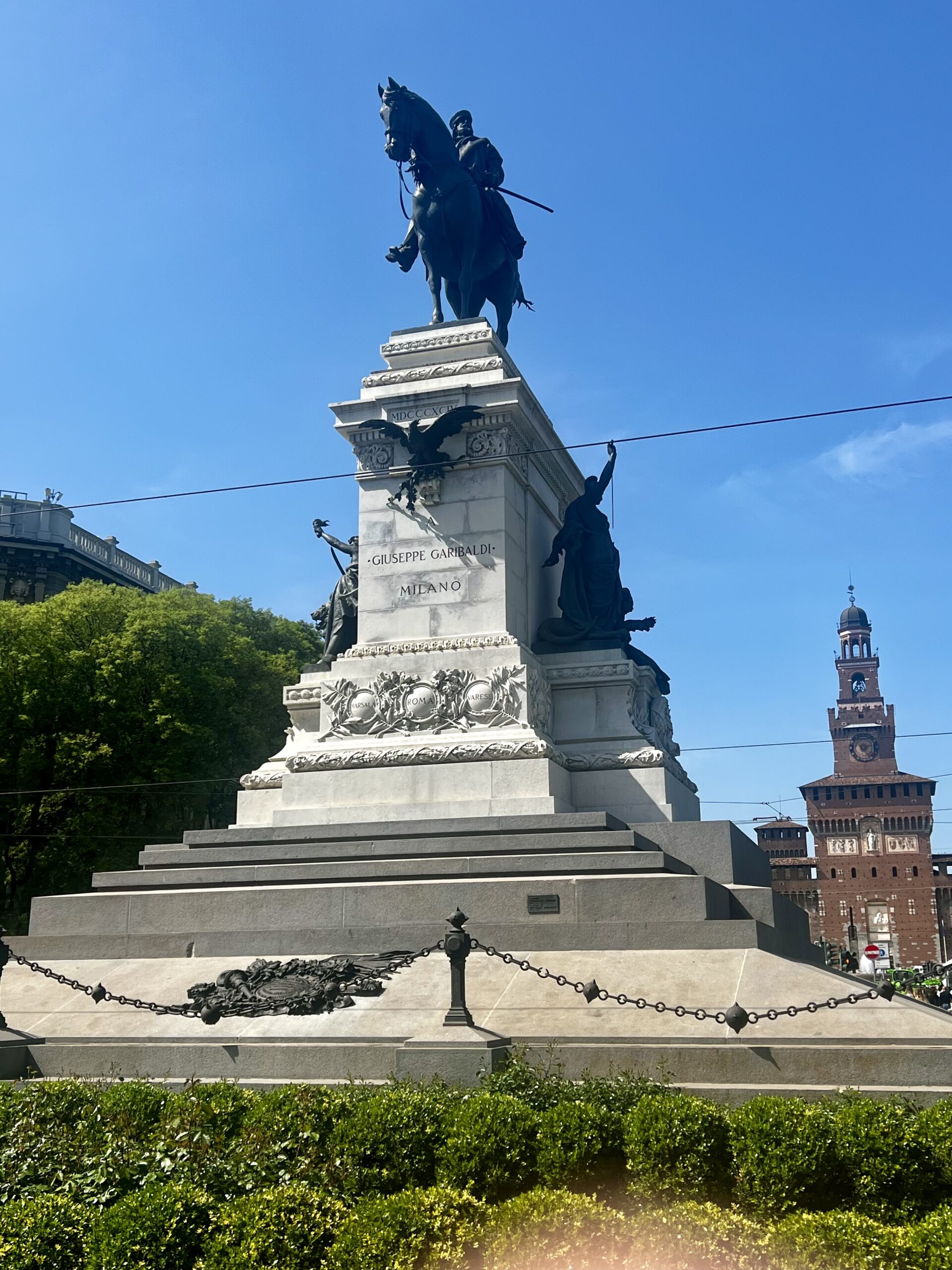
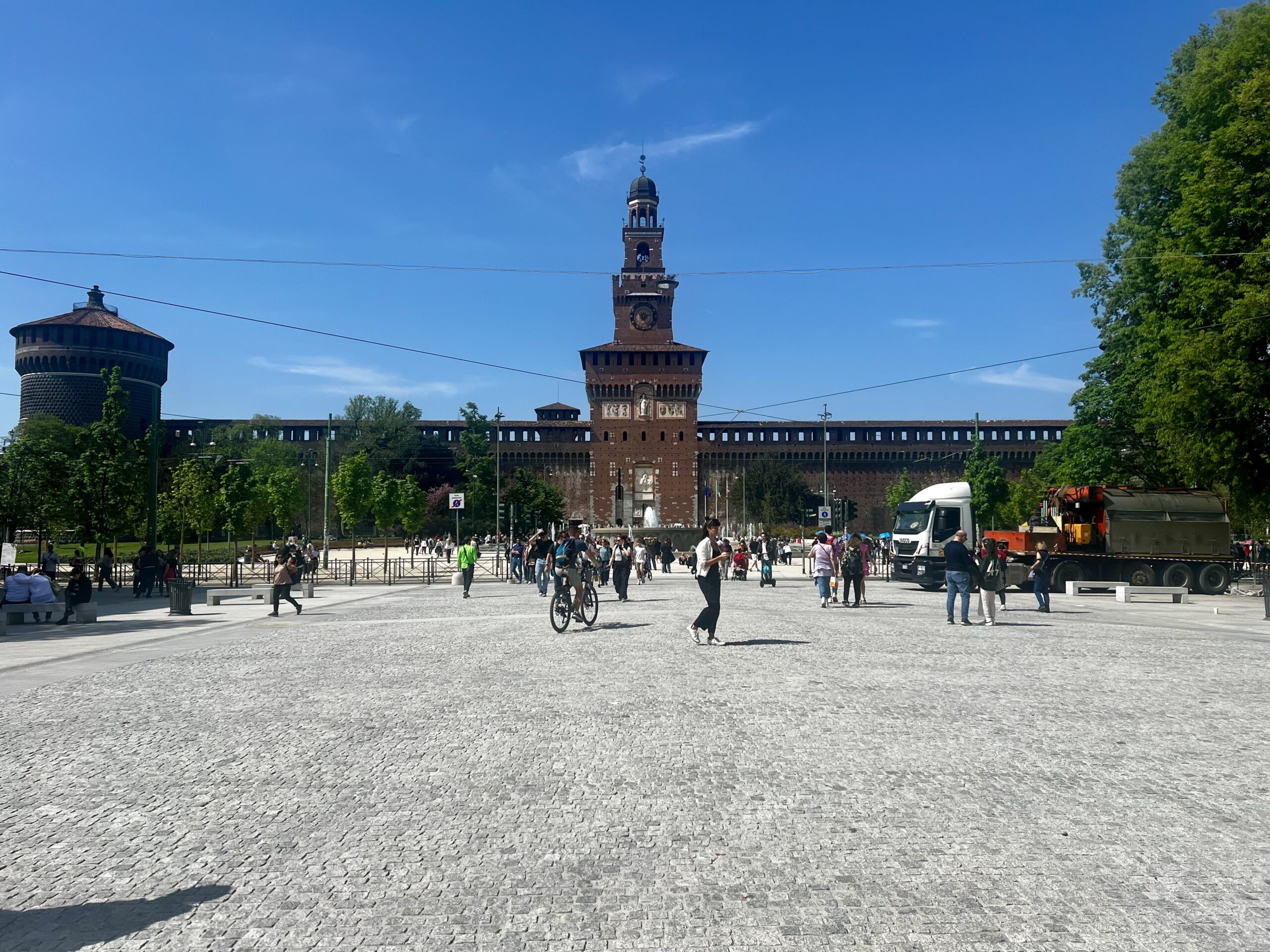
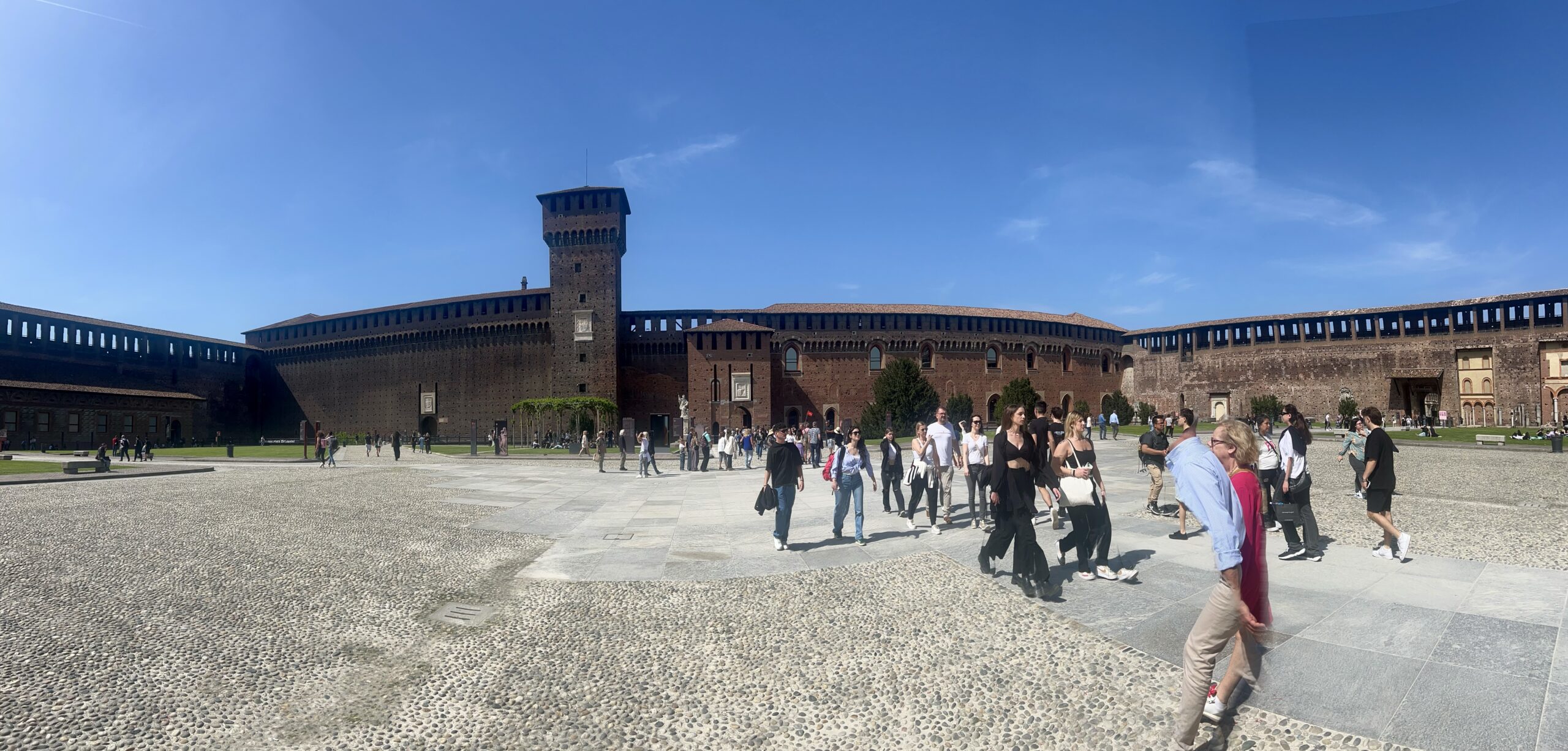
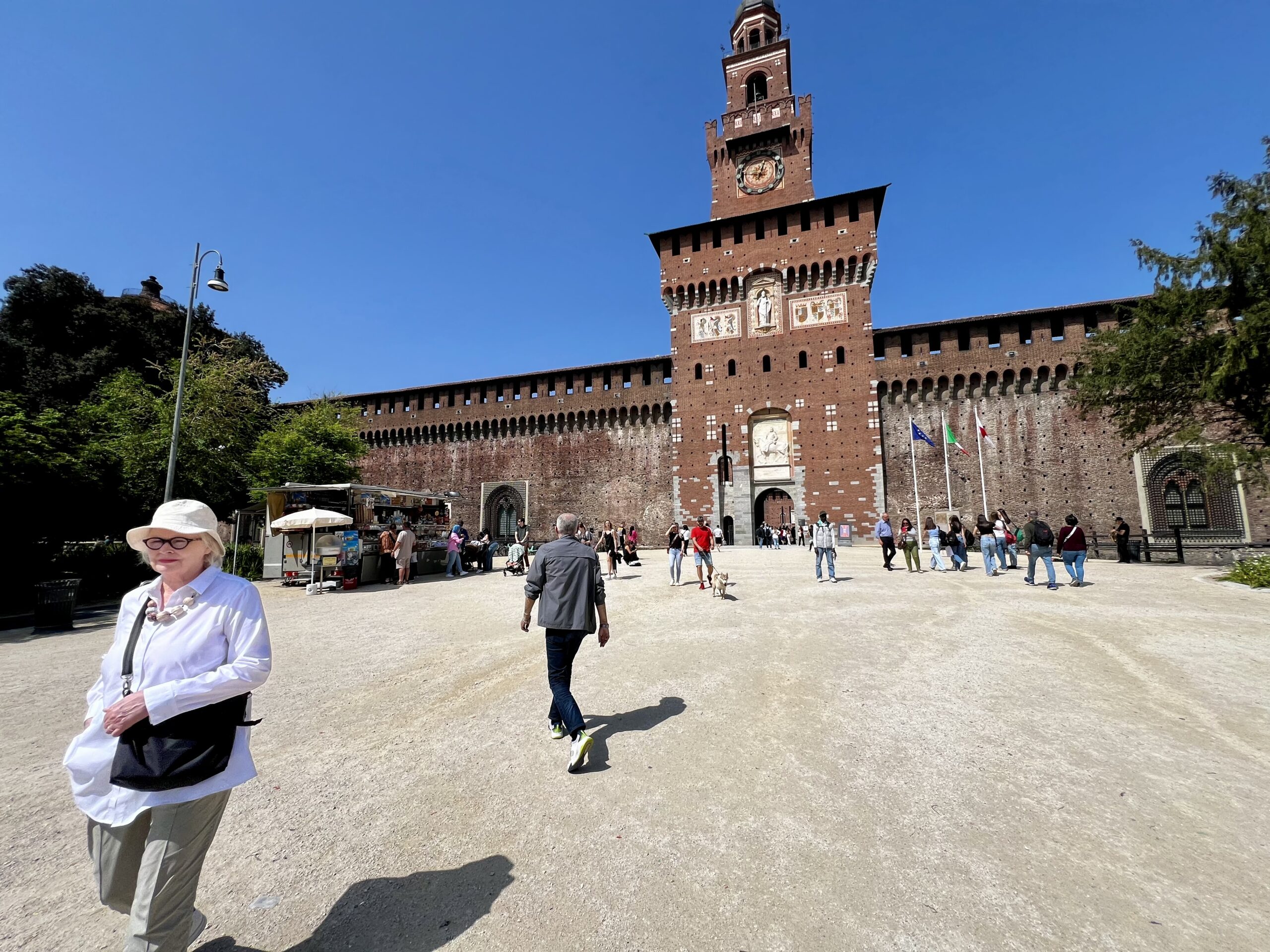
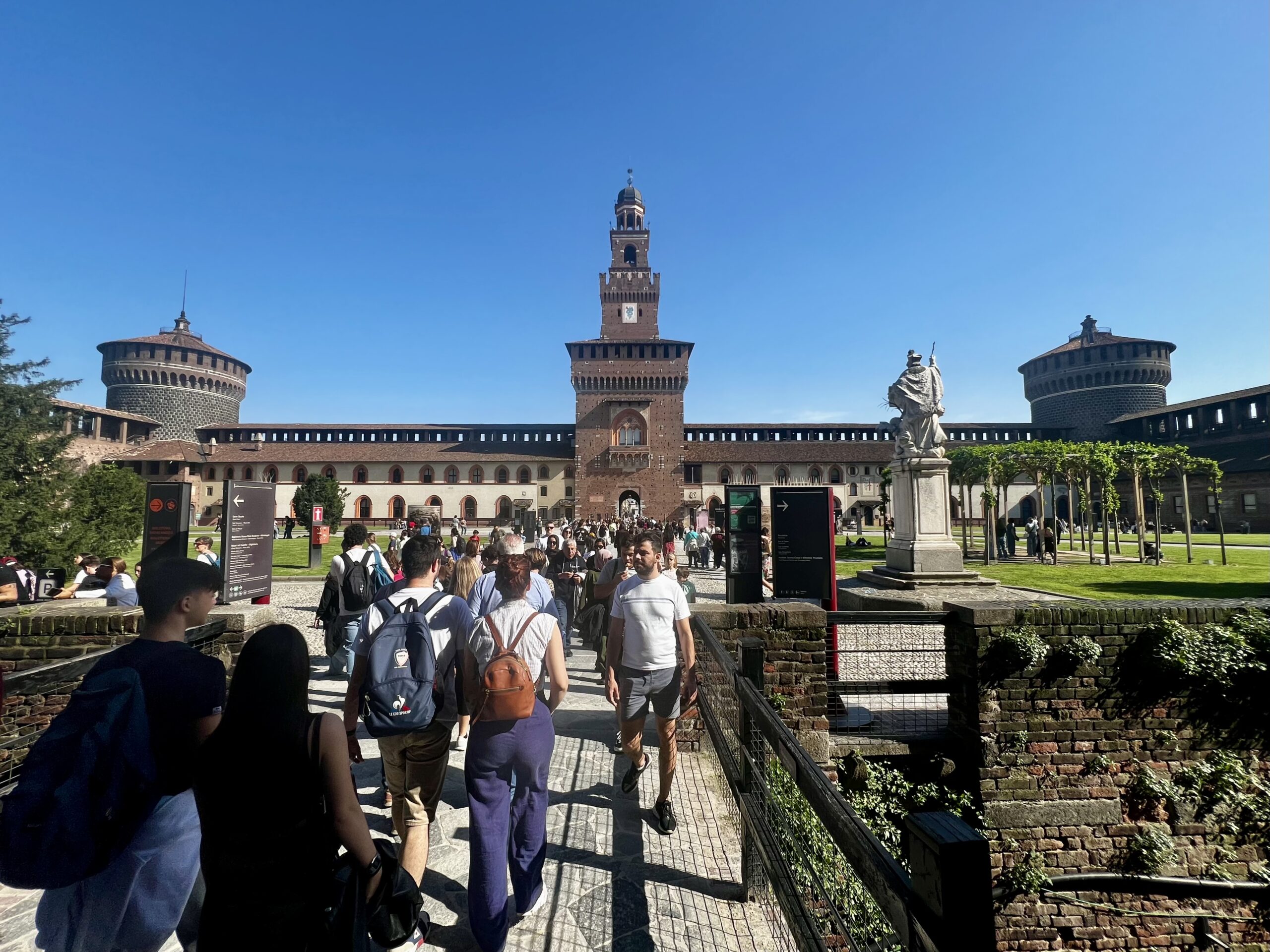
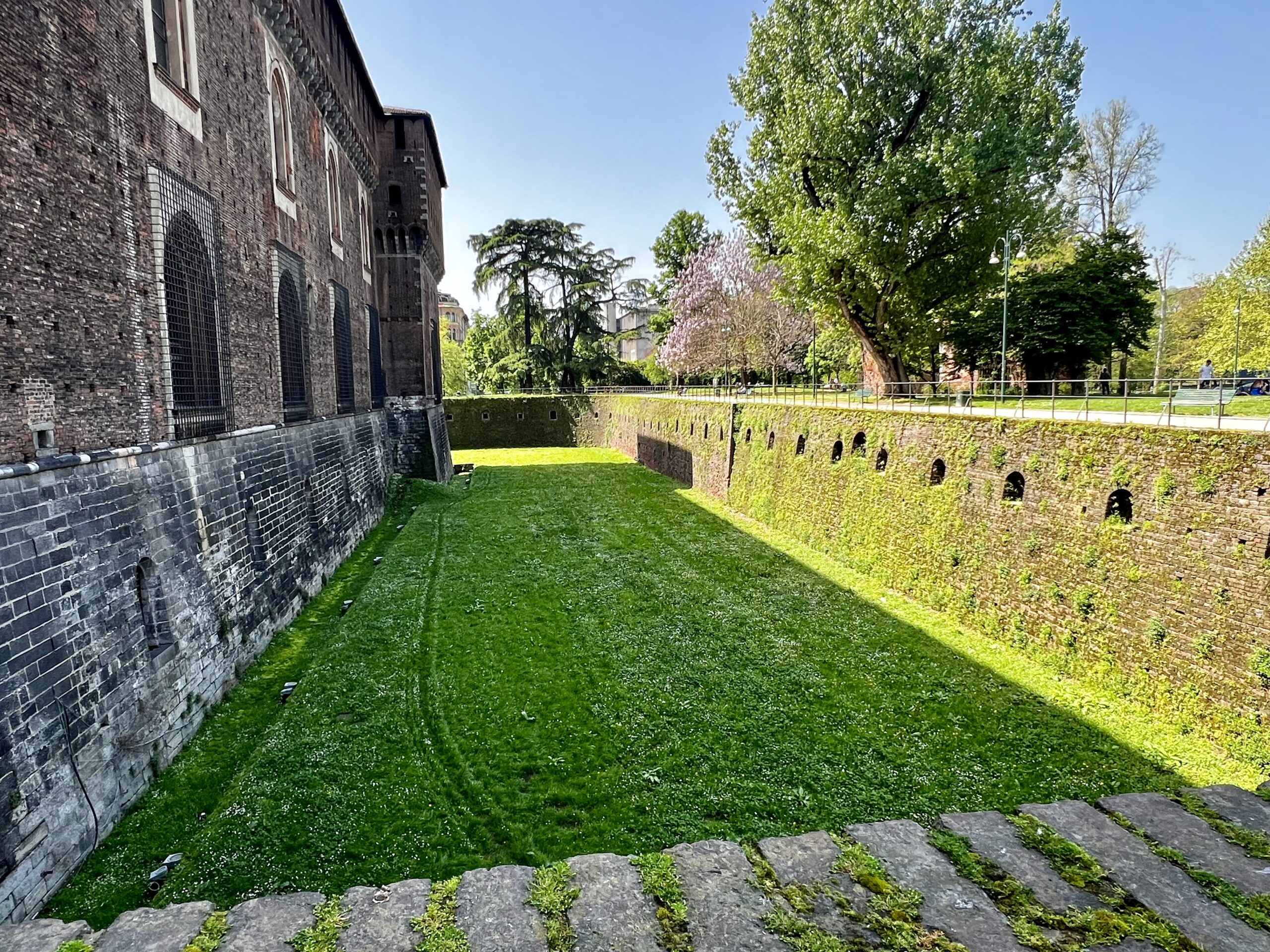
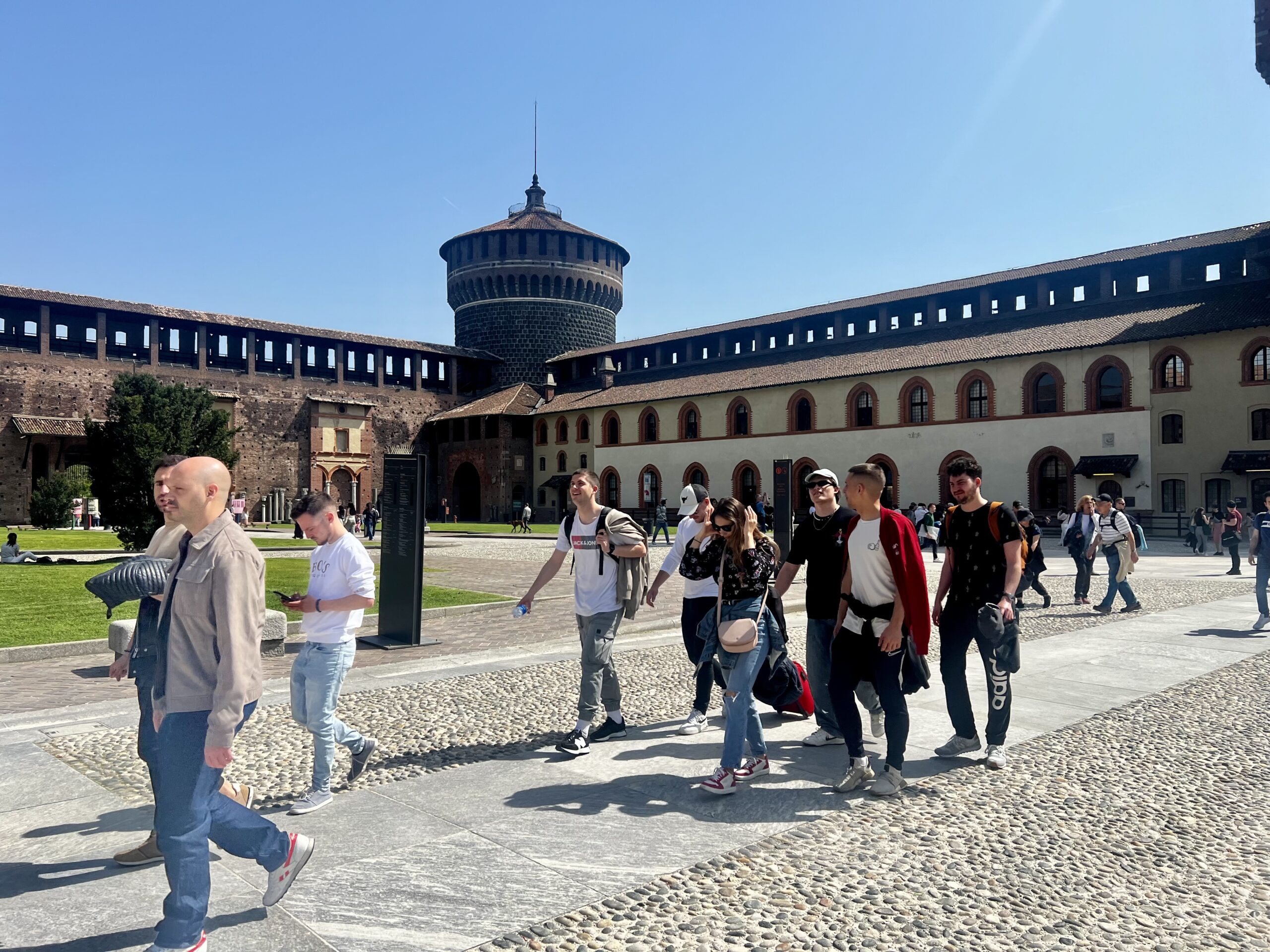
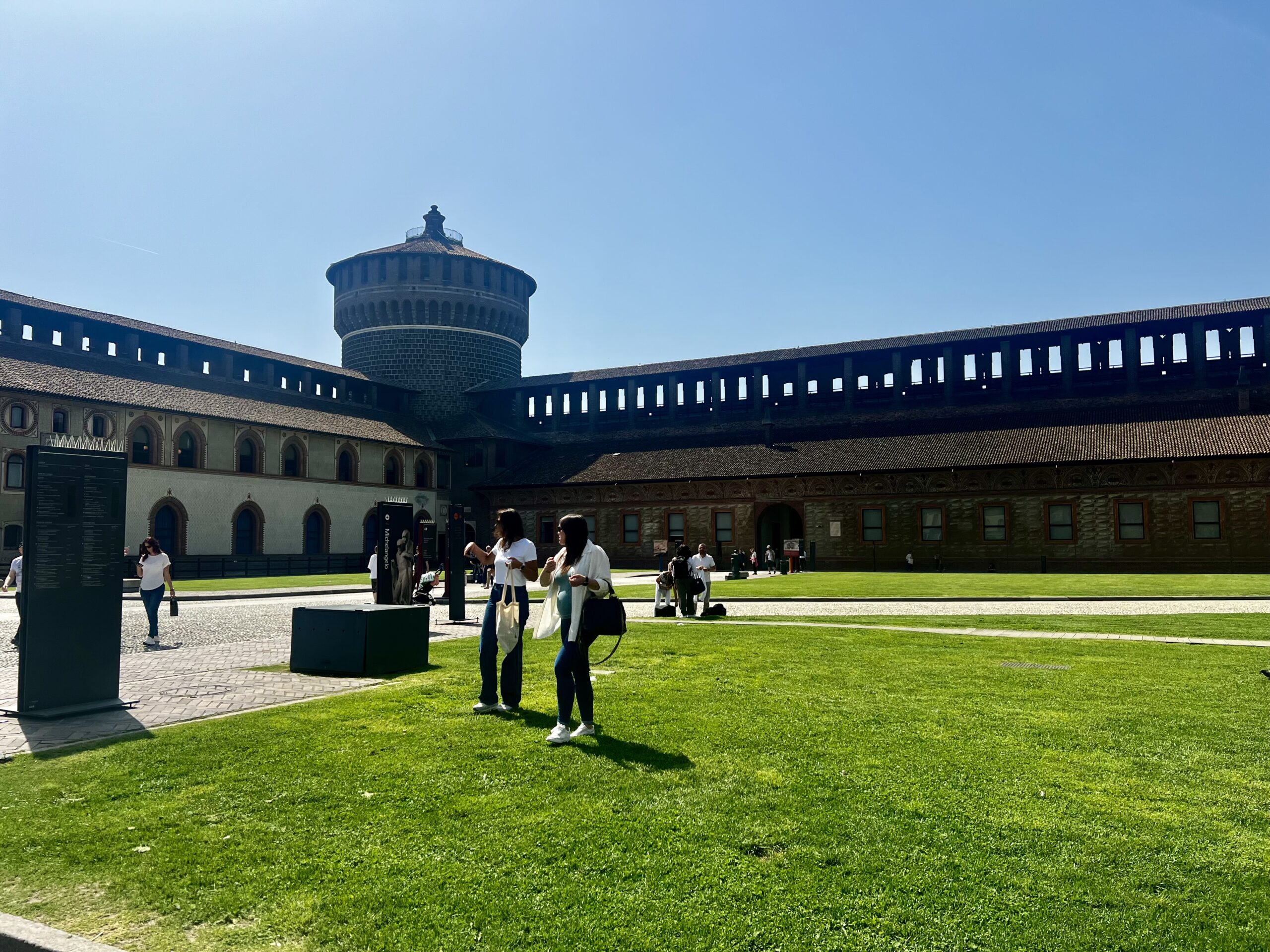
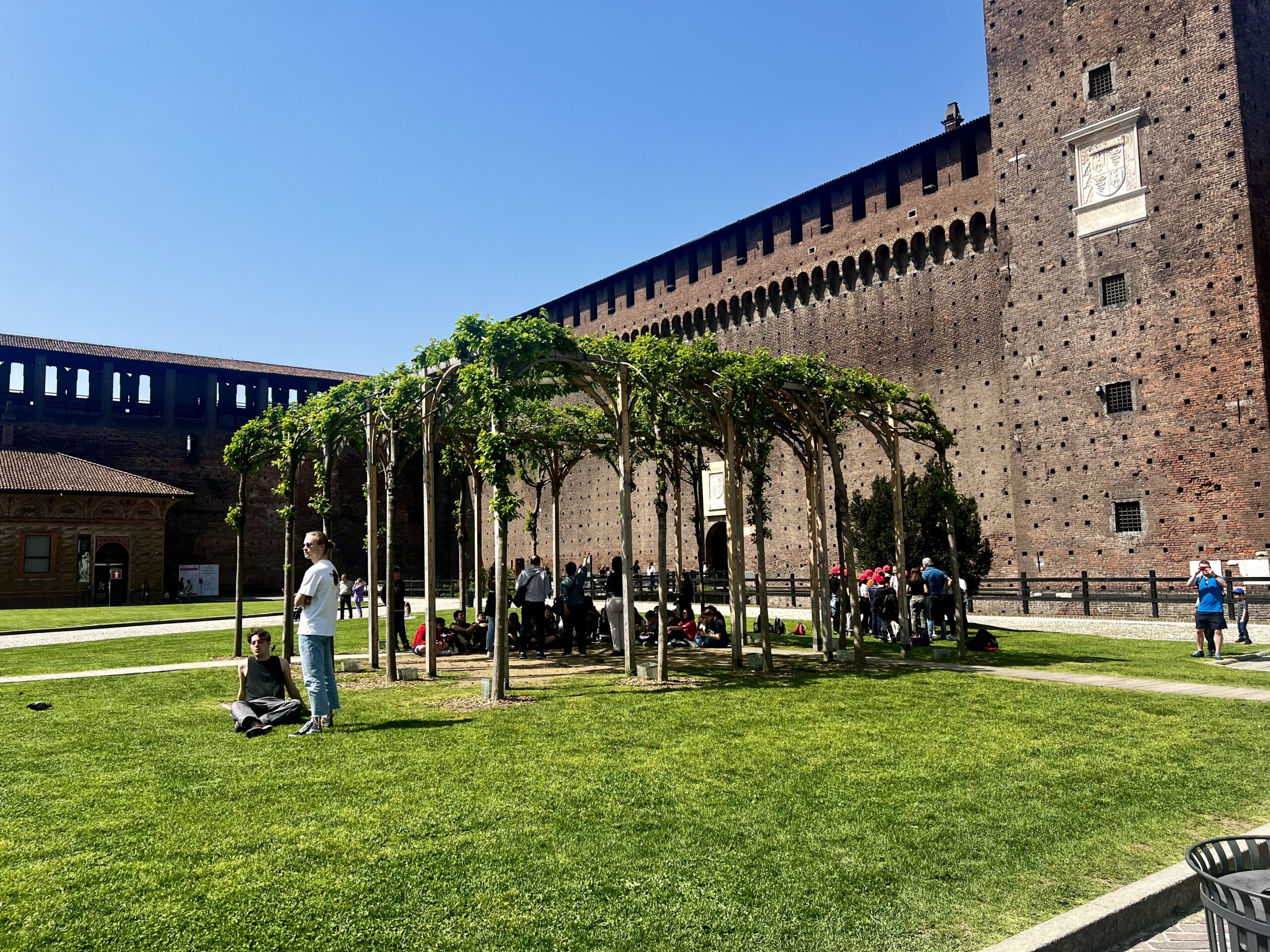
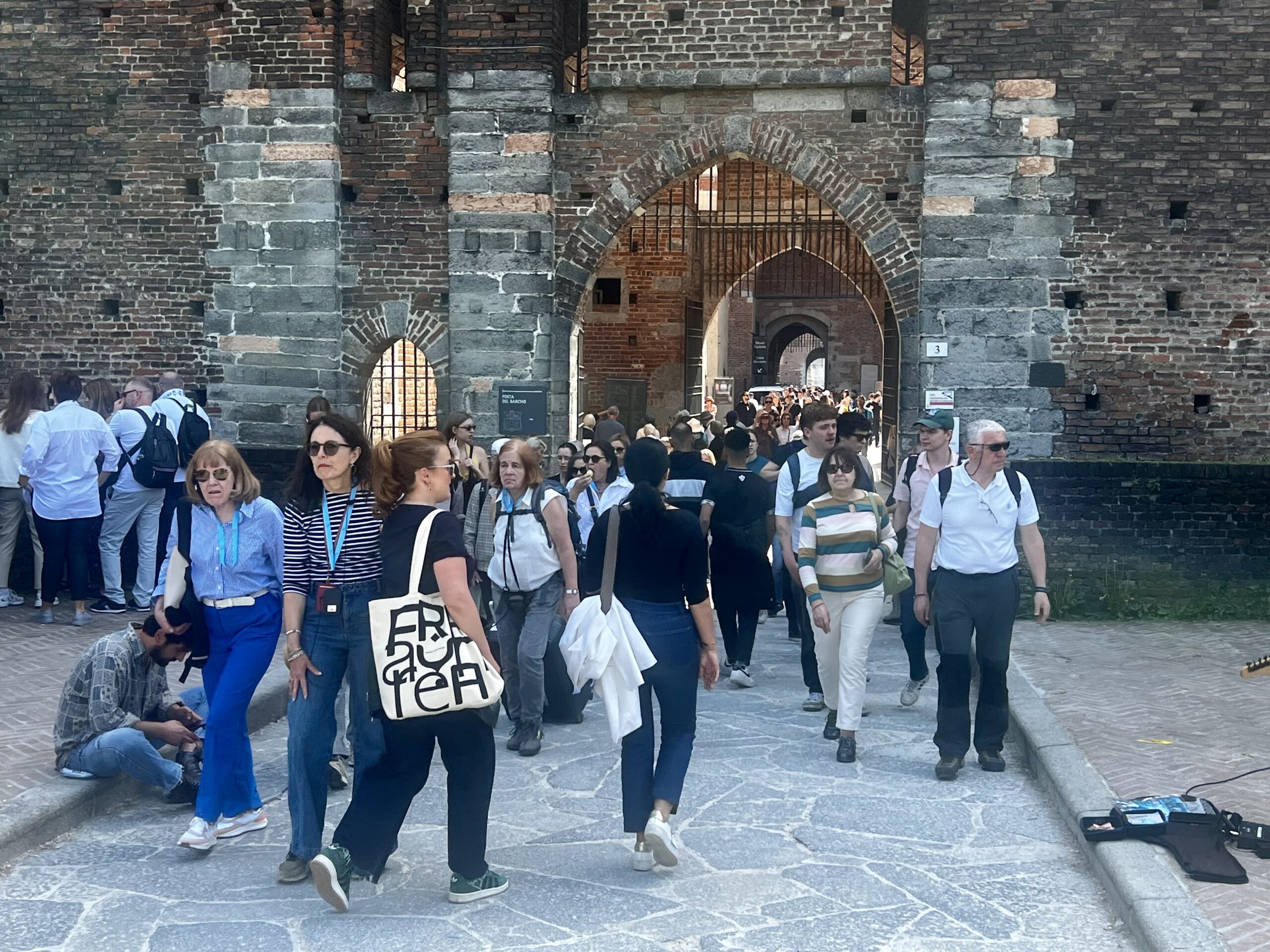
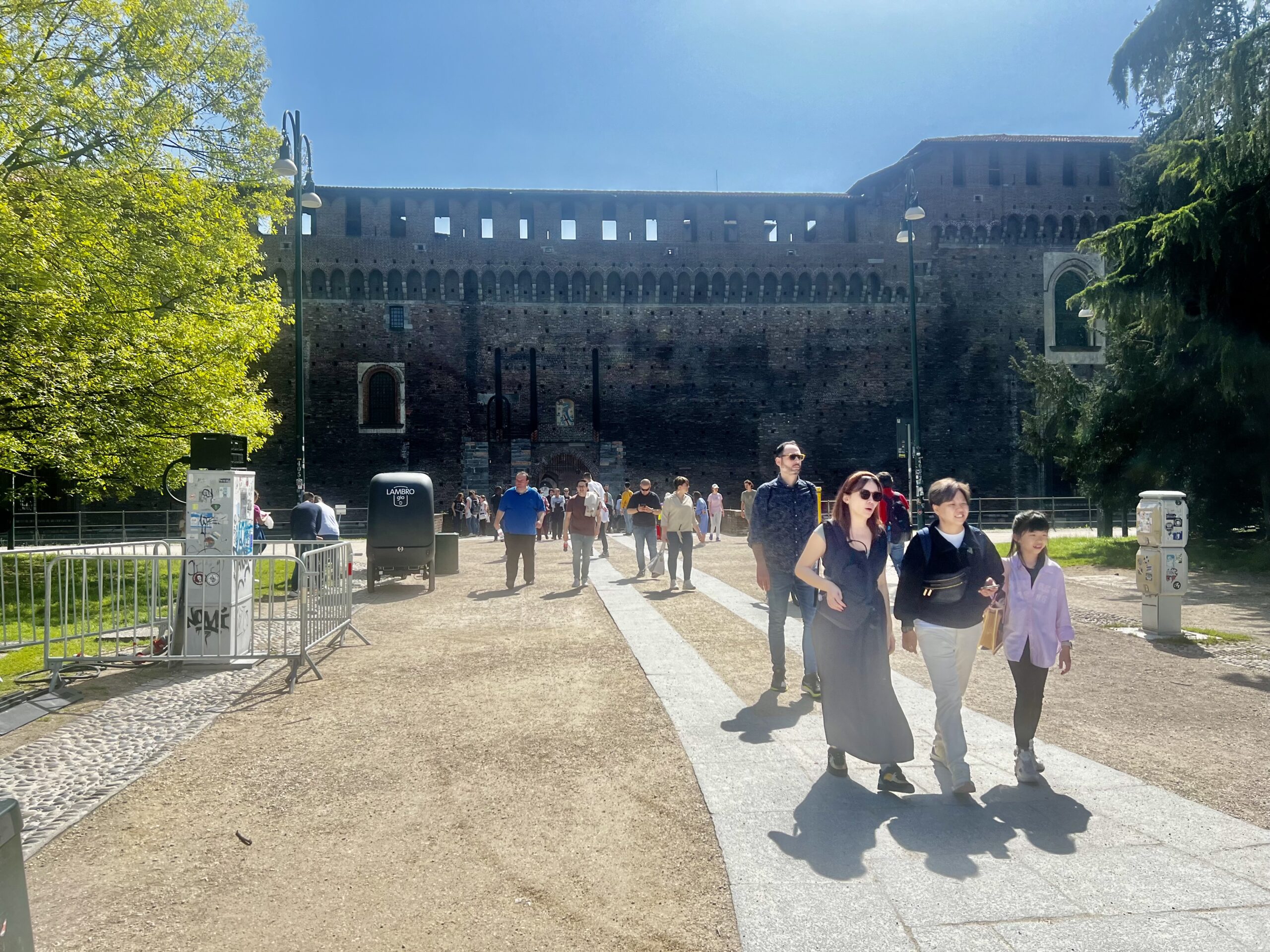
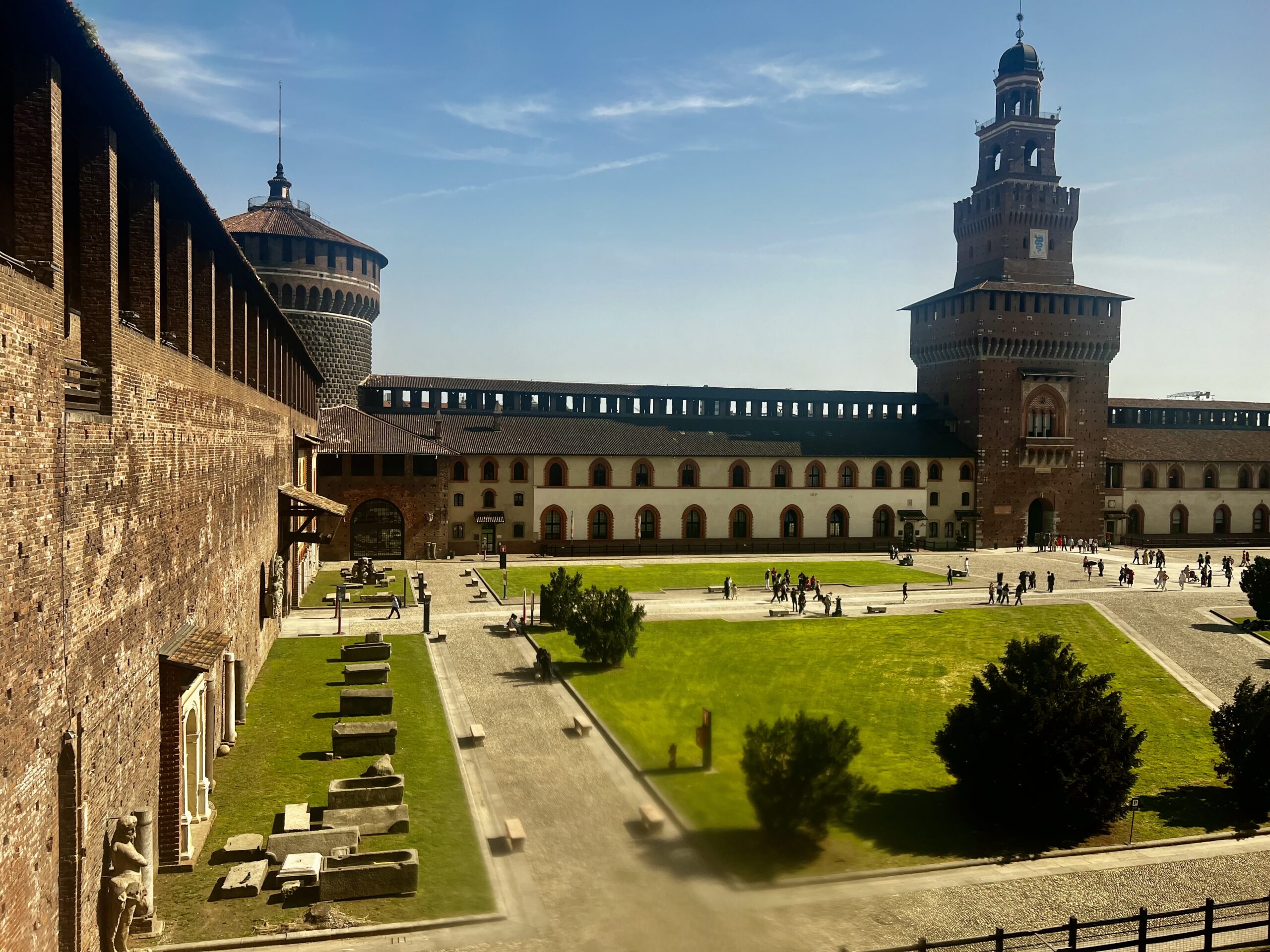
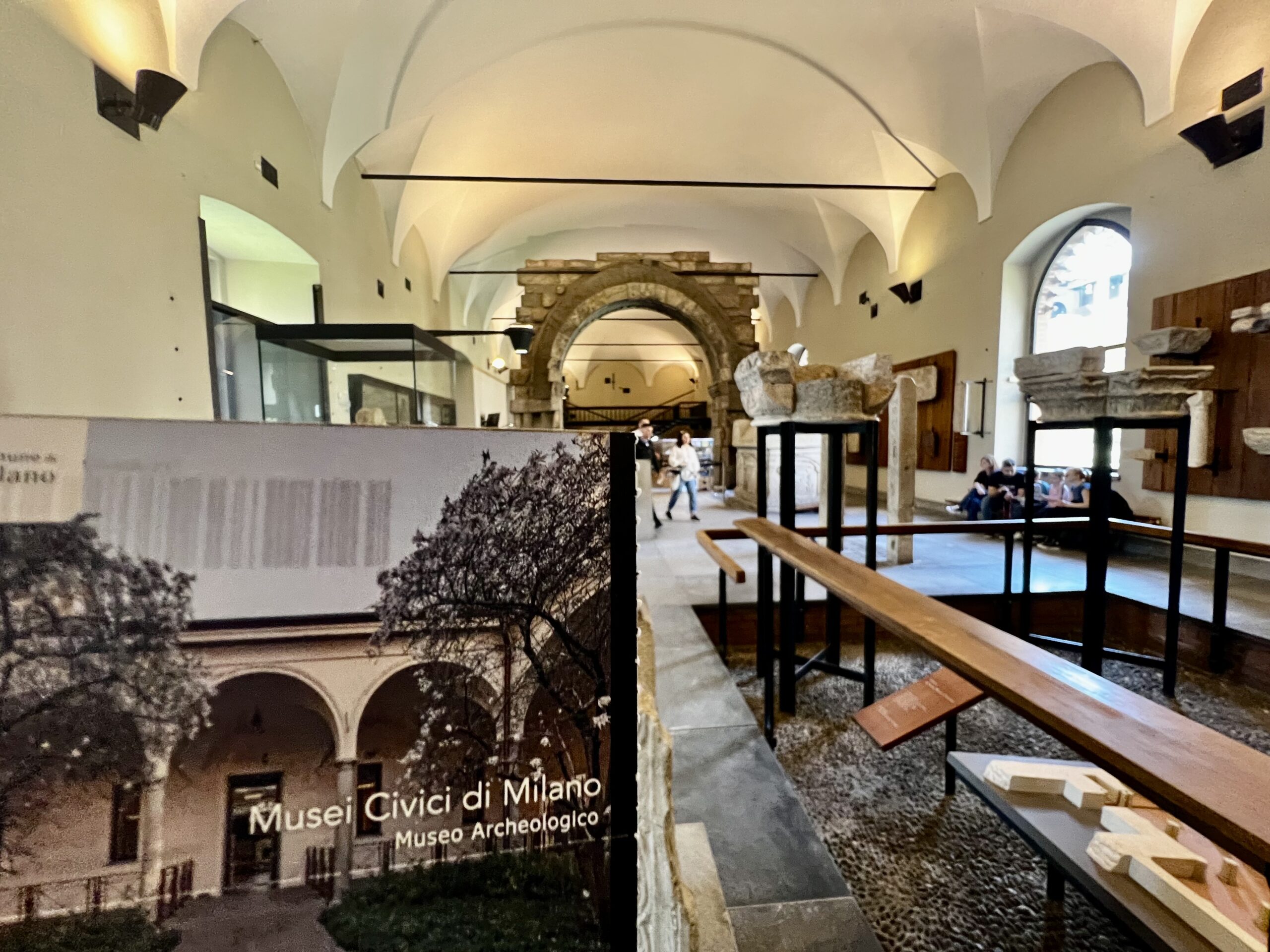
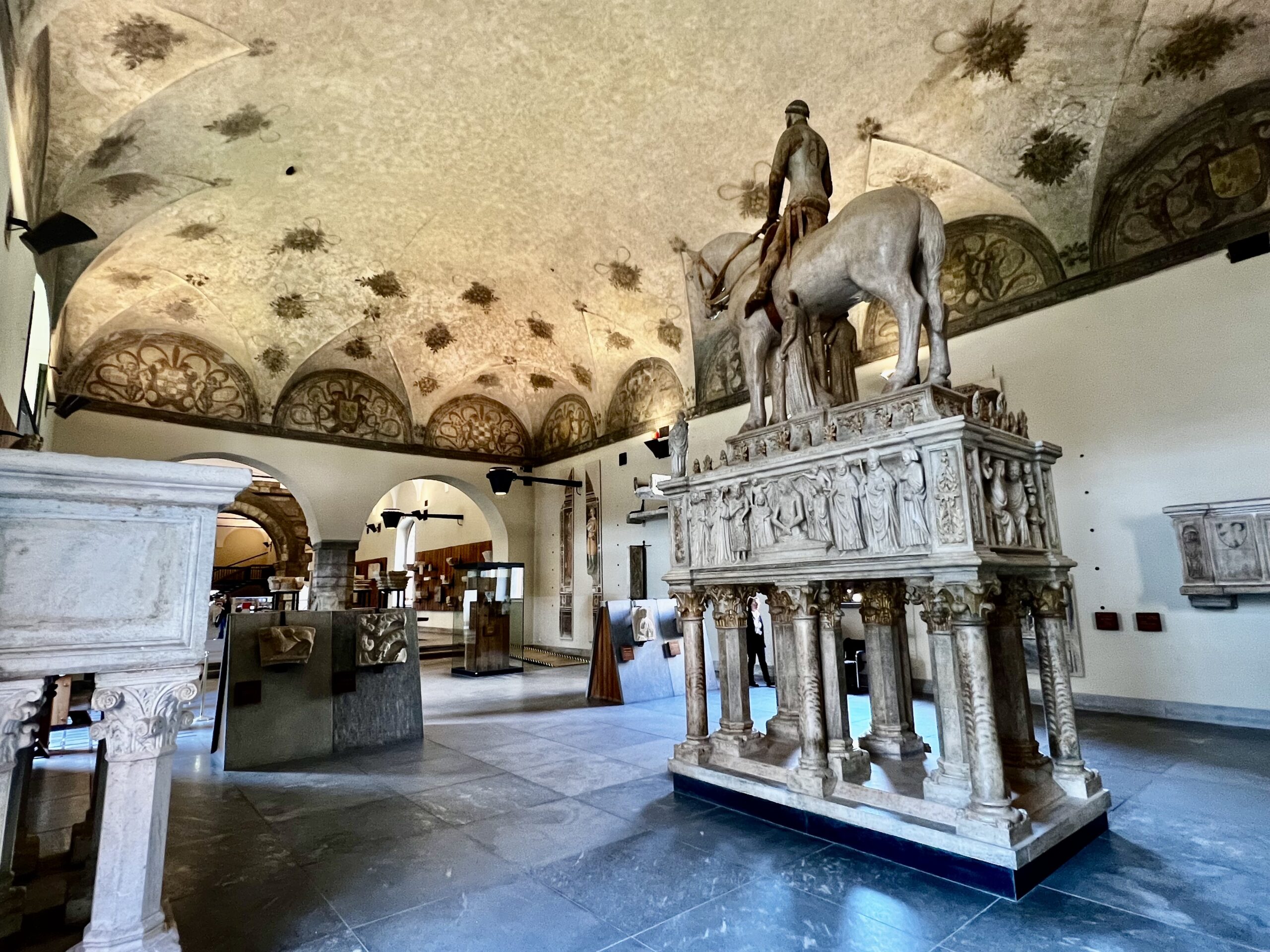


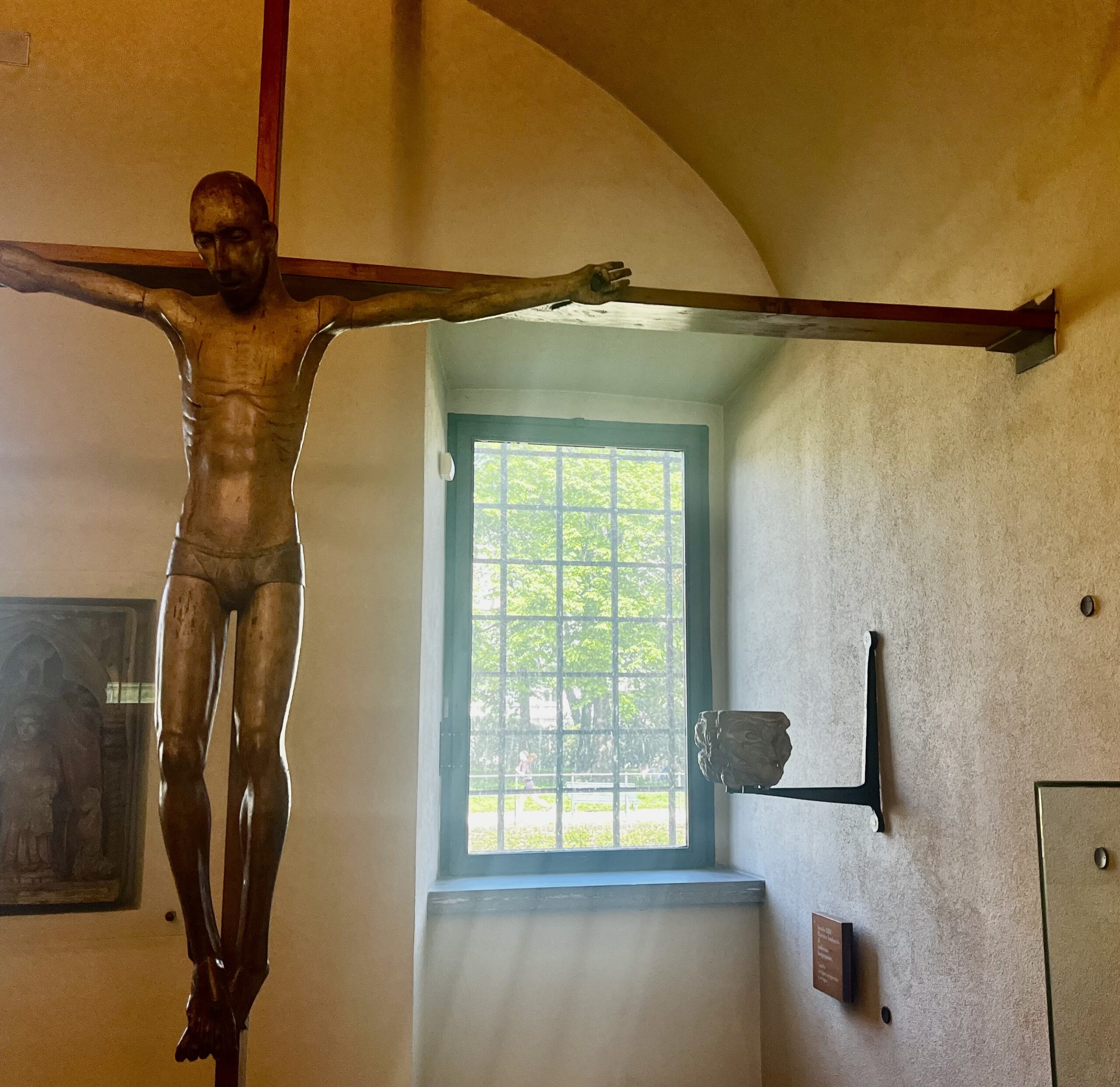
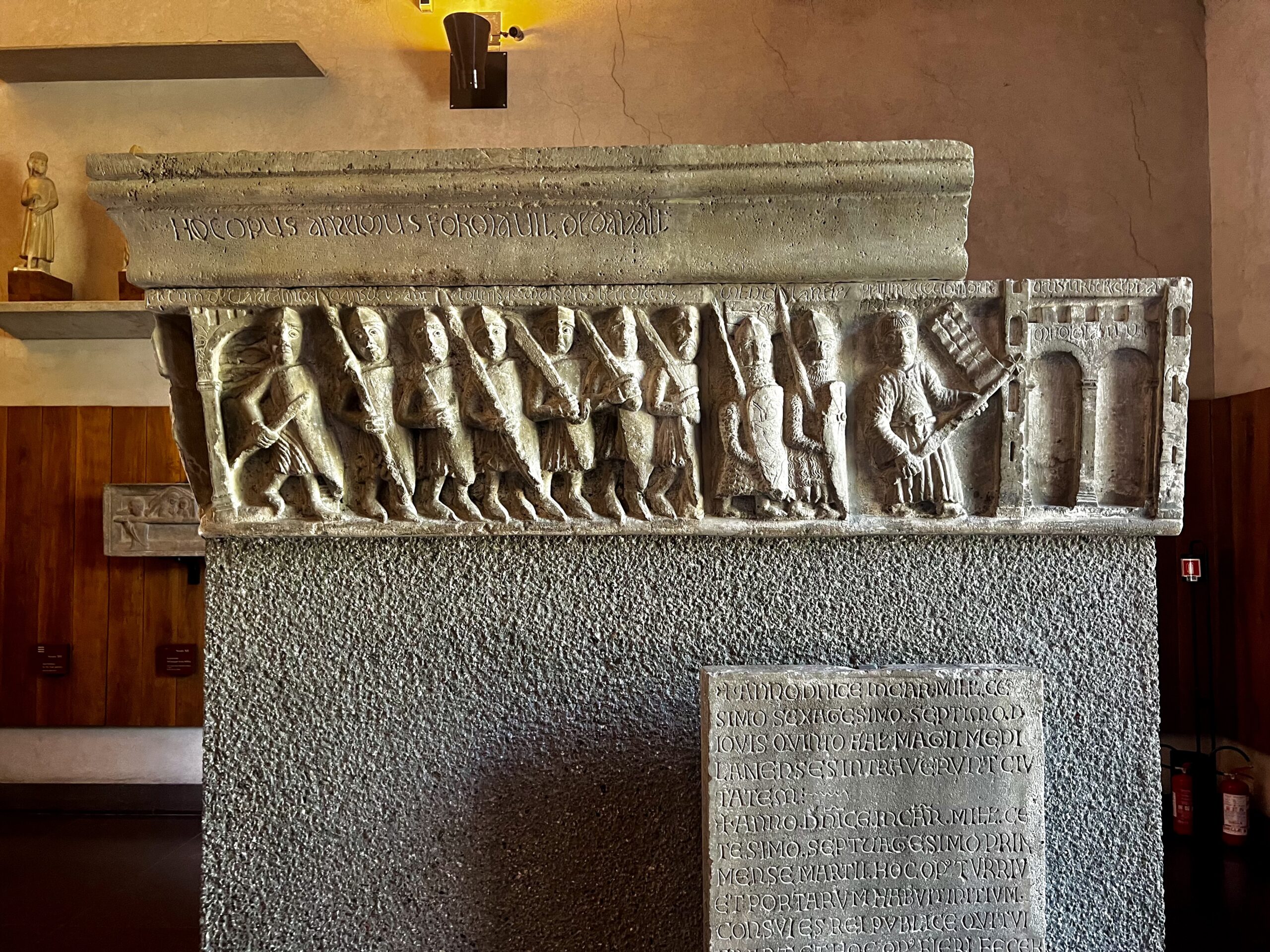
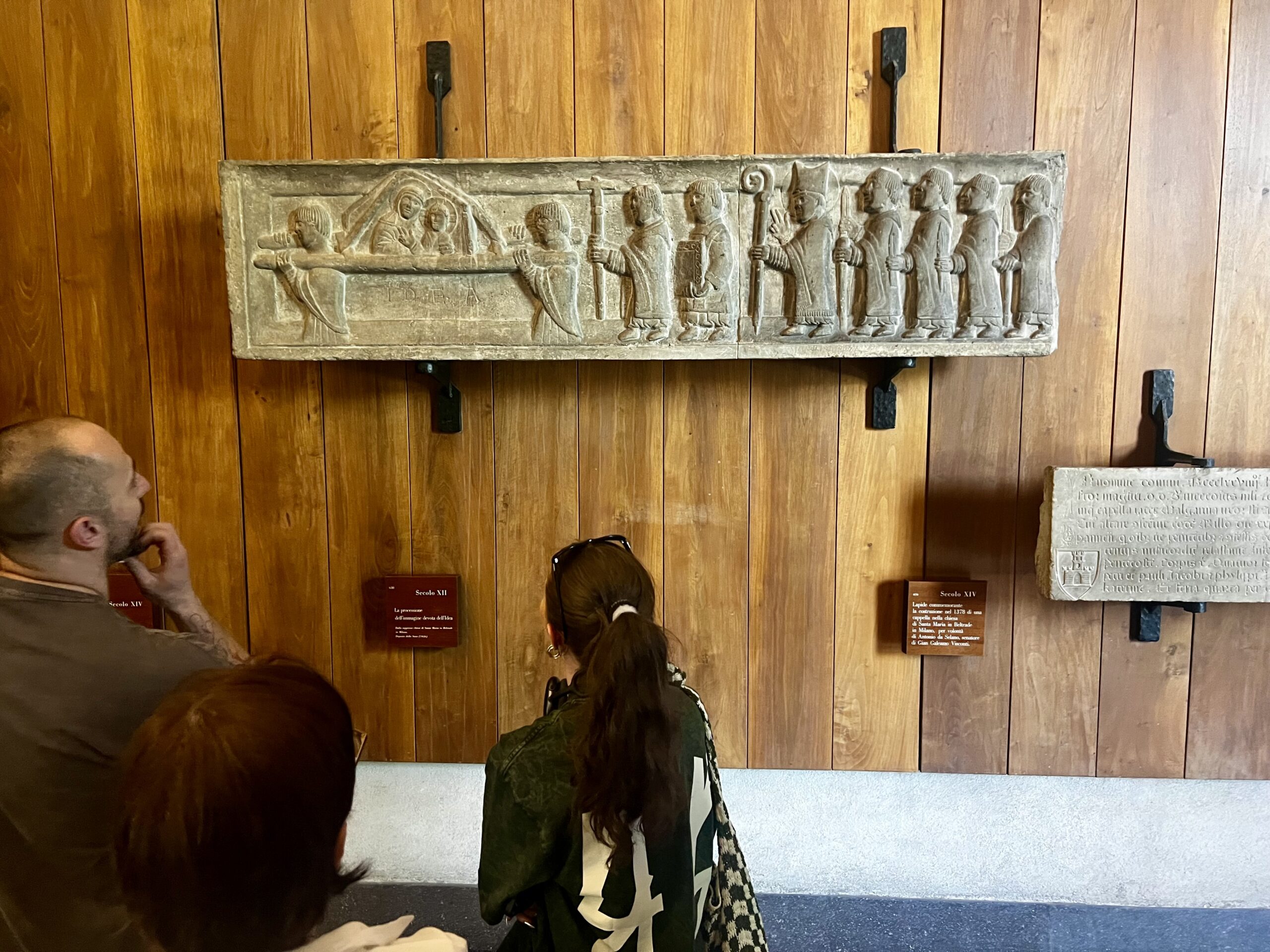
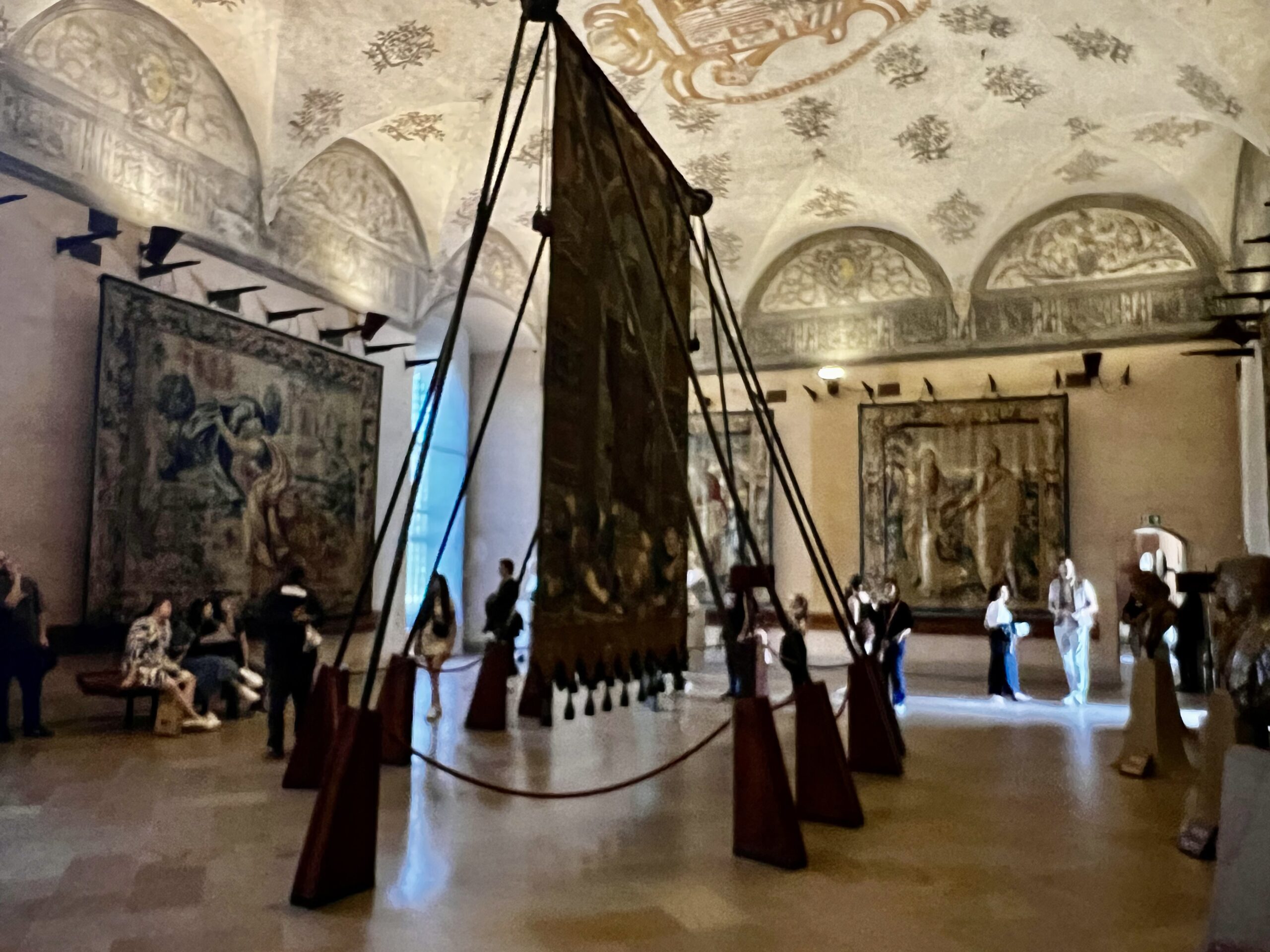
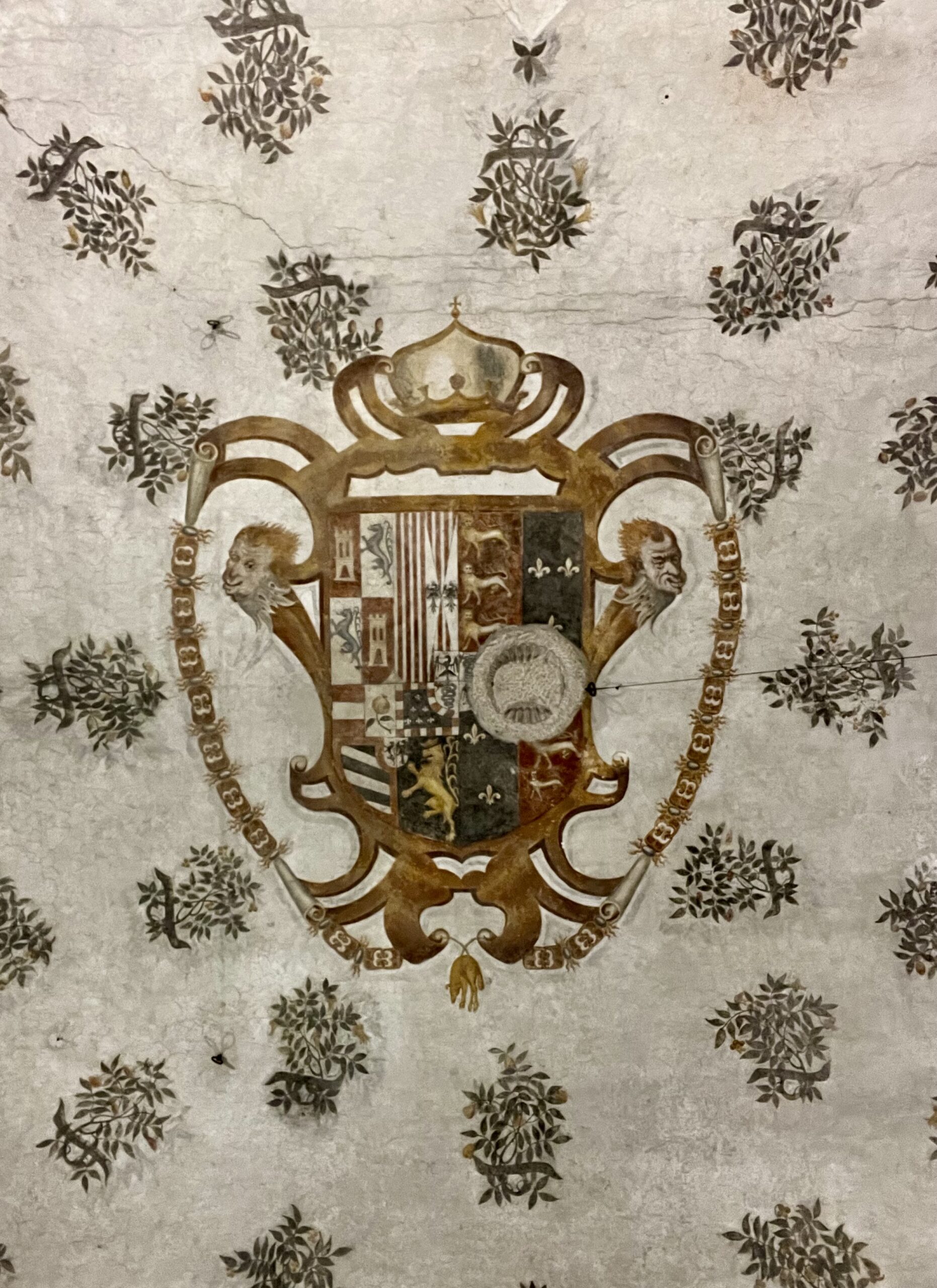
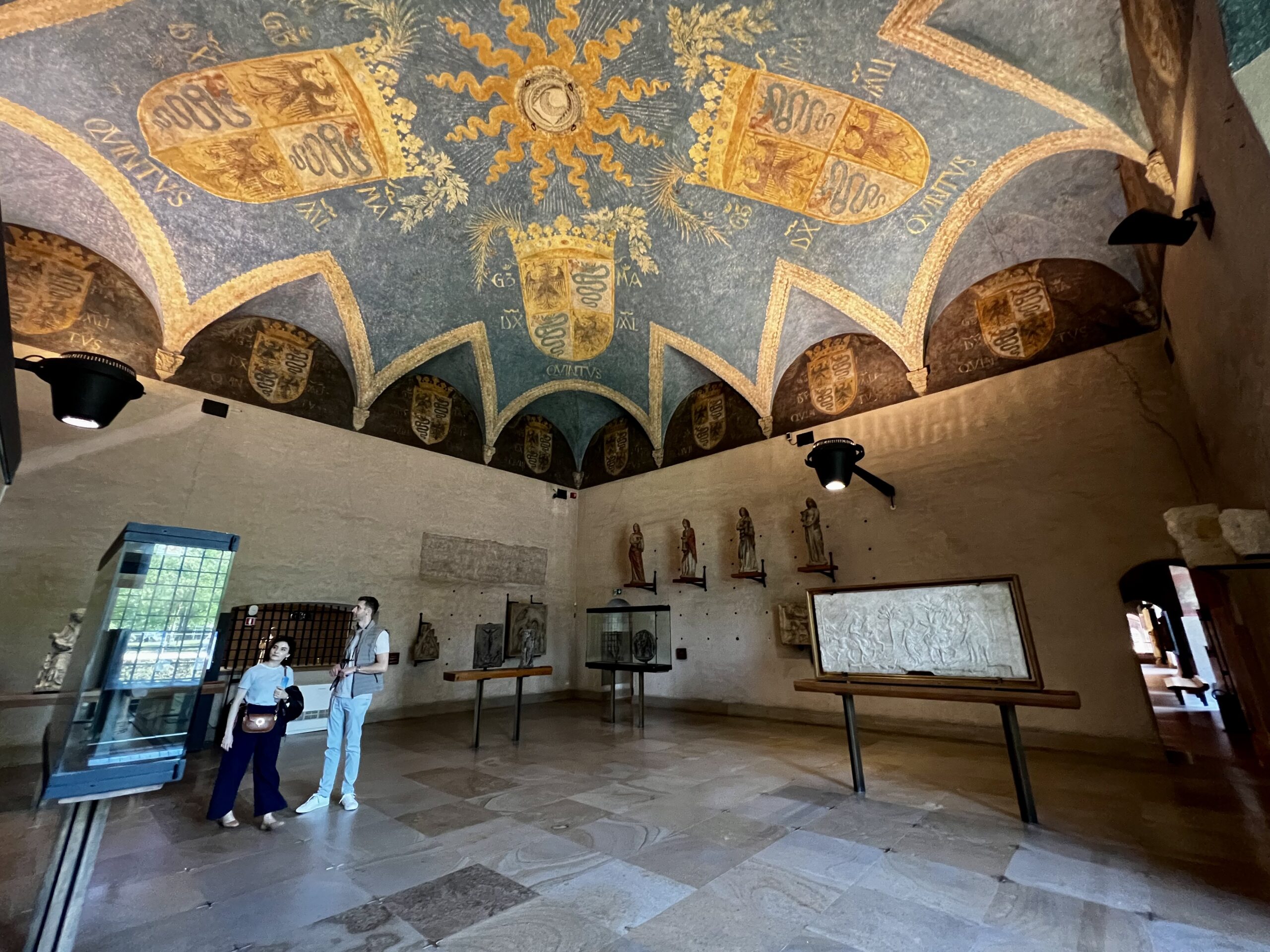
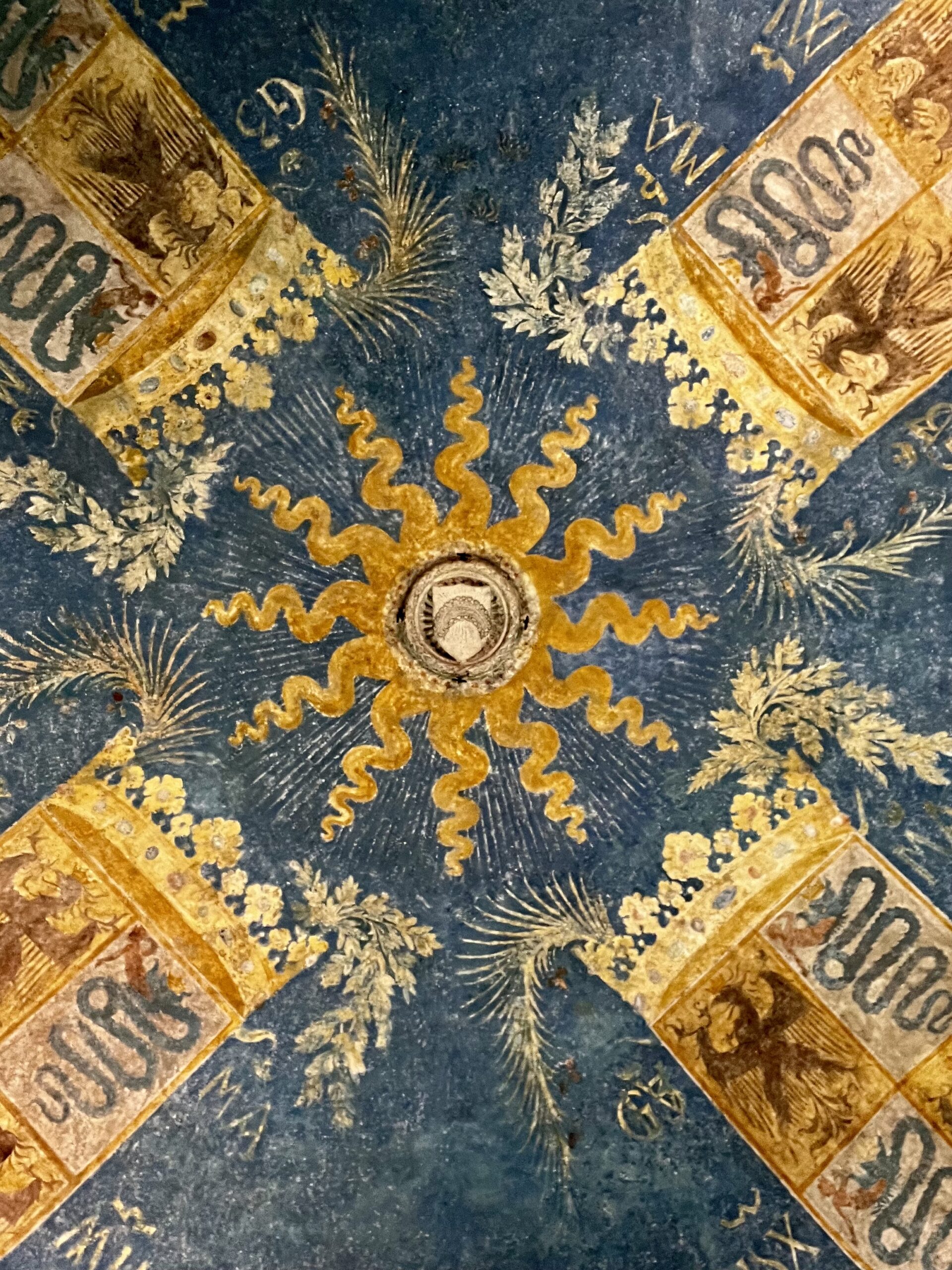
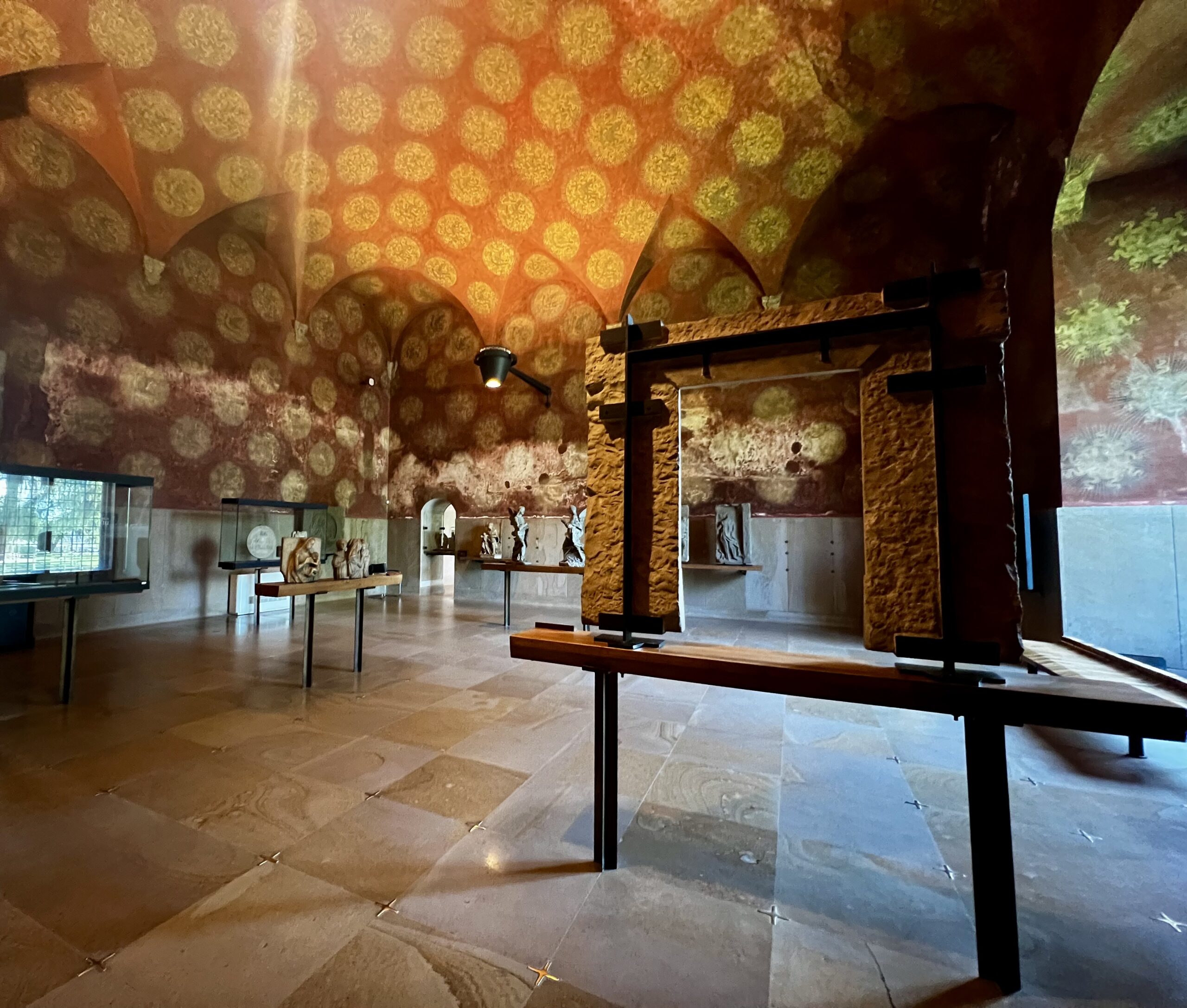
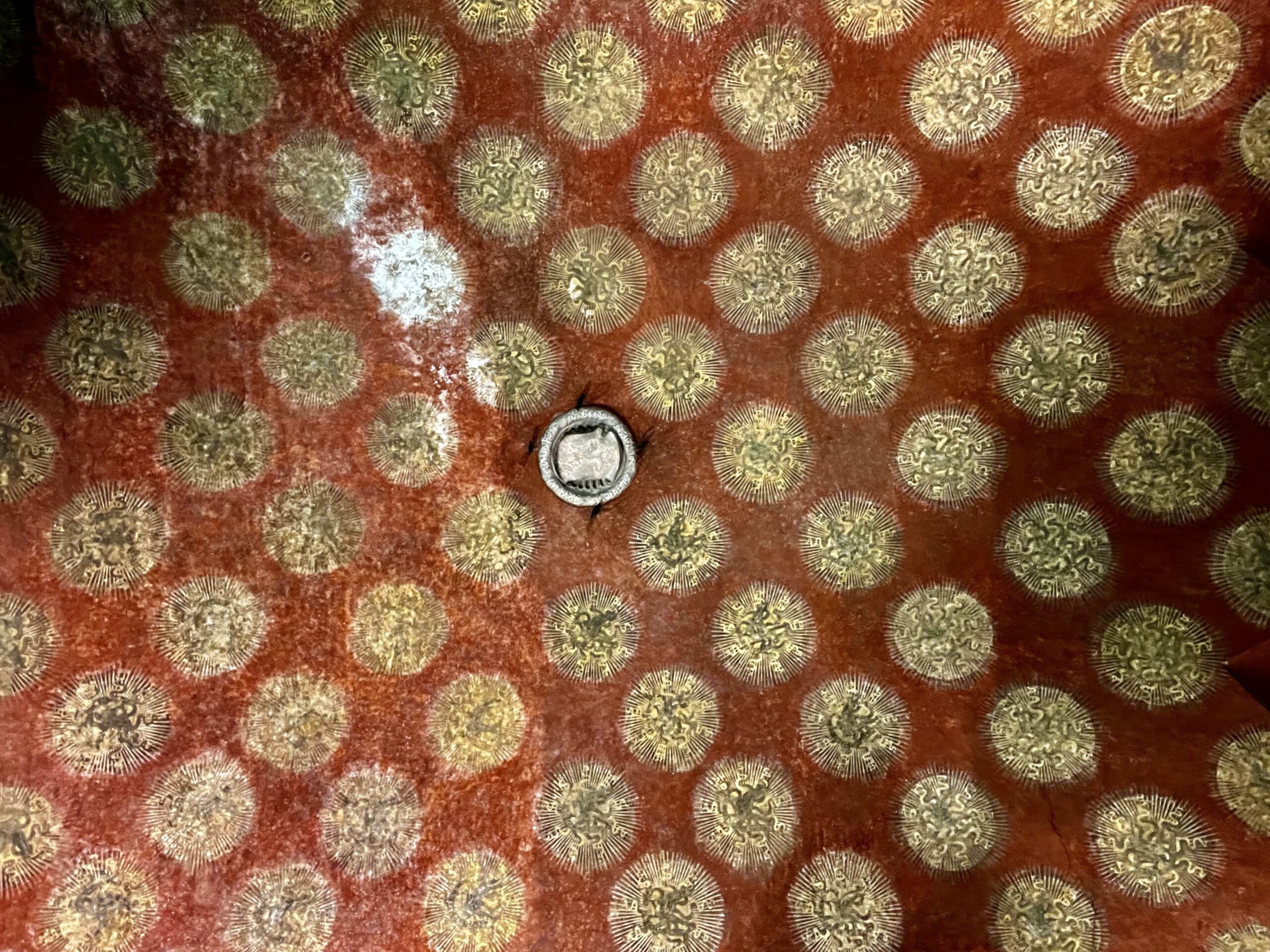
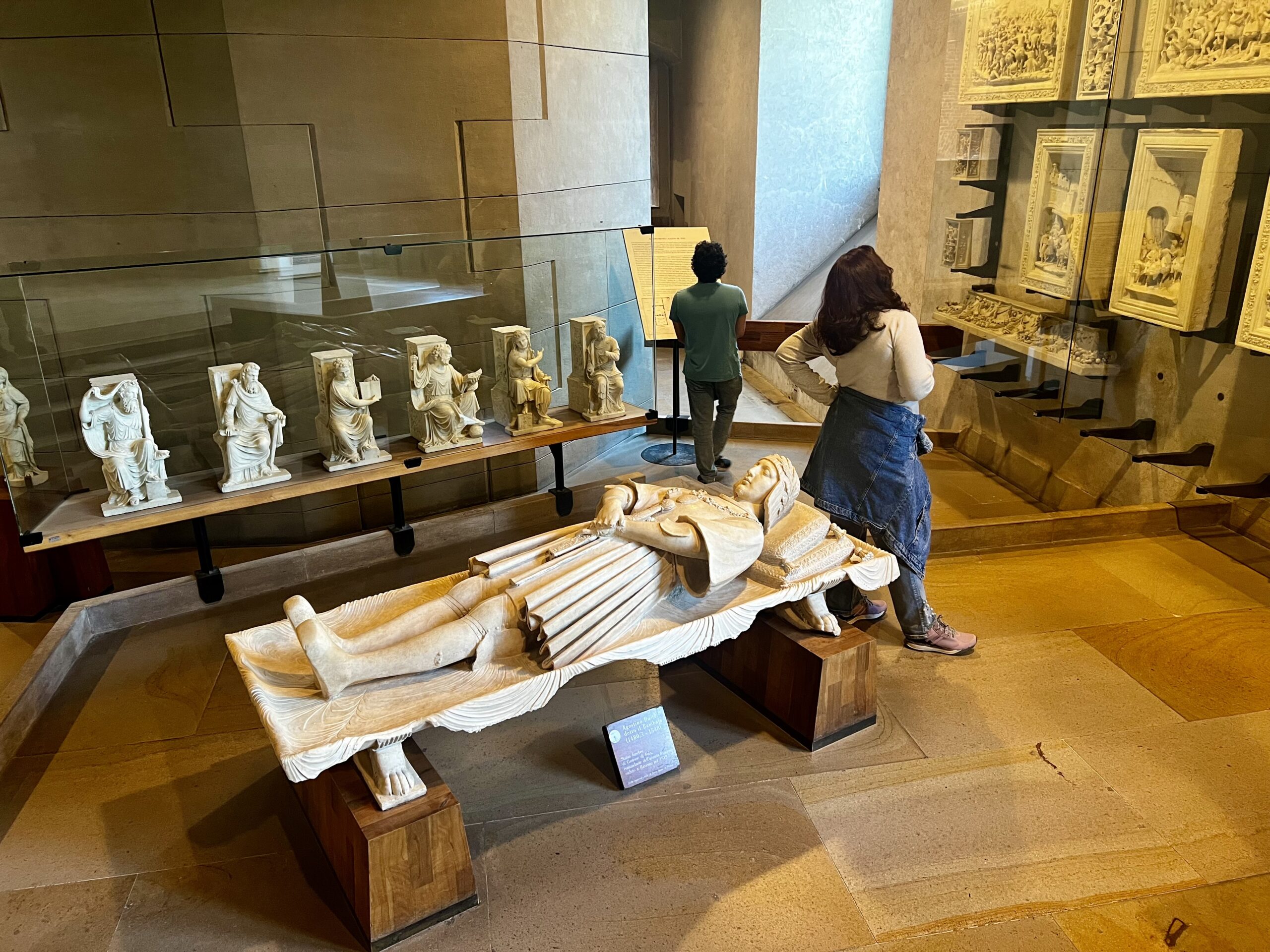
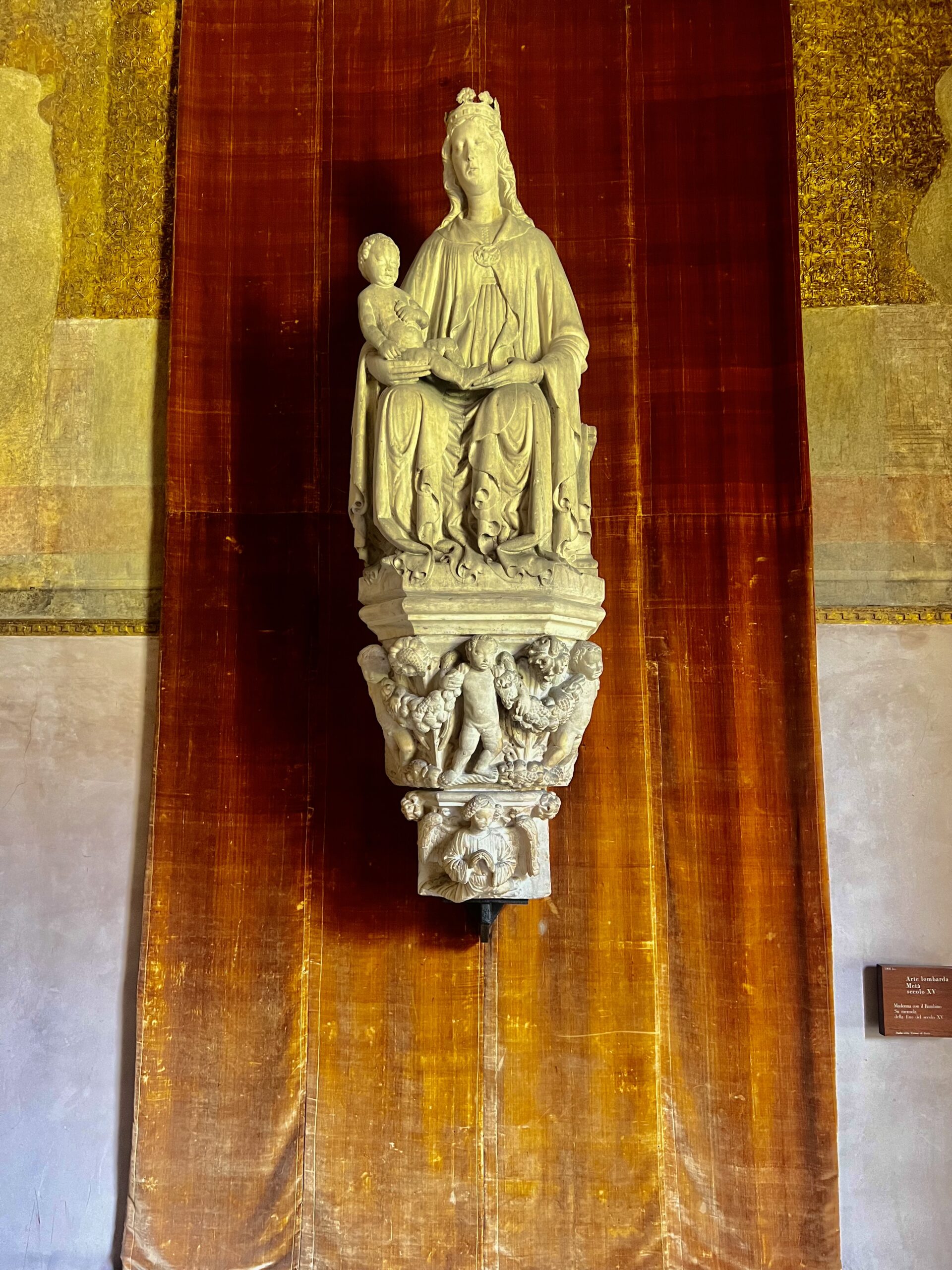
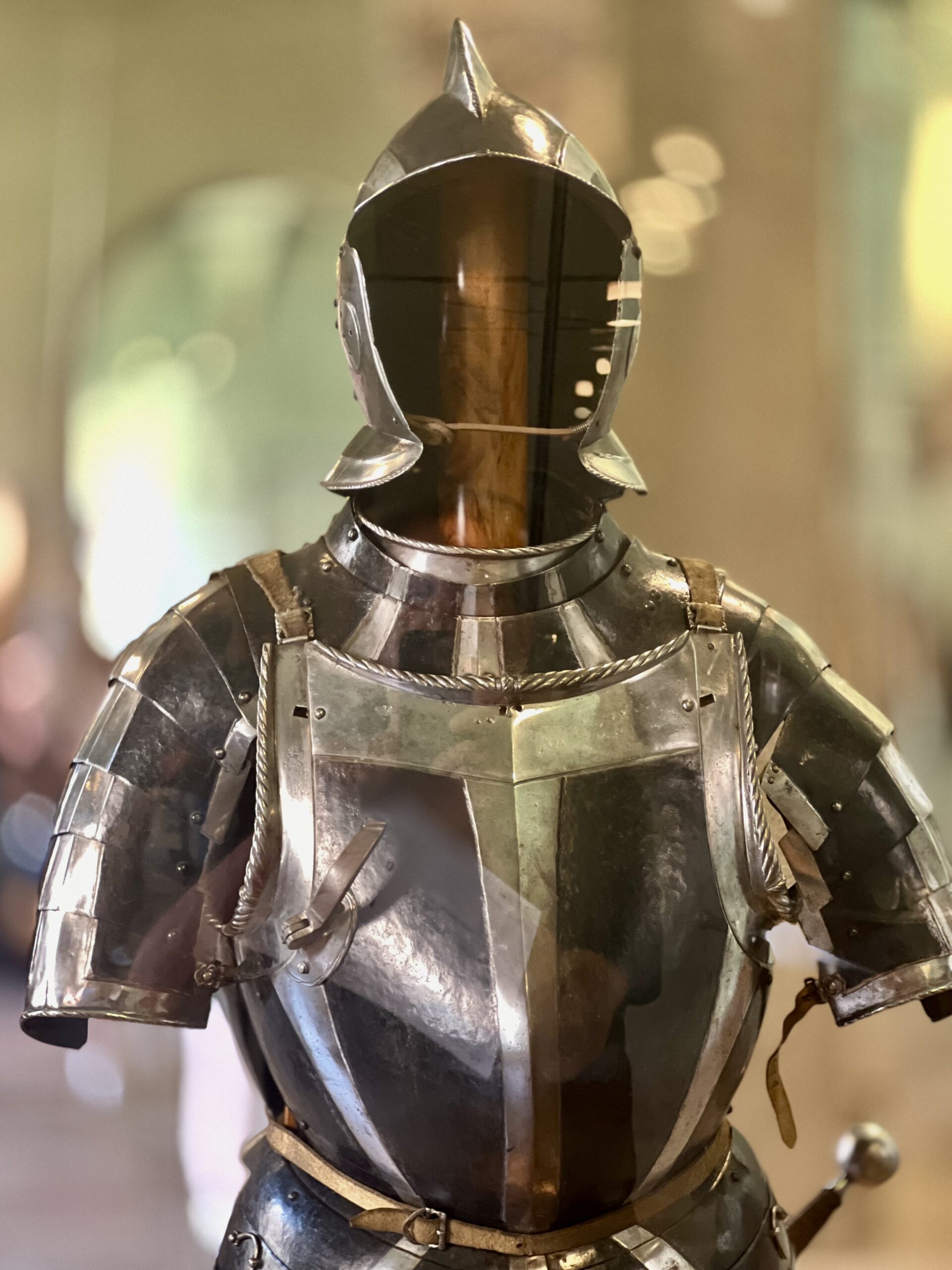
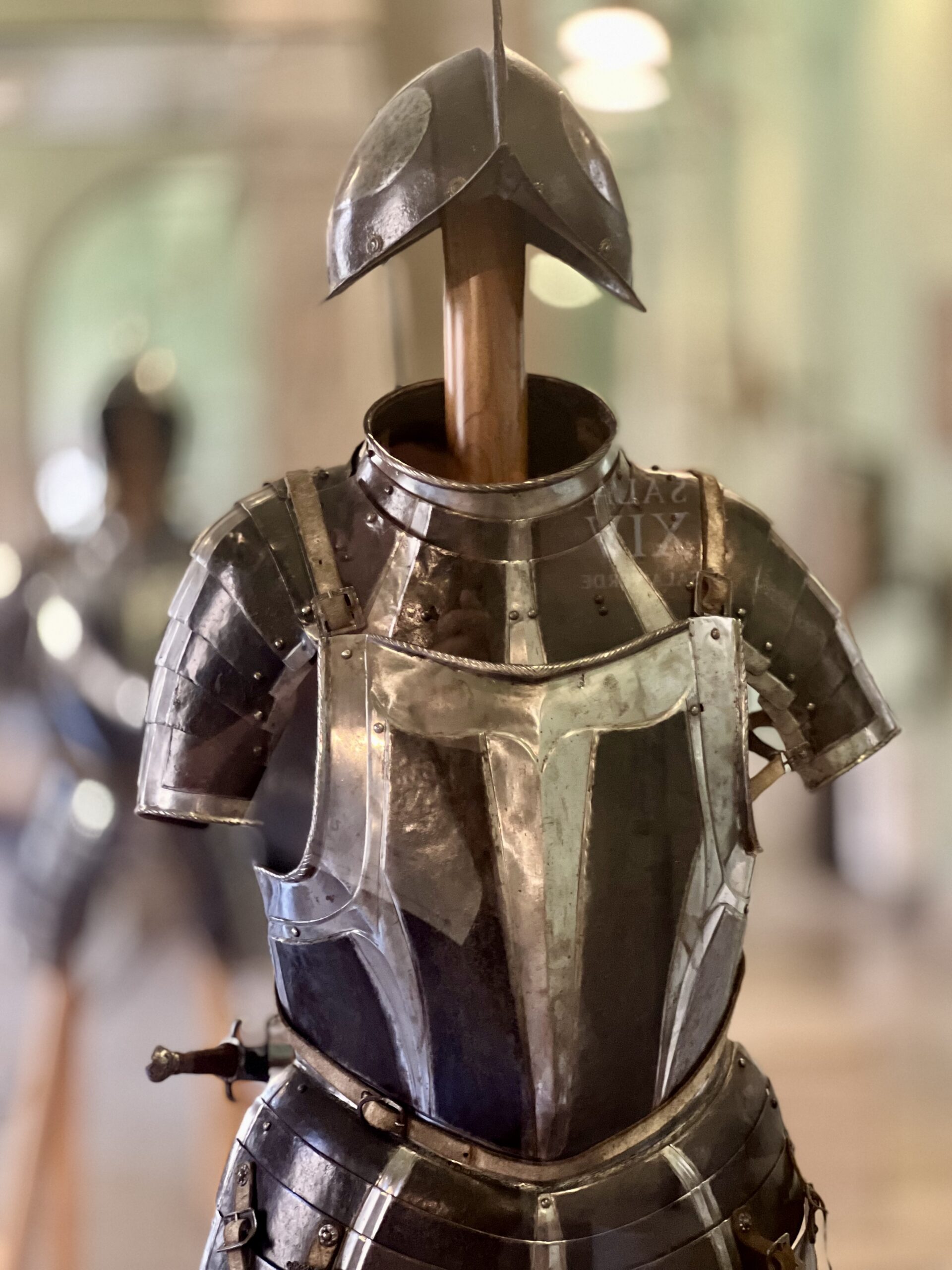
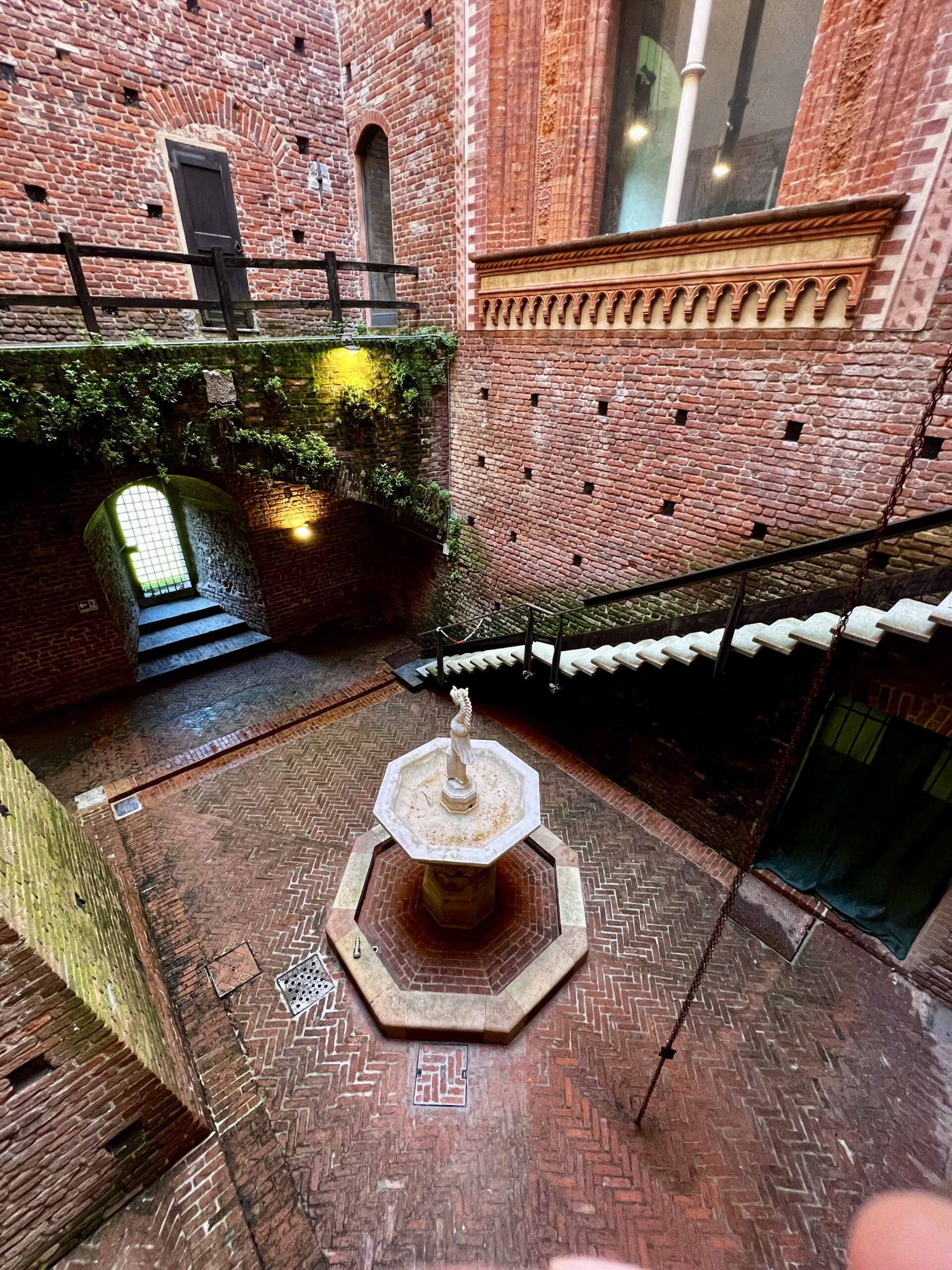
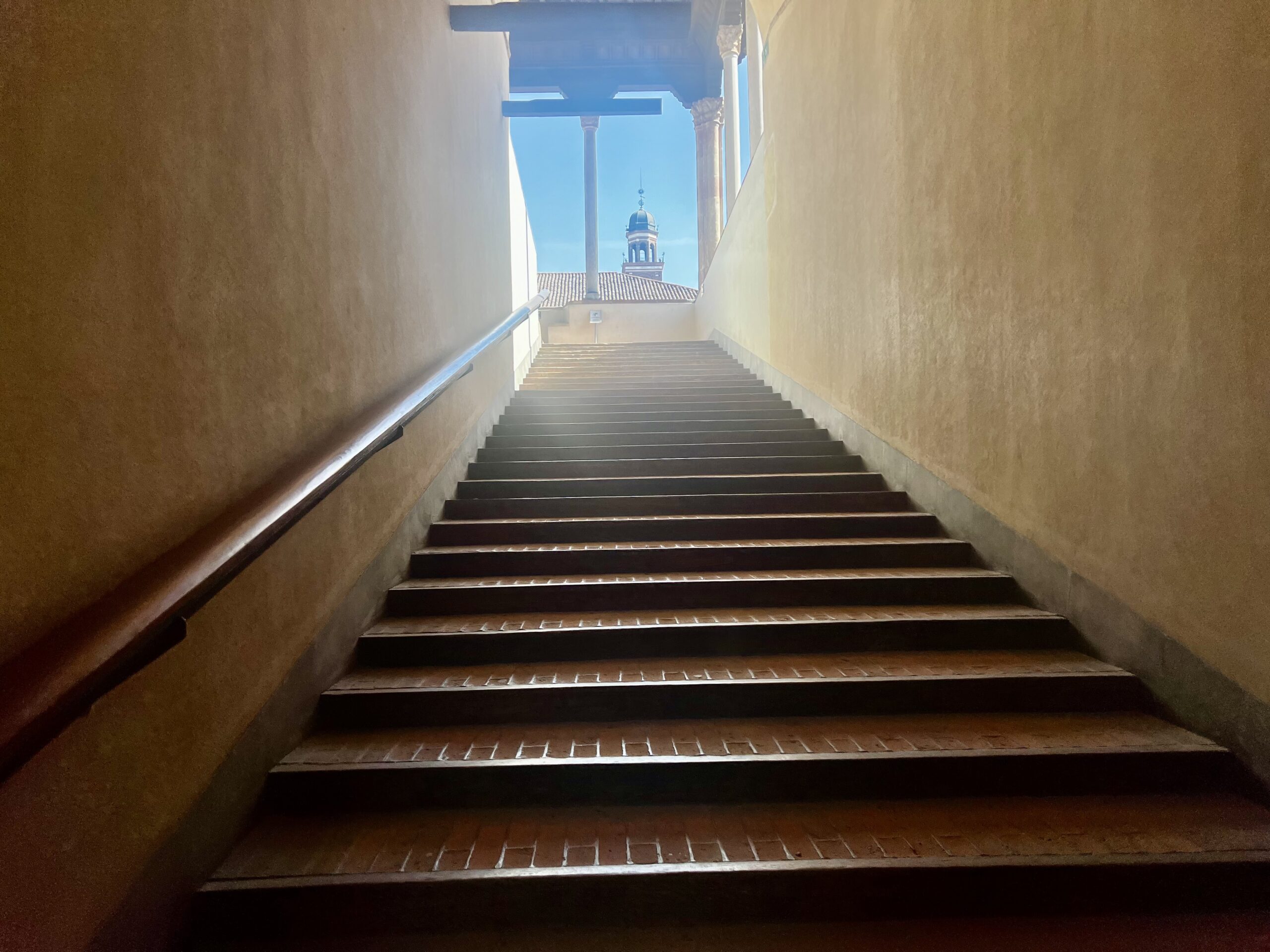
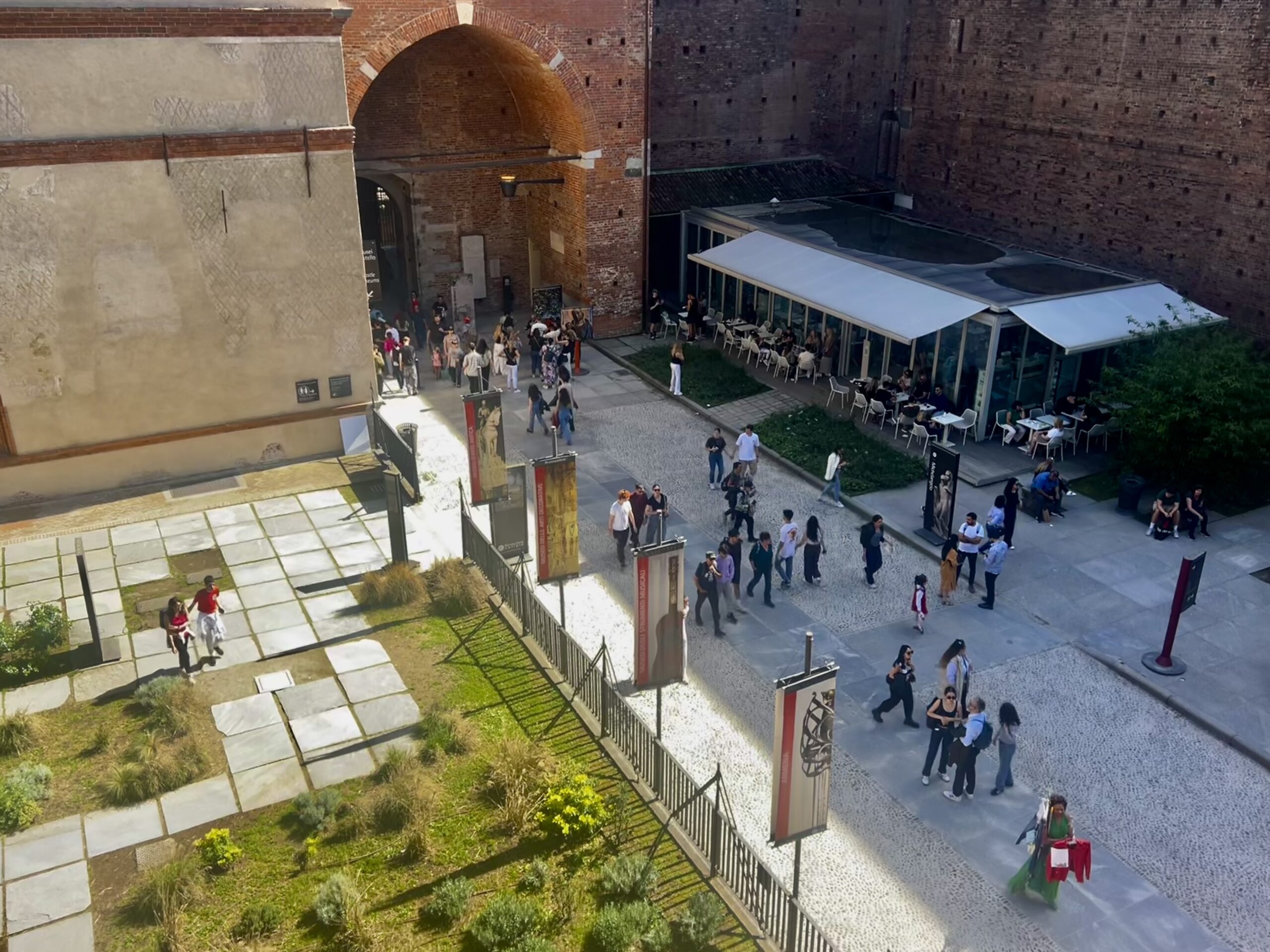
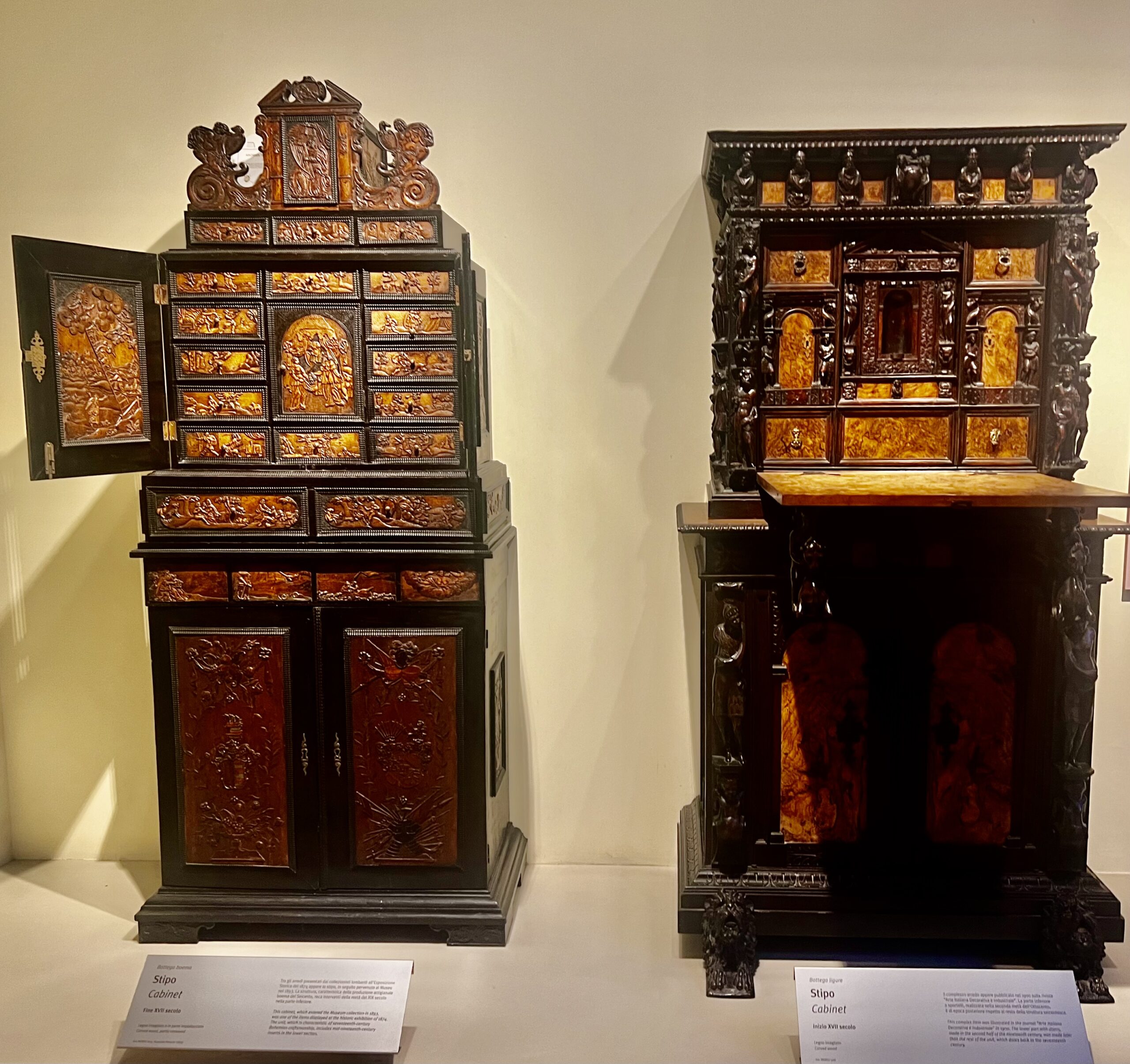
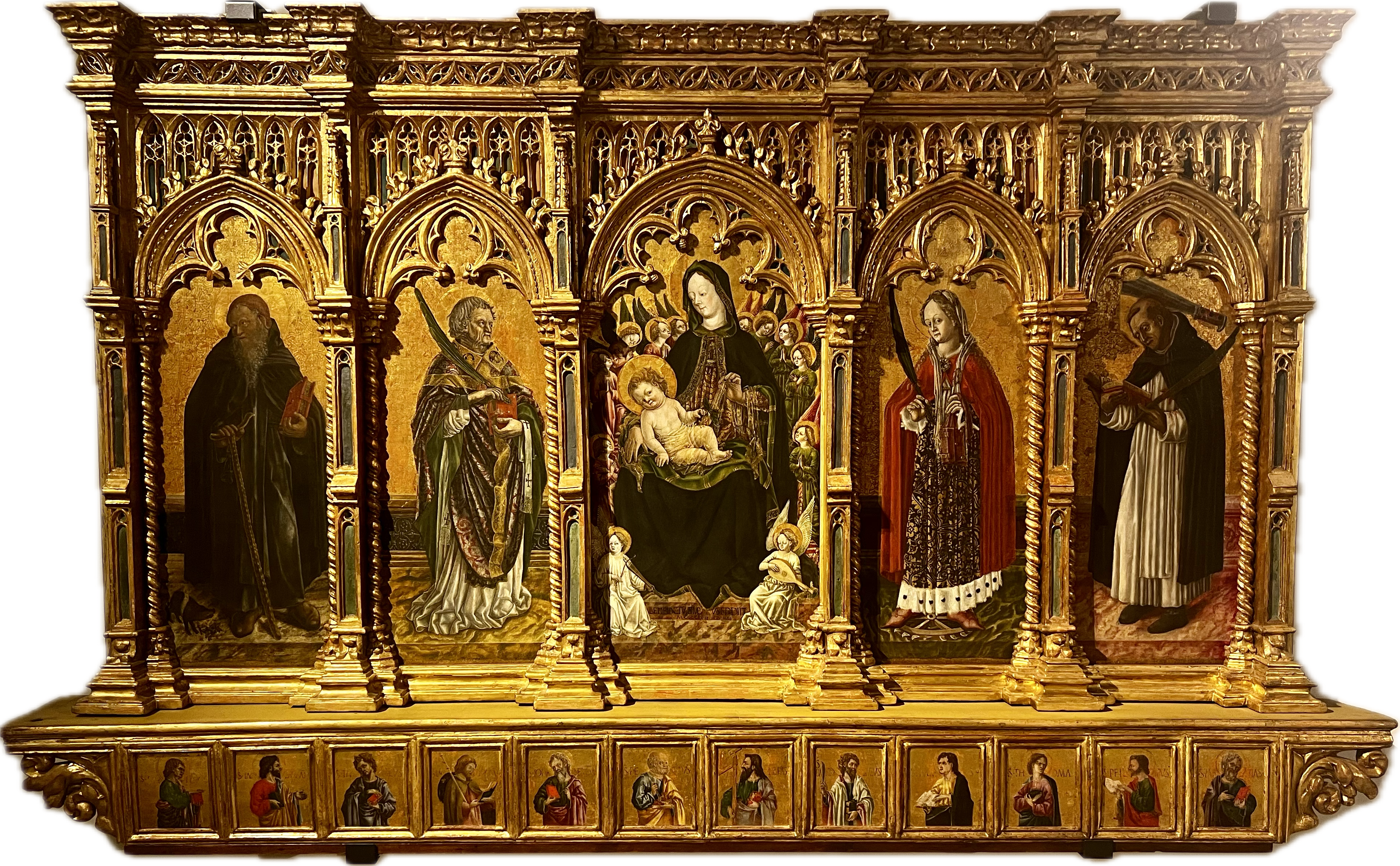
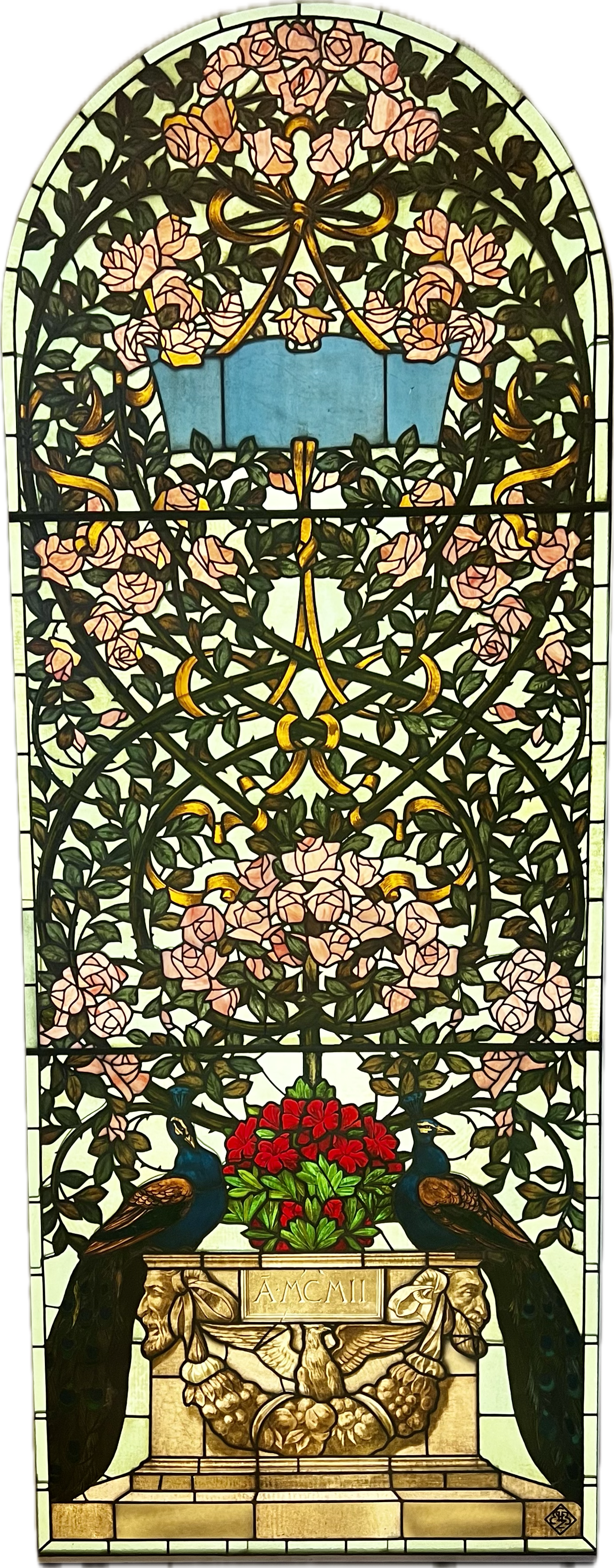
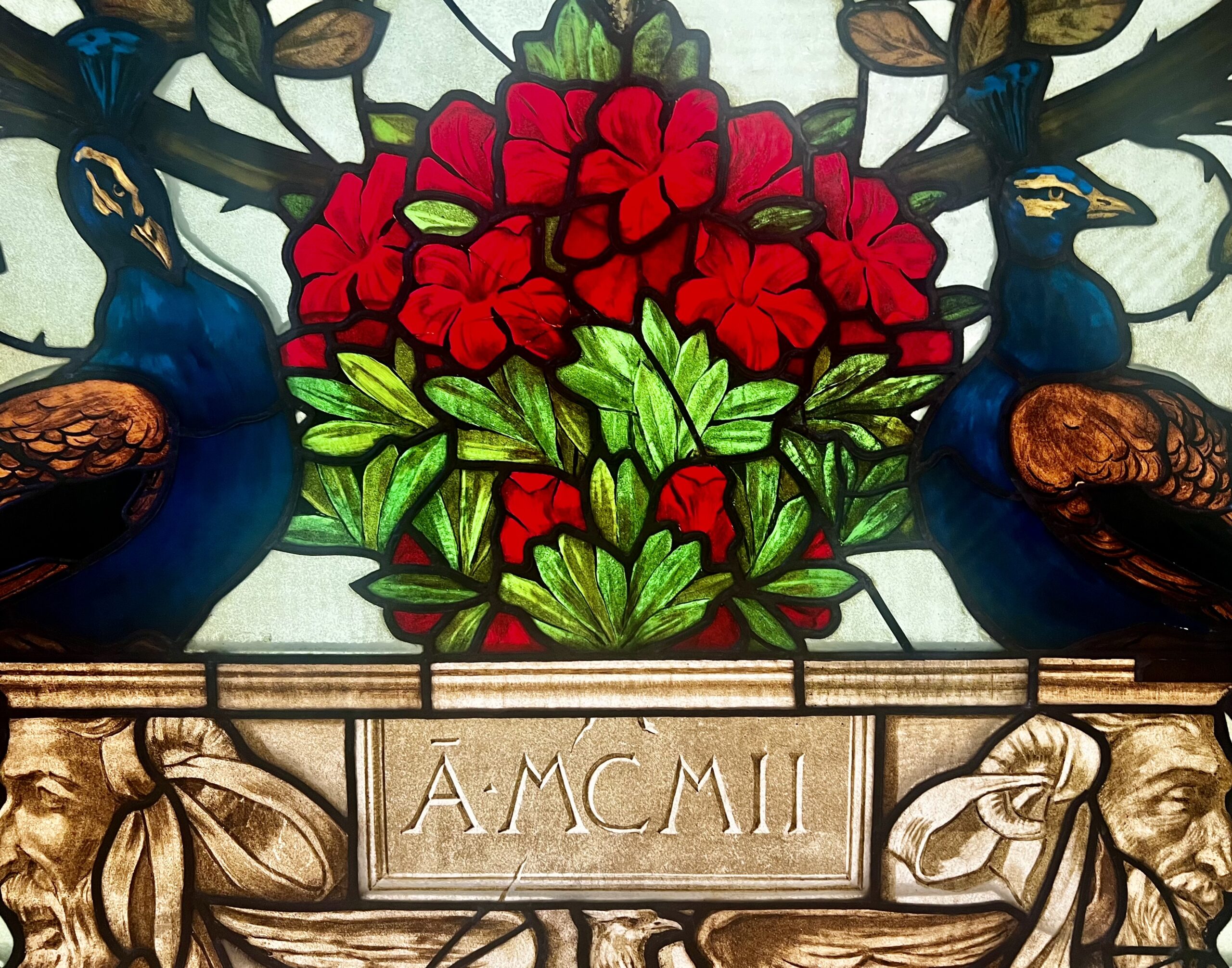
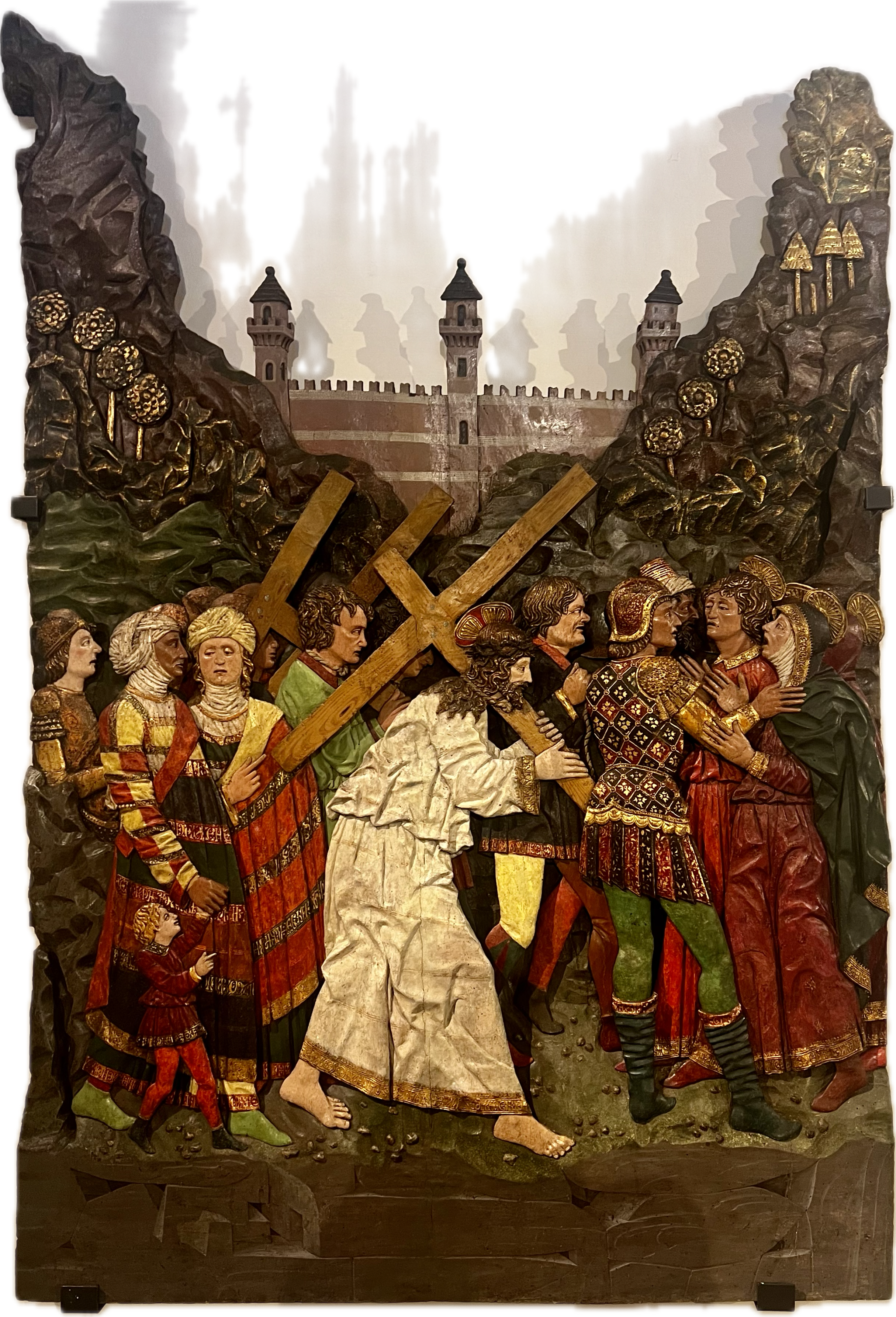
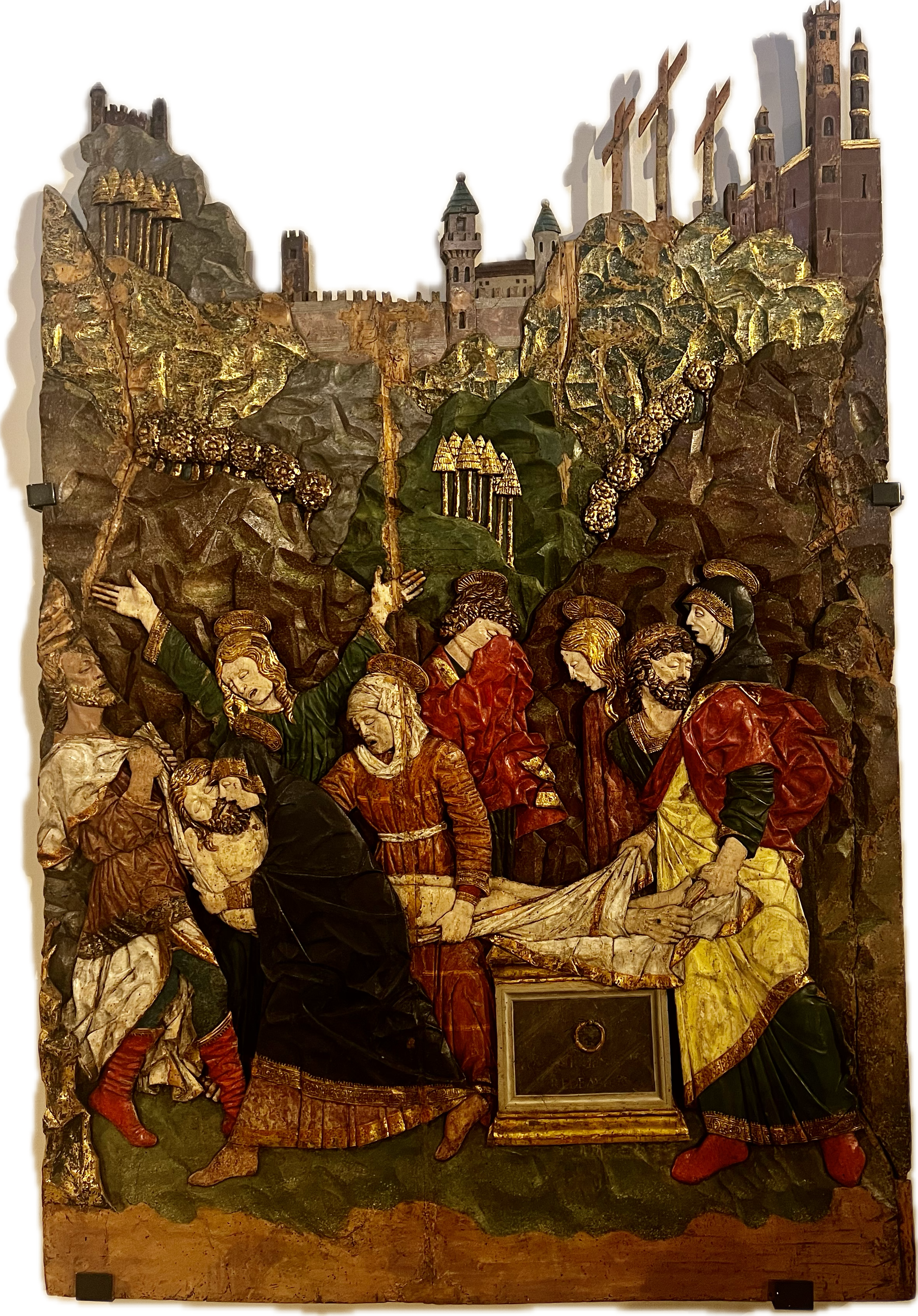
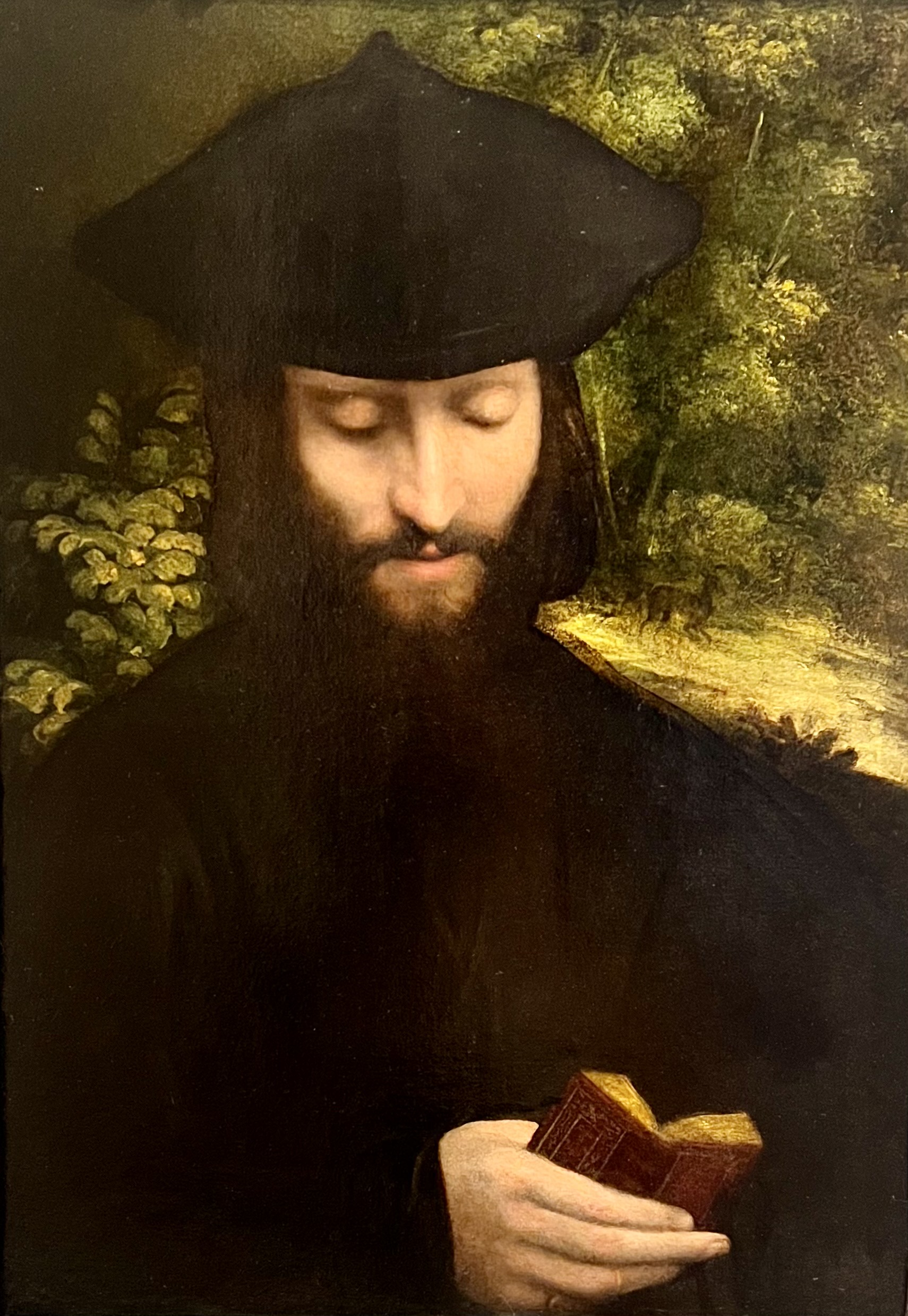
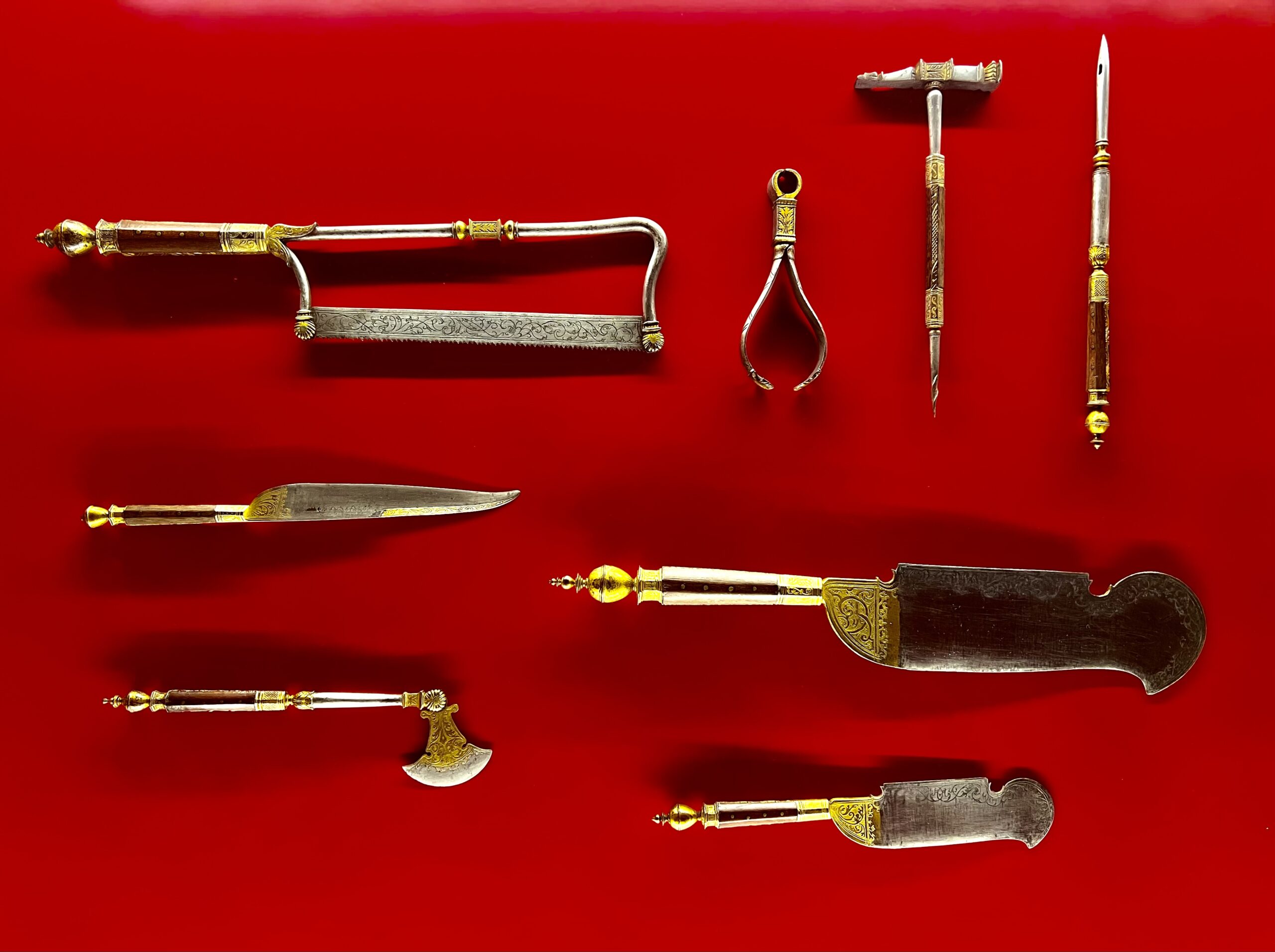
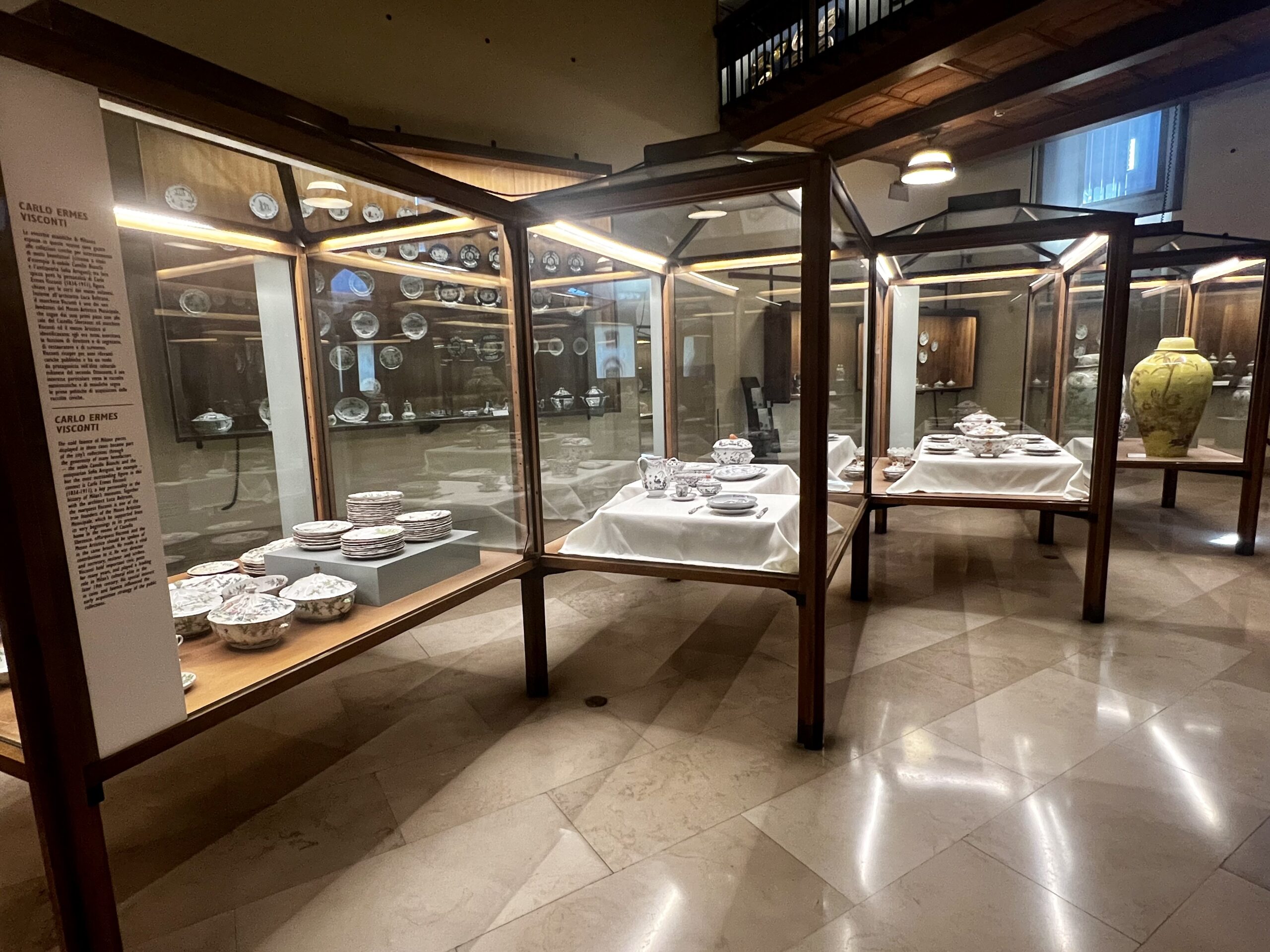
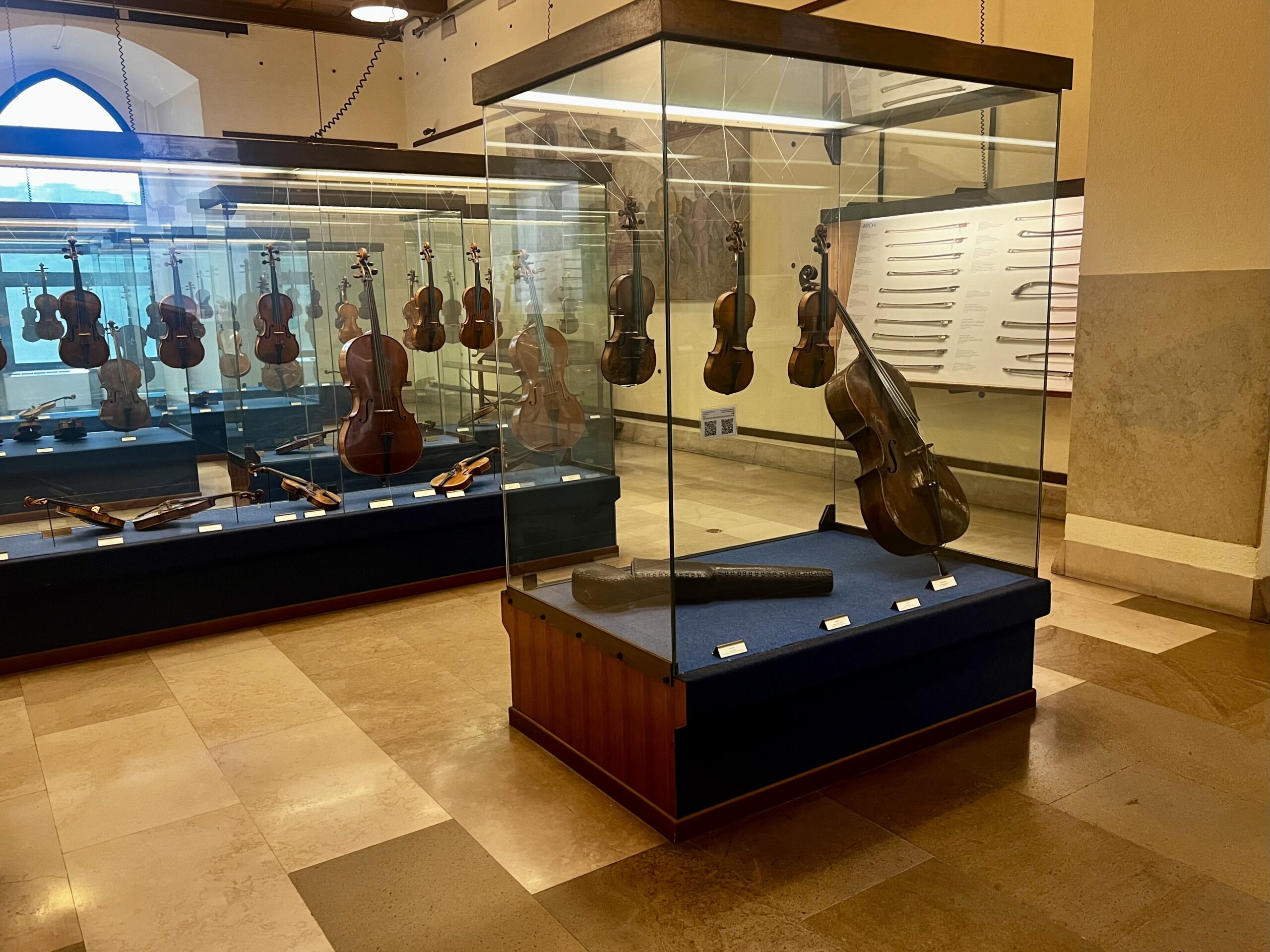
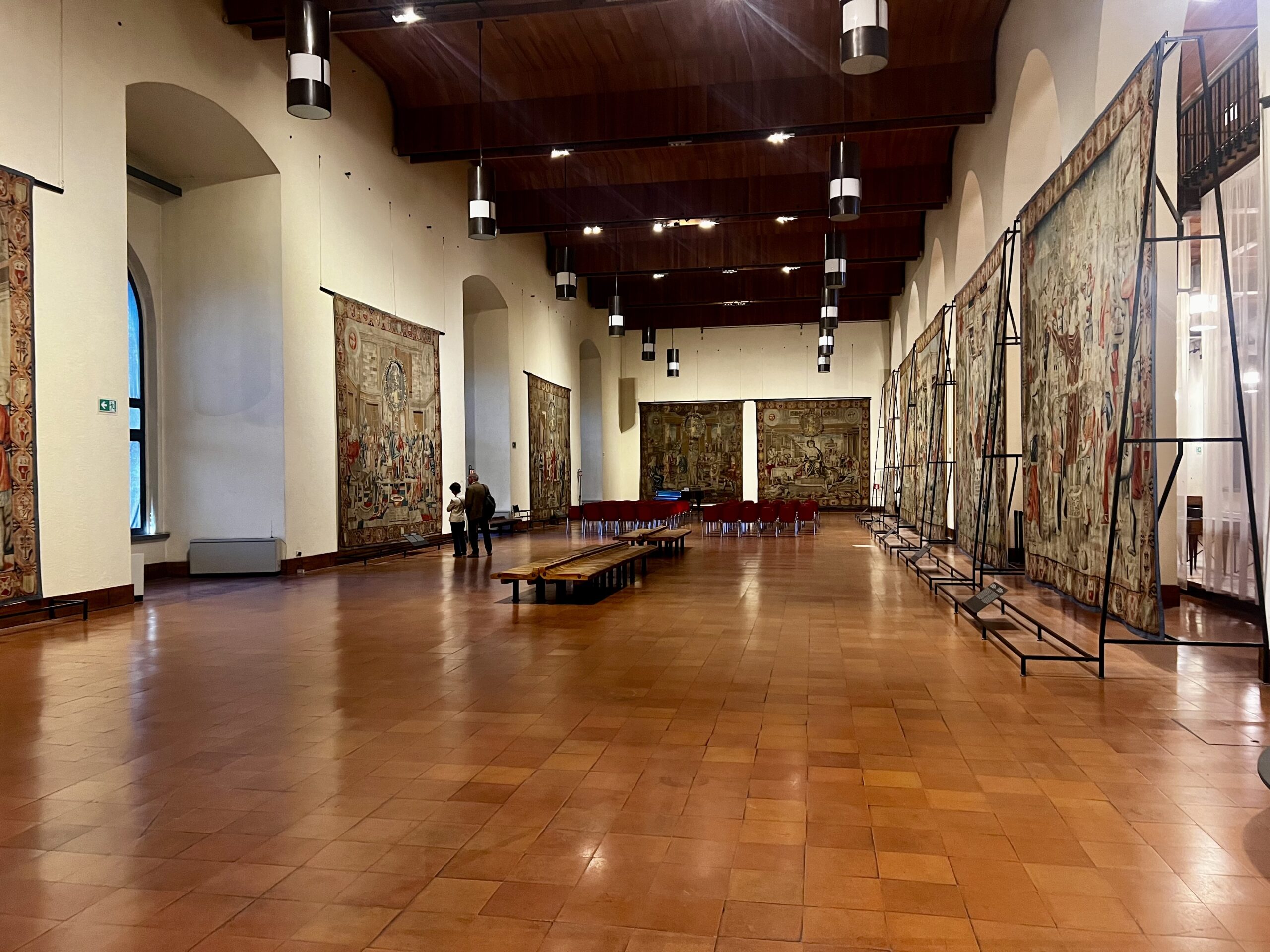
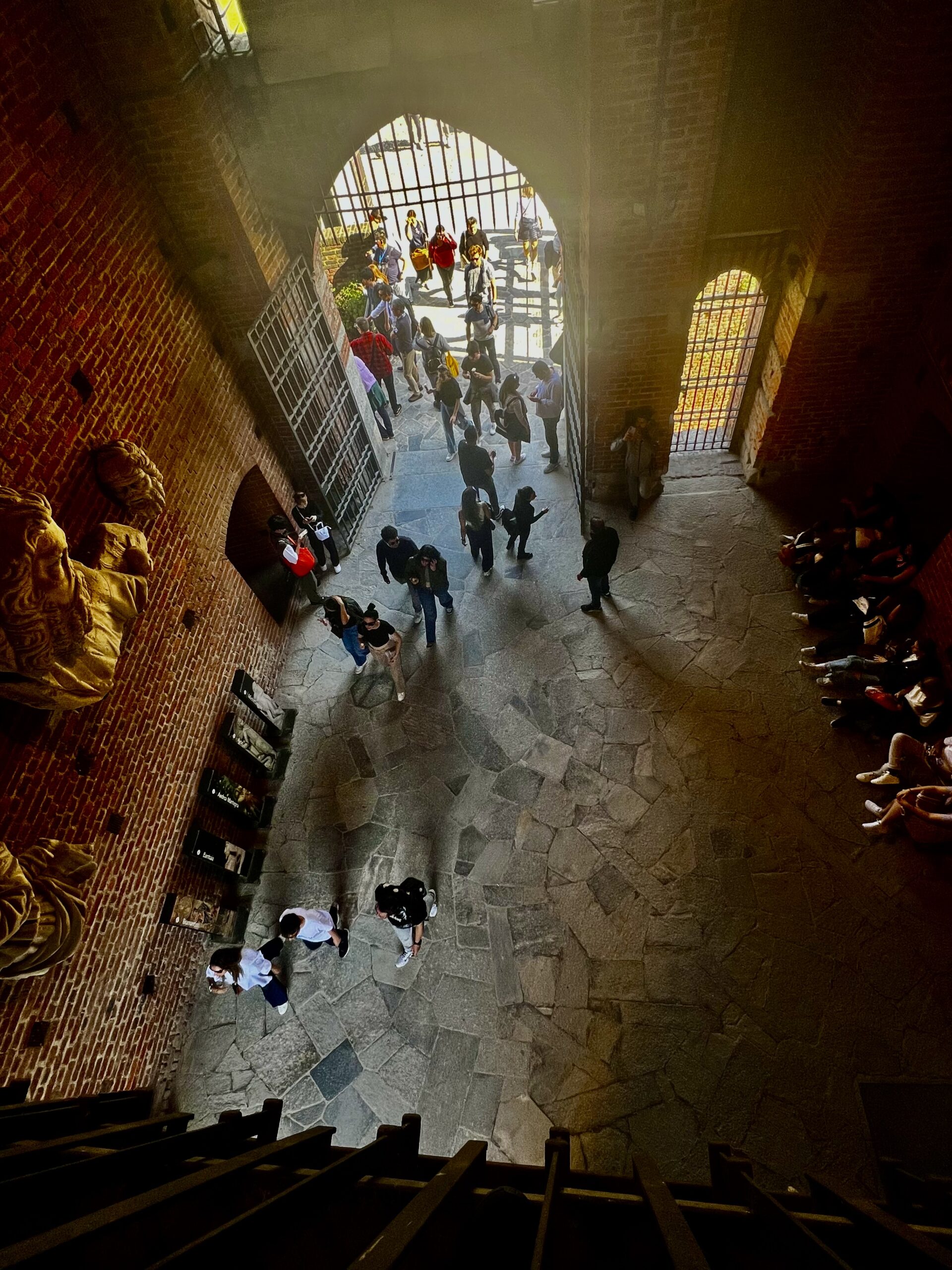
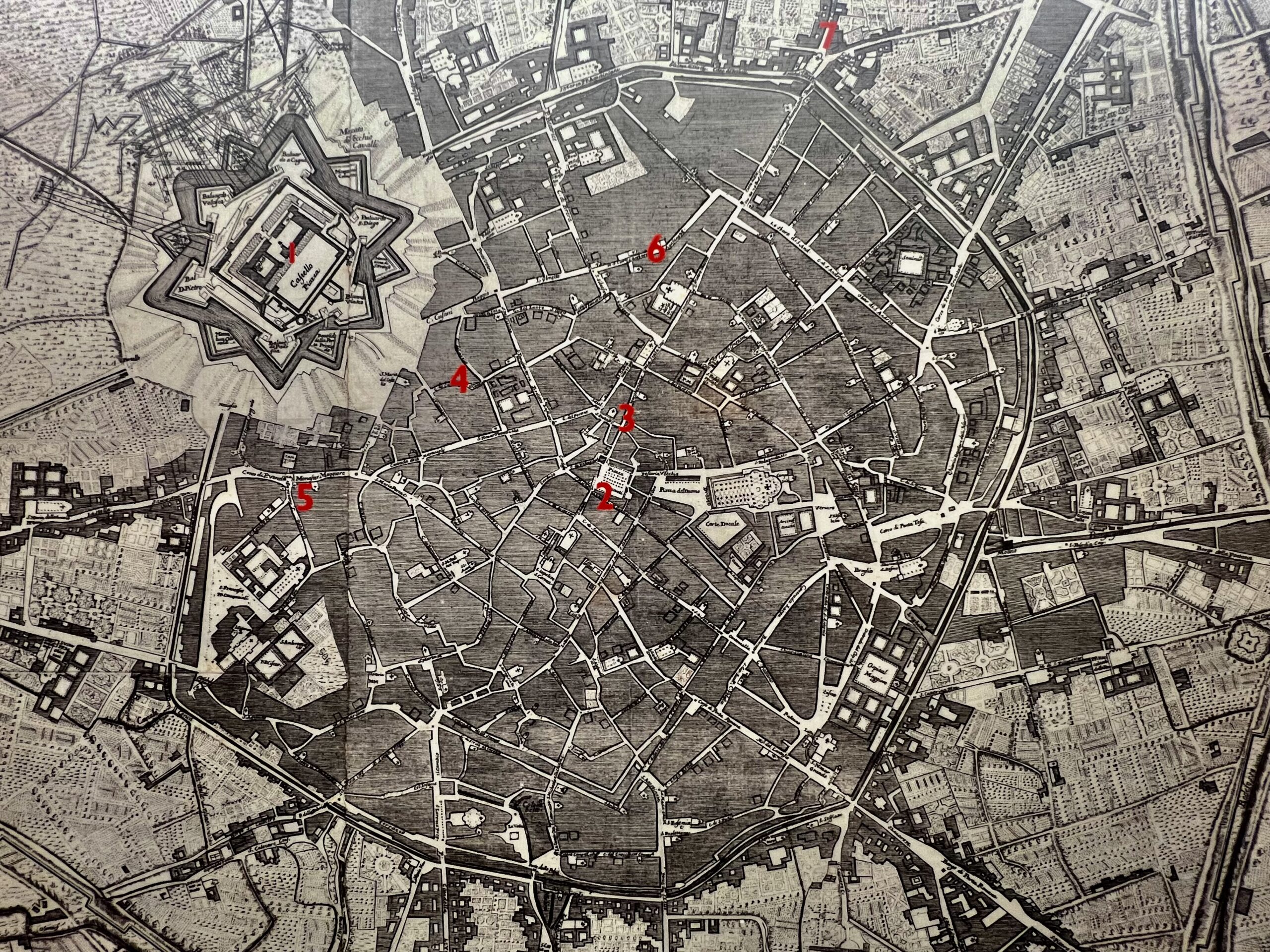
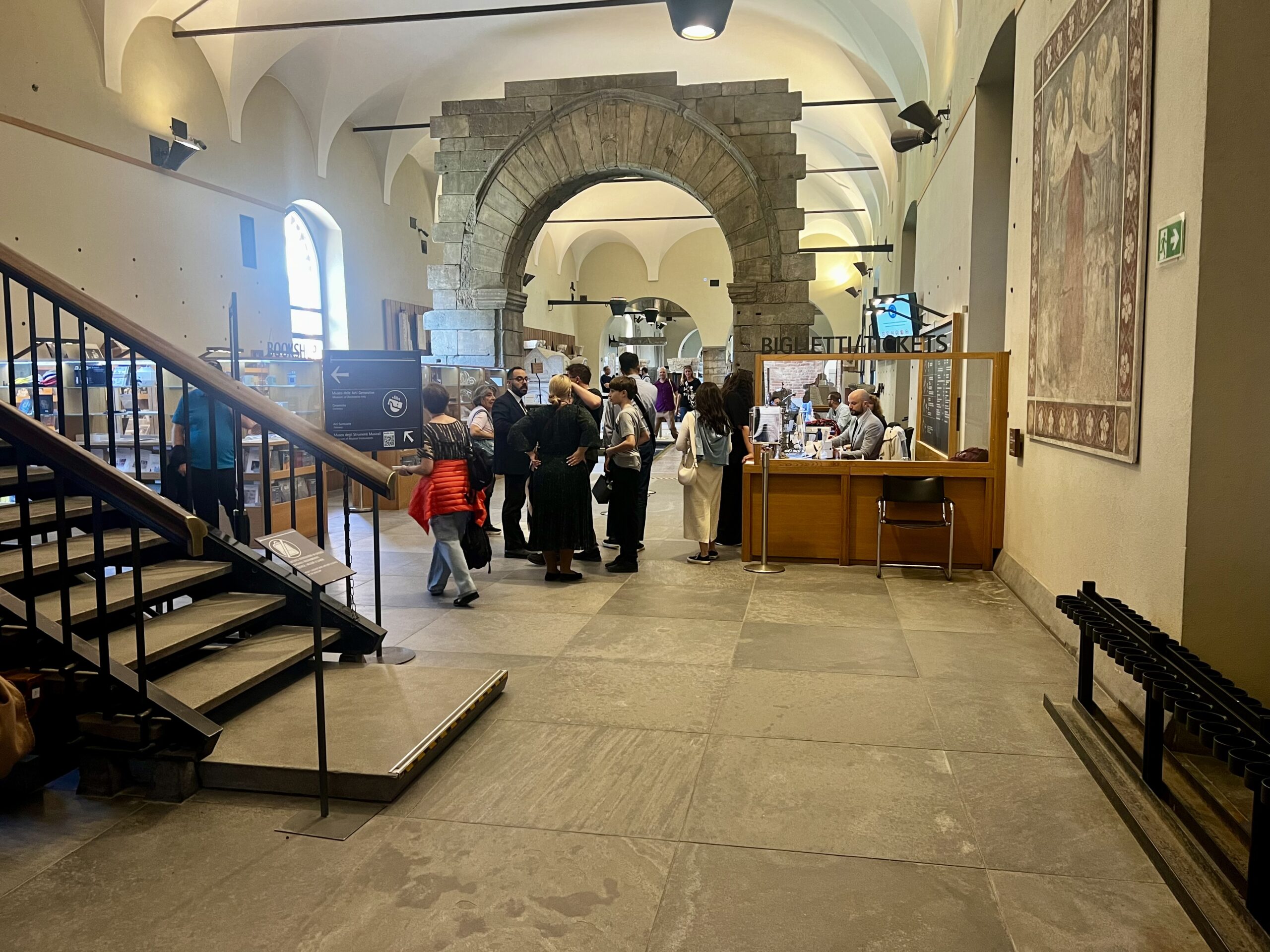
Wandering and Dinner
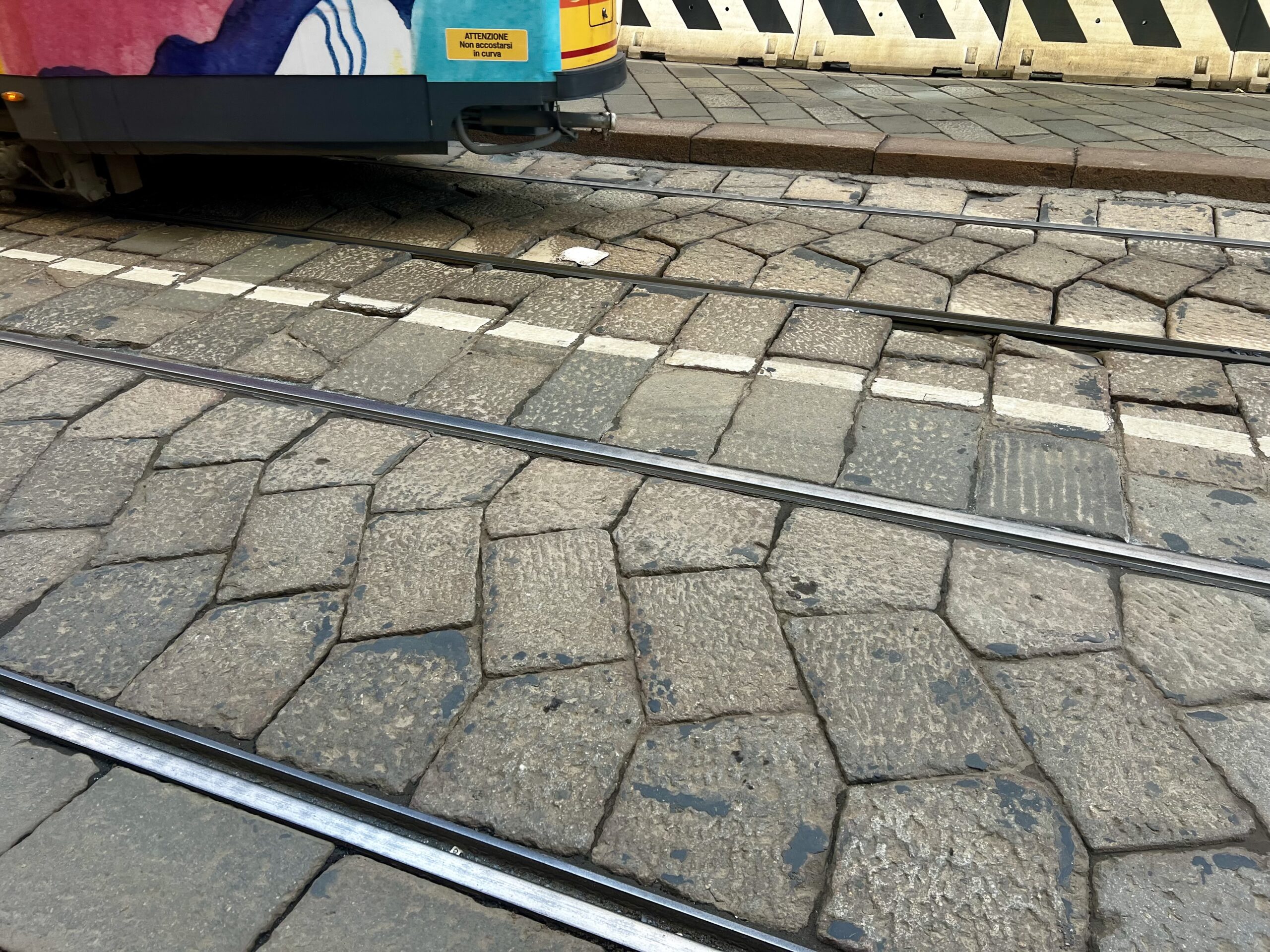
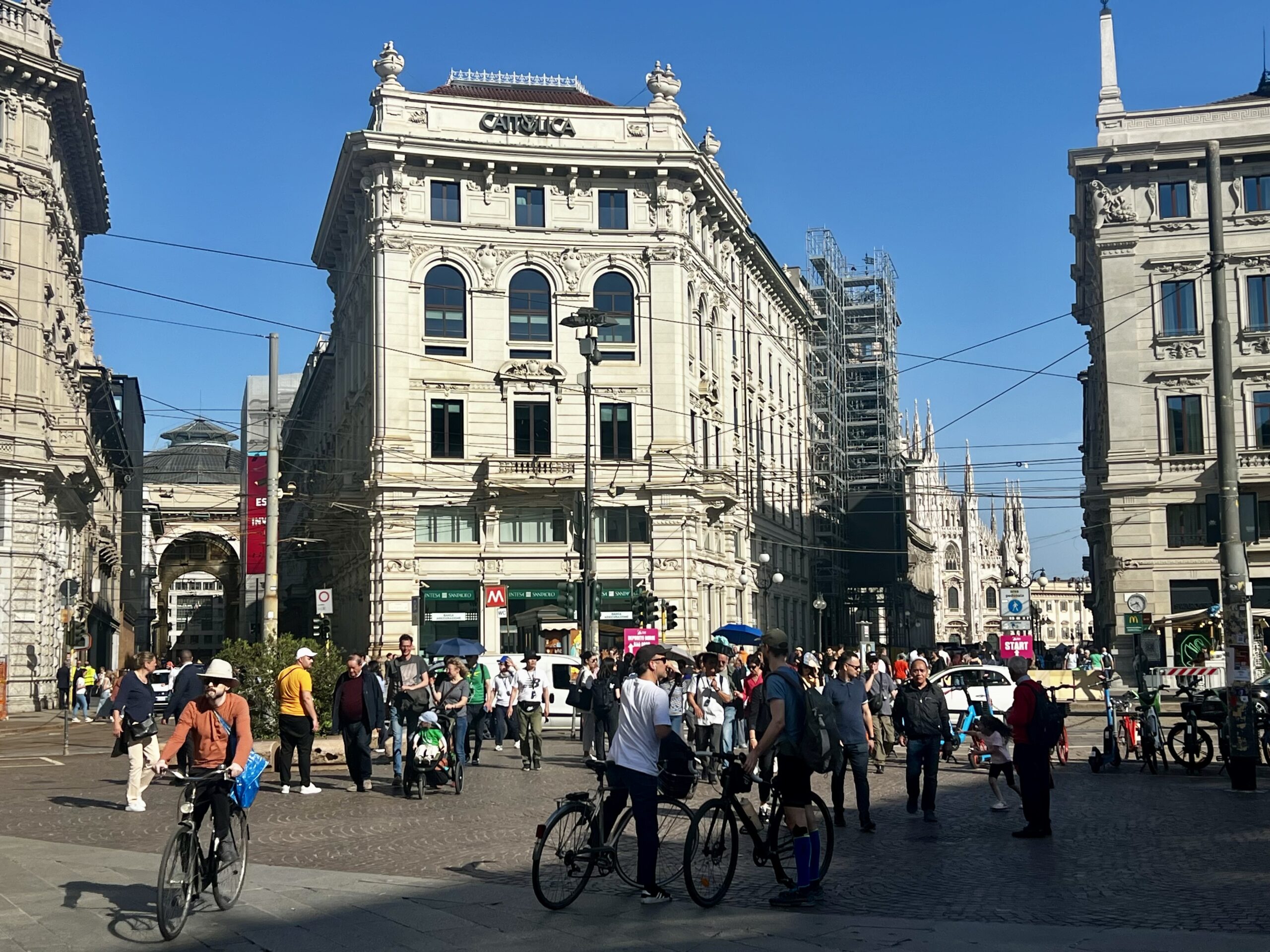
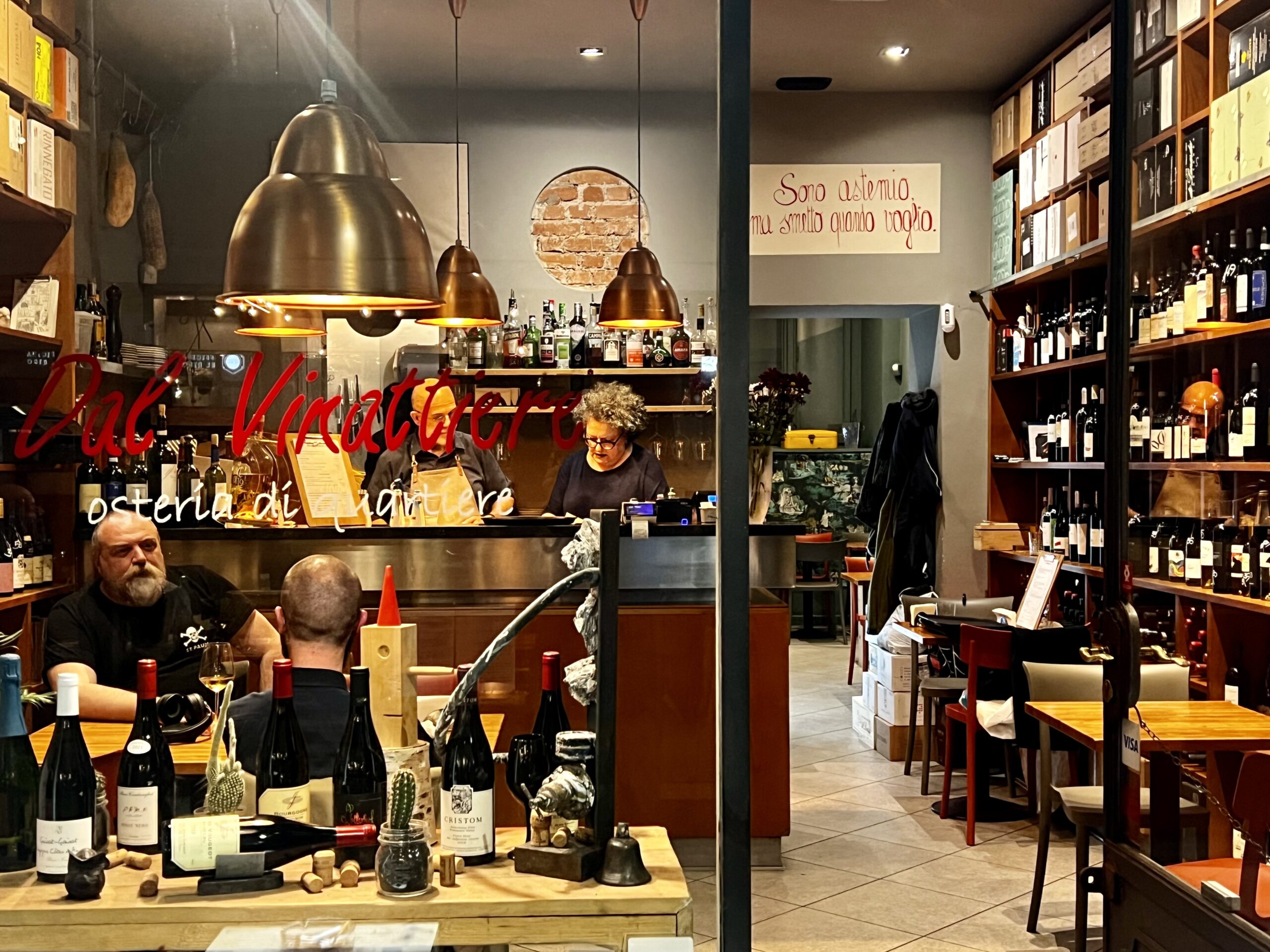
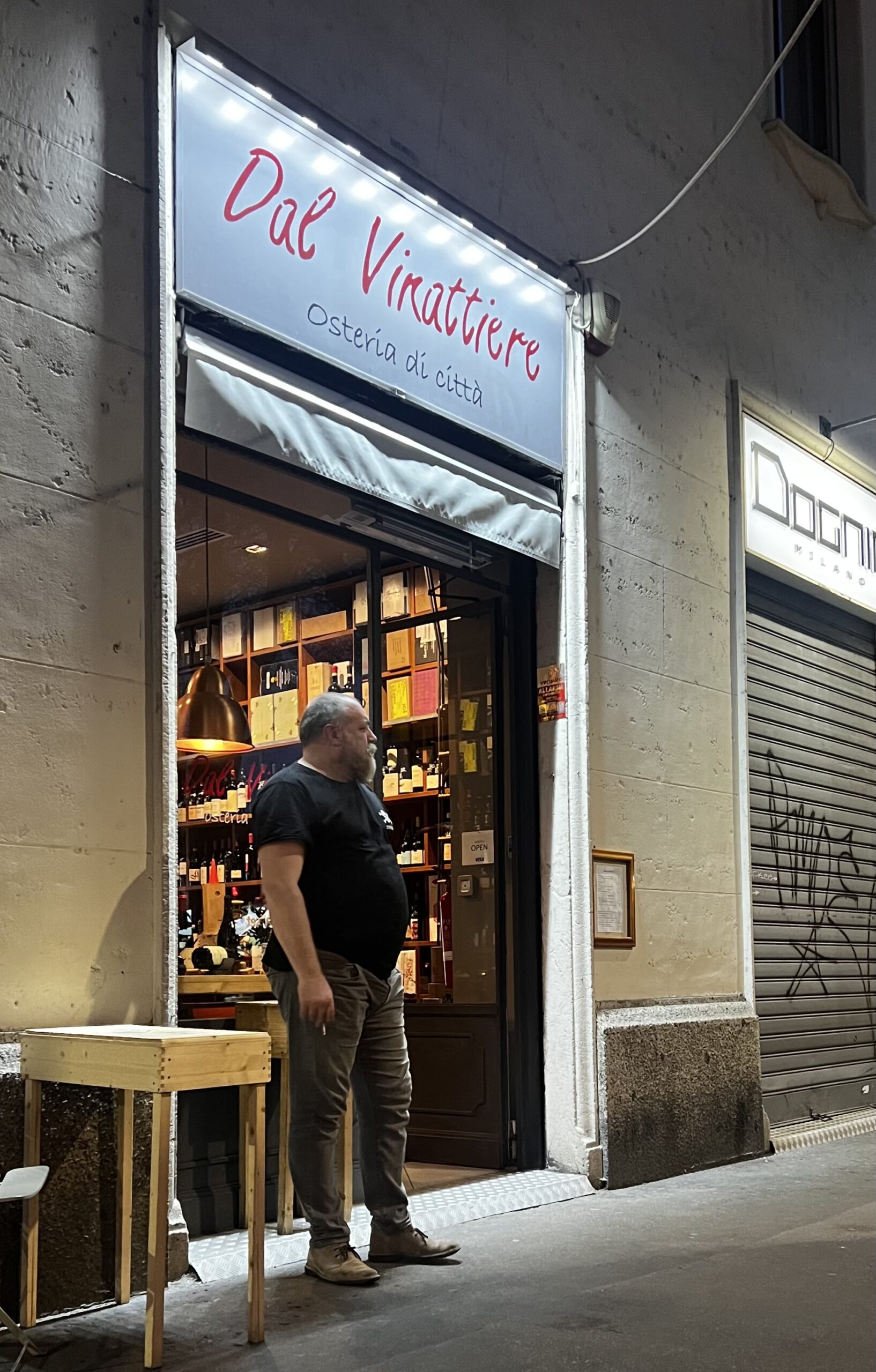
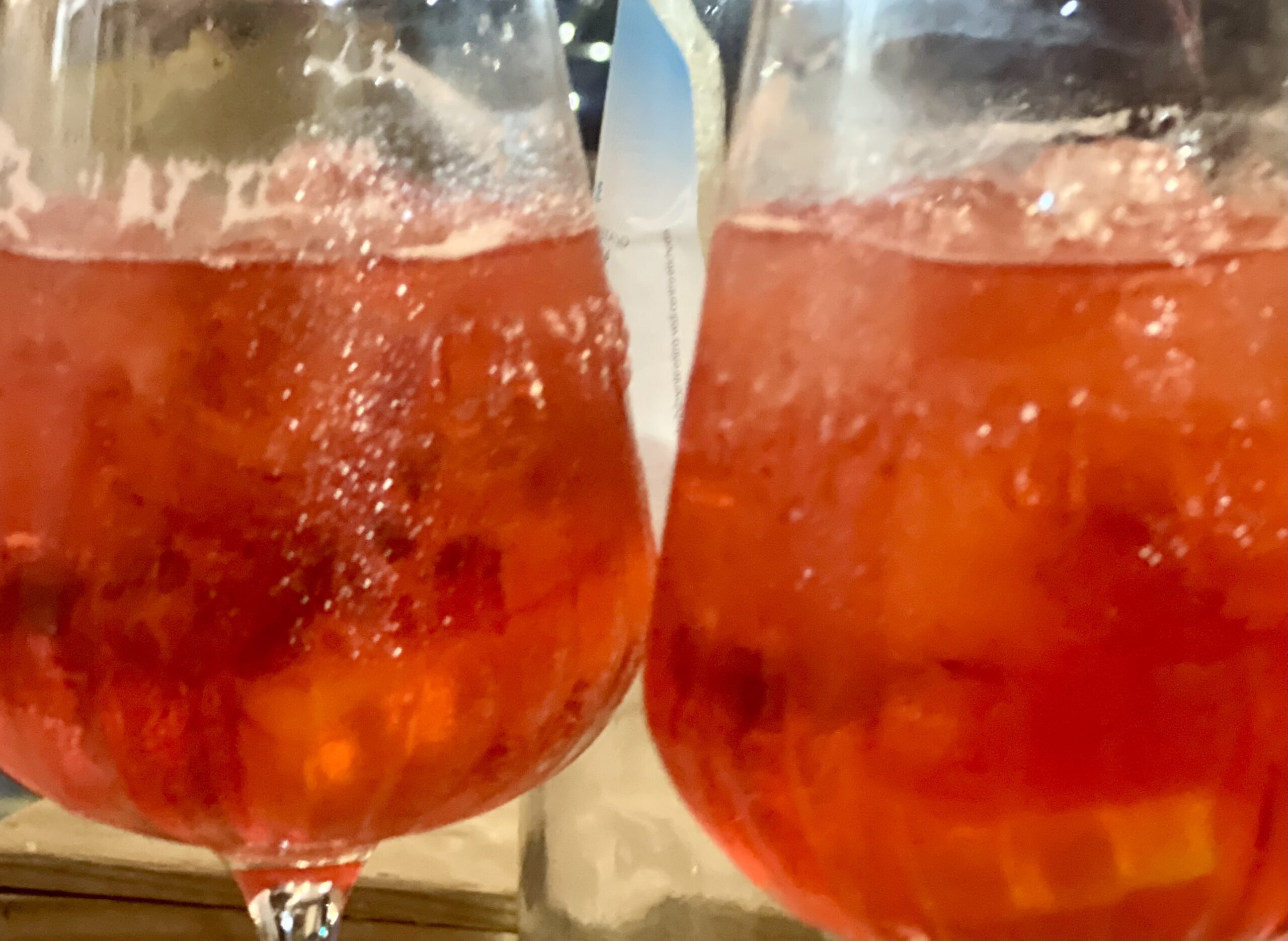
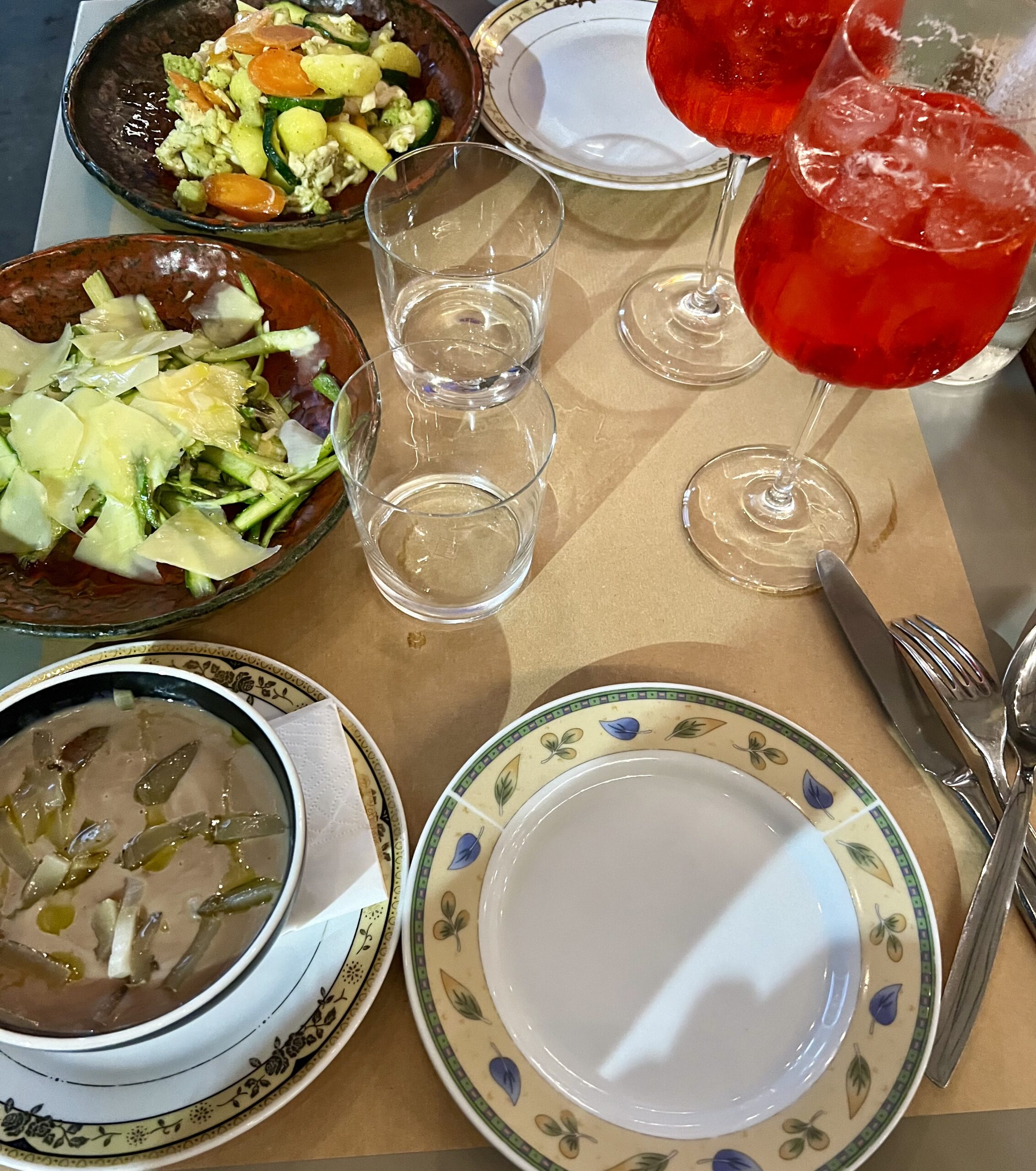
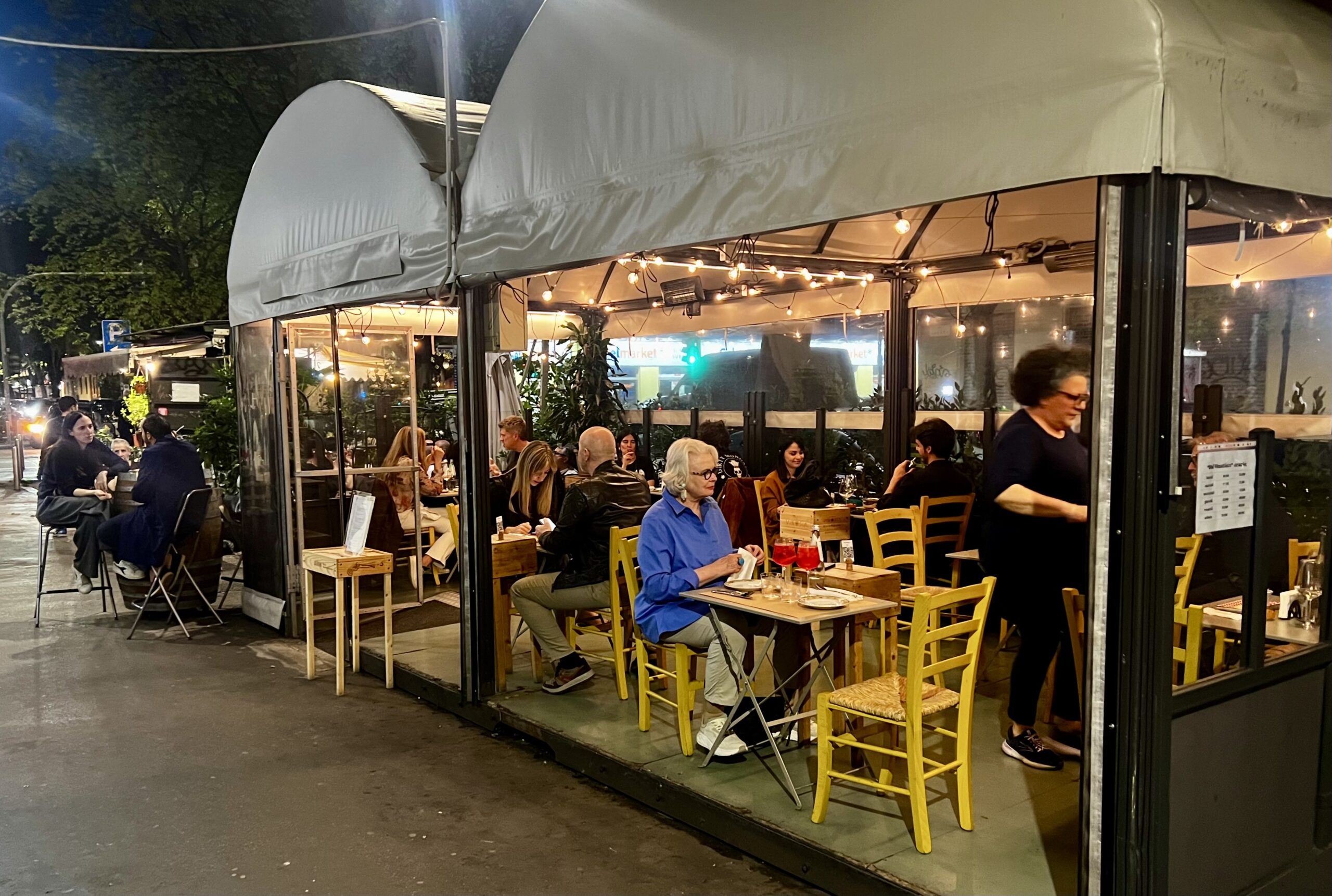
Robert’s Breakfast Cafe
Robert chose the Gran Cafe, just down the street from our apartment/hotel, for his colazione for eight days because it caters to locals. The clientele is office and blue collar workers and the retired. One older fellow arrives consistently around 9:30 with his newspaper, sits down at the same table, and without a word is delivered his caffe, which he does not acknowledge as he continues to read. It is amazing that on the turn of a dime the cafe can empty out or fill chaotically. The staff are efficient and learned Robert’s preference: cornetto vuoto (empty) and caffe macchiato (what we call a latte).
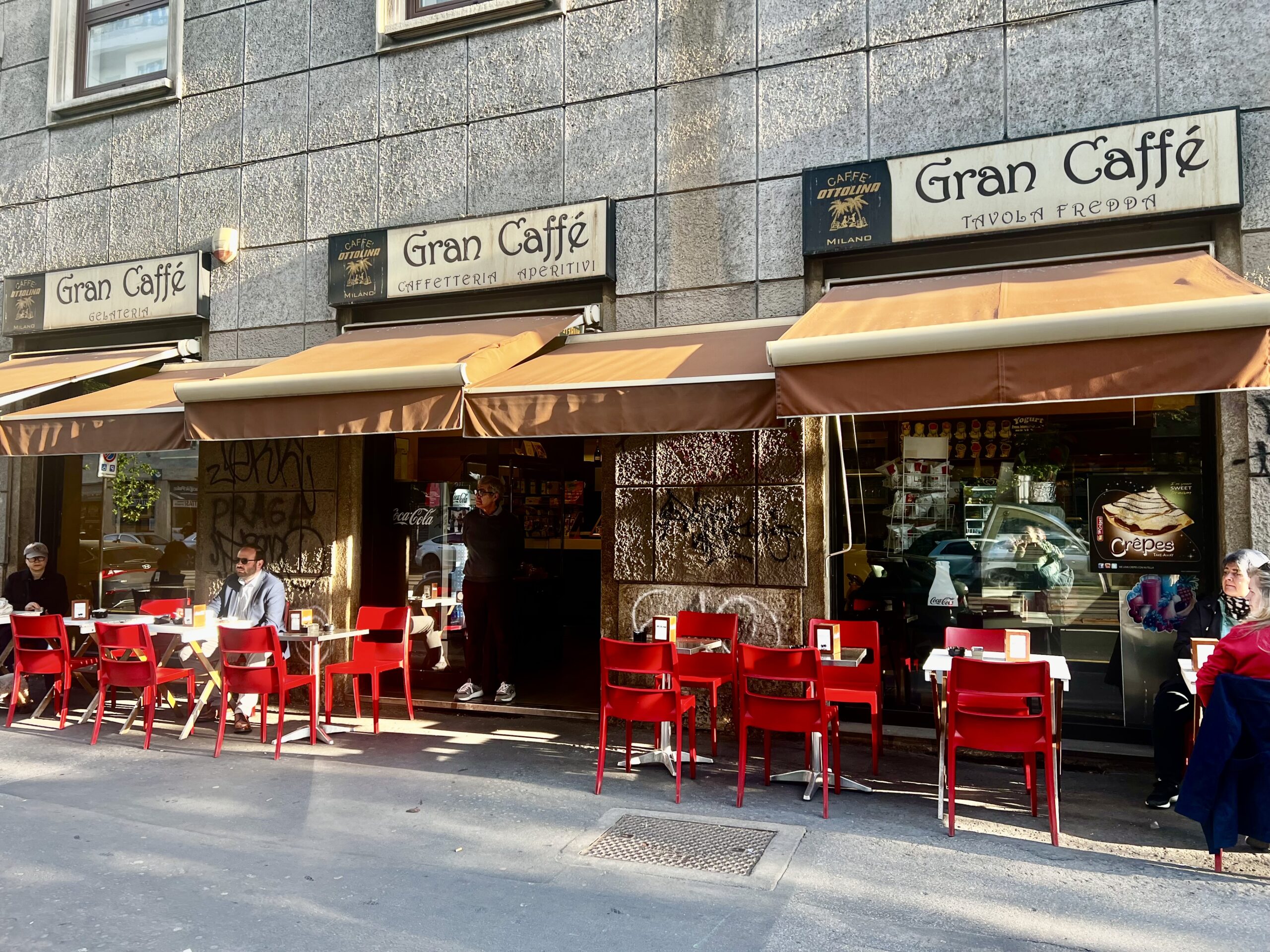
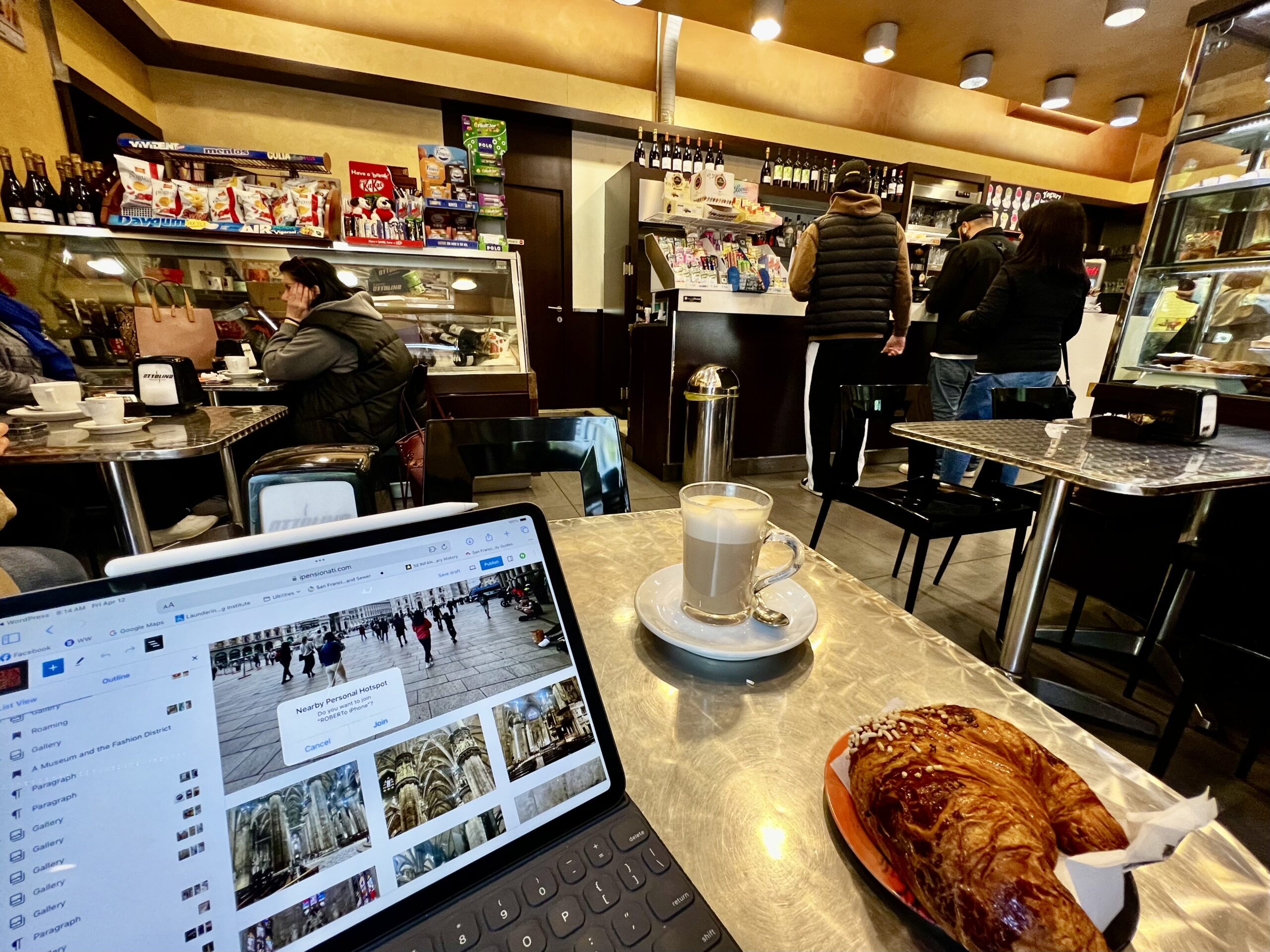
Recap!
Over eight days, we managed to visit twelve sites plus museums, restaurants, cafes, and a variety of shops. At first, many seemed distant from one another, but we quickly learned how close together the major destinations are. Even so, with Bonnie still recovering from Covid in November, instead of walking everywhere we made great use of public transit. Bonnie became an expert!
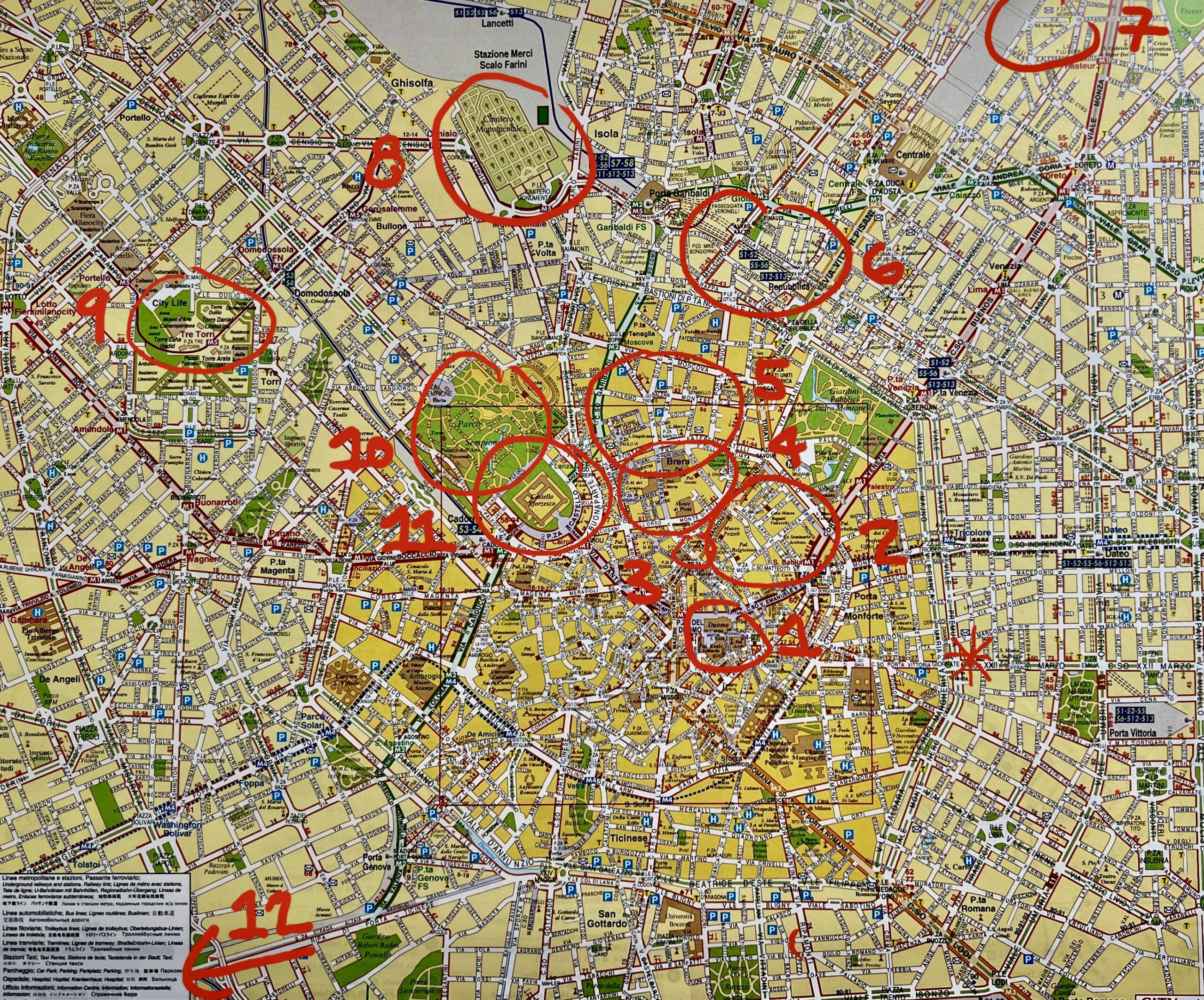
1 Duomo 2 Fashion District 3 La Scala 4 Brera (crowded) 5 Brera (fashionable) 6 Porta Nuova 7 The Shoah Memorial 8 Cimitero Monumentale 9 City Life 10 Sempione Park 11 Castello Sforzesco 12 Navigli
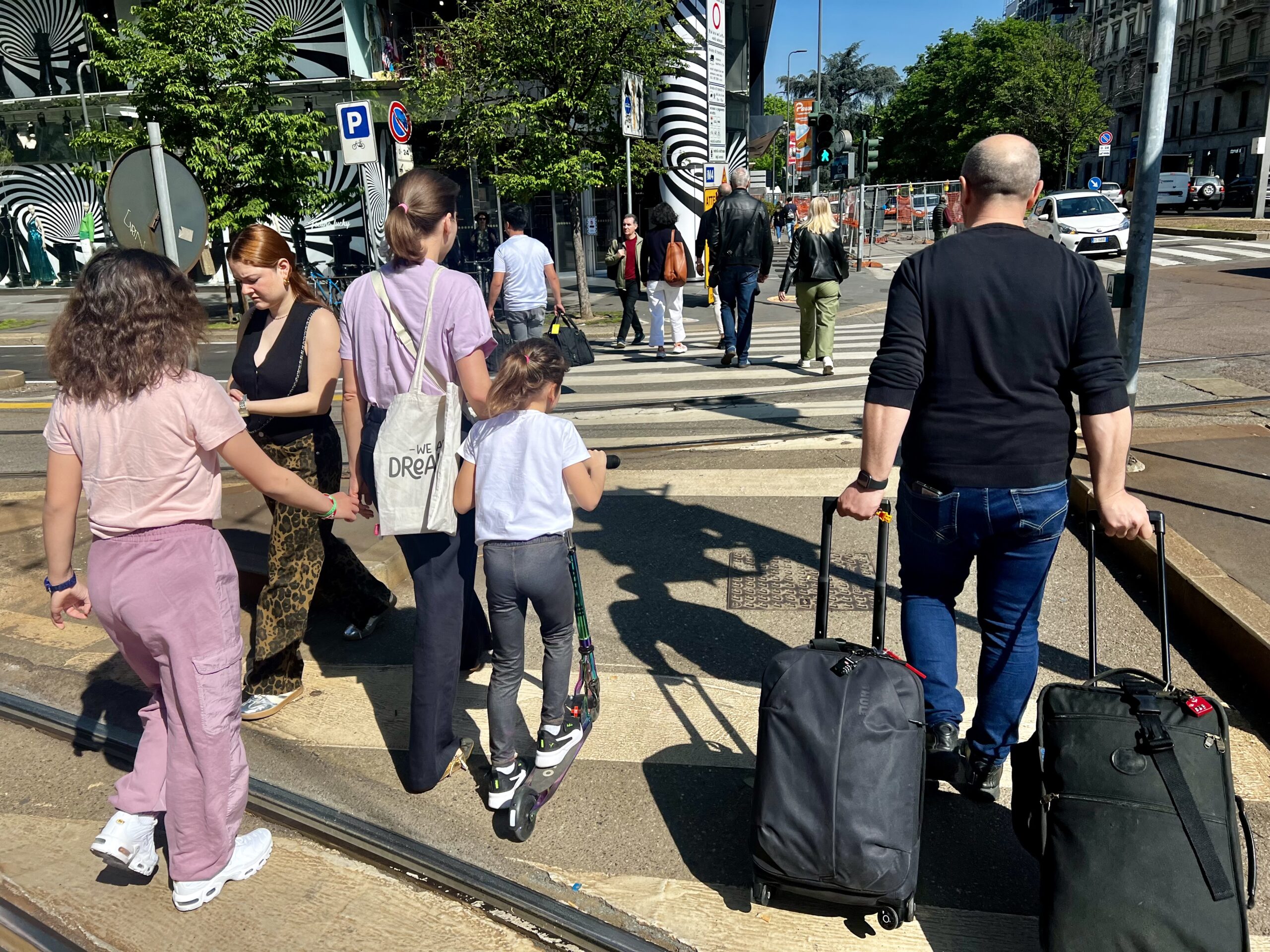
Next Stop—Venezia!
